Compound and organic electroluminescent device comprising same
Kim , et al.
U.S. patent number 10,297,759 [Application Number 14/421,488] was granted by the patent office on 2019-05-21 for compound and organic electroluminescent device comprising same. This patent grant is currently assigned to DOOSAN CORPORATION. The grantee listed for this patent is DOOSAN CORPORATION. Invention is credited to Young Mi Beak, Tae Hyung Kim, Chang Jun Lee, Eun Jung Lee, In Hyuk Lee, Yong Hwan Lee, Ho Cheol Park, Jin Yong Shin.












View All Diagrams
| United States Patent | 10,297,759 |
| Kim , et al. | May 21, 2019 |
Compound and organic electroluminescent device comprising same
Abstract
The present disclosure relates to a novel compound having excellent hole injection capabilities and transport capabilities, light-emitting capabilities, and the like, and an organic electroluminescent device which includes the compound in one or more organic material layers thereof so as to improve characteristics such as light-emitting efficiency, driving voltage, and a service life.
| Inventors: | Kim; Tae Hyung (Yongin-si, KR), Lee; In Hyuk (Yongin-si, KR), Lee; Yong Hwan (Seongnam-si, KR), Shin; Jin Yong (Yongin-si, KR), Park; Ho Cheol (Suwon-si, KR), Lee; Chang Jun (Ansan-si, KR), Lee; Eun Jung (Seoul, KR), Beak; Young Mi (Yongin-si, KR) | ||||||||||
|---|---|---|---|---|---|---|---|---|---|---|---|
| Applicant: |
|
||||||||||
| Assignee: | DOOSAN CORPORATION (Seoul,
KR) |
||||||||||
| Family ID: | 50101320 | ||||||||||
| Appl. No.: | 14/421,488 | ||||||||||
| Filed: | August 13, 2013 | ||||||||||
| PCT Filed: | August 13, 2013 | ||||||||||
| PCT No.: | PCT/KR2013/007265 | ||||||||||
| 371(c)(1),(2),(4) Date: | February 13, 2015 | ||||||||||
| PCT Pub. No.: | WO2014/027814 | ||||||||||
| PCT Pub. Date: | February 20, 2014 |
Prior Publication Data
| Document Identifier | Publication Date | |
|---|---|---|
| US 20150318483 A1 | Nov 5, 2015 | |
Foreign Application Priority Data
| Aug 17, 2012 [KR] | 10-2012-0090295 | |||
| Current U.S. Class: | 1/1 |
| Current CPC Class: | C07D 487/04 (20130101); H01L 51/0067 (20130101); C07D 403/14 (20130101); H01L 51/0061 (20130101); H01L 51/006 (20130101); C09K 11/06 (20130101); H01L 51/0072 (20130101); H01L 51/0059 (20130101); C09K 2211/1007 (20130101); H01L 51/0052 (20130101); H01L 51/0085 (20130101); C09K 2211/1022 (20130101); C09K 2211/1059 (20130101); H01L 51/0081 (20130101); H01L 51/5012 (20130101); H01L 51/5088 (20130101); C09K 2211/1029 (20130101); C09K 2211/1044 (20130101); H01L 51/5056 (20130101); H01L 51/0058 (20130101); C09K 2211/1011 (20130101) |
| Current International Class: | H01L 51/00 (20060101); C07D 487/04 (20060101); C07D 403/14 (20060101); C09K 11/06 (20060101); H01L 51/50 (20060101) |
| Field of Search: | ;428/690,917 ;313/504,505,506 ;257/40,E51.05,E51.032,E51.052 ;548/304.1,418,440,444 |
References Cited [Referenced By]
U.S. Patent Documents
| 9761813 | September 2017 | Kim |
| 9837618 | December 2017 | Park |
| 10038146 | July 2018 | Kim |
| 2011/0031483 | February 2011 | Kwak et al. |
| 2011/0240979 | October 2011 | Kim |
| 2011/0263669 | October 2011 | Anizon et al. |
| 101730681 | Jun 2010 | CN | |||
| 102017220 | Apr 2011 | CN | |||
| 102449106 | May 2012 | CN | |||
| 11144867 | May 1999 | JP | |||
| 2011037826 | Feb 2011 | JP | |||
| 10-2010-0131629 | Dec 2010 | KR | |||
| 10-2011-0105269 | Sep 2011 | KR | |||
| 10-2011-0117549 | Oct 2011 | KR | |||
| 10-2012-0009984 | Feb 2012 | KR | |||
| 10-2012-0034140 | Apr 2012 | KR | |||
| 2012/011756 | Jan 2012 | WO | |||
Other References
|
Isabel C.F.R. Ferreira et al., "Synthesis of New Methylated thieno[2,3-a] and [3,2-b] carbazoles by Reductive Cyclization of 6-(2'-Nitrophenyl)benzo[b]thionphenes Obtained by Palladium-Catalyzed Cross-Coupling", J. Heterocyclic Chem., 2001, pp. 749-754, vol. 38. cited by applicant . Vasudevan Dhayalan et al., "A Versatile Synthesis of Annulated Carbazole Analogs Involving a Domino Reaction of Bromomethylindoles with Arenes/Heteroarenes", Eur. J. Org. Chem., 2009, pp. 531-546, vol. 2009. cited by applicant . International Searching Authority International Search Report for PCT/KR2013/007265 dated Nov. 29, 2013. cited by applicant . State Intellectual Property Office of P.R.C., Communication dated Dec. 28, 2015 issued in Corresponding Chinese Application No. 201380053853.5. cited by applicant . Communication dated Jun. 1, 2016, from the Japanese Patent Office in counterpart application No. 2015-527366. cited by applicant. |
Primary Examiner: Chriss; Jennifer A
Assistant Examiner: Dahlburg; Elizabeth M.
Attorney, Agent or Firm: Sughrue Mion, PLLC
Claims
The invention claimed is:
1. A compound of the following Formula 5, 6, 7, or 9: ##STR00293## wherein, Y.sub.1 to Y.sub.4 are each independently N or CR.sub.3, and, when CR.sub.3 is present in a plural number, they are the same as or different from each other, Y.sub.5 to Y.sub.8 are each independently N or CR.sub.4, and, when CR.sub.4 is present in a plural number, they are the same as or different from each other, and provided that at least one of Y.sub.5 to Y.sub.8 is CR.sub.4, and at least one of one or more R.sub.4's is a substituent of the following Formula 3, ##STR00294## wherein the substituent represented by the Formula 3 is selected from the group consisting of the following substituents U1 to U86: ##STR00295## ##STR00296## ##STR00297## ##STR00298## ##STR00299## ##STR00300## ##STR00301## ##STR00302## ##STR00303## ##STR00304## ##STR00305## ##STR00306## ##STR00307## ##STR00308## ##STR00309## ##STR00310## ##STR00311## ##STR00312## ##STR00313## ##STR00314## ##STR00315## ##STR00316## ##STR00317## ##STR00318## ##STR00319## X.sub.1 and X.sub.2 are each N(Ar.sub.1), and are the same as or different from each other; Ar.sub.1 is selected from the group consisting of a substituted or unsubstituted C.sub.1 to C.sub.40 alkyl group, a substituted or unsubstituted C.sub.3 to C.sub.40 cycloalkyl group, a substituted or unsubstituted heterocycloalkyl group having 3 to 40 nuclear atoms, a substituted or unsubstituted C.sub.6 to C.sub.60 aryl group, a substituted or unsubstituted heteroaryl group having 5 to 60 nuclear atoms, a substituted or unsubstituted C.sub.1 to C.sub.40 alkyloxy group, a substituted or unsubstituted C.sub.6 to C.sub.60 aryloxy group, a substituted or unsubstituted C.sub.1 to C.sub.40 alkylsilyl group, a substituted or unsubstituted C.sub.6 to C.sub.60 arylsilyl group, a substituted or unsubstituted C.sub.1 to C.sub.40 alkyl boron group, a substituted or unsubstituted C.sub.6 to C.sub.60 aryl boron group, a substituted or unsubstituted C.sub.6 to C.sub.60 arylphosphine group, a substituted or unsubstituted C.sub.6 to C.sub.60 arylphosphine oxide group, or a substituted or unsubstituted C.sub.6 to C.sub.60 arylamine group; R.sub.1 to R.sub.4 are each independently selected from the group consisting of hydrogen, deuterium, halogen, cyano, a substituted or unsubstituted C.sub.1 to C.sub.40 alkyl group, a substituted or unsubstituted C.sub.3 to C.sub.40 cycloalkyl group, a substituted or unsubstituted heterocycloalkyl group having 3 to 40 nuclear atoms, a substituted or unsubstituted C.sub.6 to C.sub.60 aryl group, a substituted or unsubstituted heteroaryl group having 5 to 60 nuclear atoms, a substituted or unsubstituted C.sub.1 to C.sub.40 alkyloxy group, a substituted or unsubstituted C.sub.6 to C.sub.60 aryloxy group, a substituted or unsubstituted C.sub.1 to C.sub.40 alkylsilyl group, a substituted or unsubstituted C.sub.6 to C.sub.60 arylsilyl group, a substituted or unsubstituted C.sub.1 to C.sub.40 alkyl boron group, a substituted or unsubstituted C.sub.6 to C.sub.60 aryl boron group, a substituted or unsubstituted C.sub.6 to C.sub.60 arylphosphine group, a substituted or unsubstituted C.sub.6 to C.sub.60 arylphosphine oxide group, and a substituted or unsubstituted C.sub.6 to C.sub.60 arylamine group; and wherein one or more substituents each introduced into the alkyl group, the cycloalkyl group, the heterocycloalkyl group, the aryl group, the heteroaryl group, the alkyloxy group, the aryloxy group, and the arylamine group of R.sub.1 to R.sub.4 and Ar.sub.1 are each independently selected from the group consisting of deuterium, halogen, cyano, a C.sub.1 to C.sub.40 alkyl group, a C.sub.3 to C.sub.40 cycloalkyl group, a heterocycloalkyl group having 3 to 40 nuclear atoms, a C.sub.6 to C.sub.60 aryl group, a heteroaryl group having 5 to 60 nuclear atoms, a C.sub.1 to C.sub.40 alkyloxy group, a C.sub.6 to C.sub.60 aryloxy group, a substituted or unsubstituted C.sub.1 to C.sub.40 alkylsilyl group, a C.sub.6 to C.sub.60 arylsilyl group, a C.sub.1 to C.sub.40 alkyl boron group, a C.sub.6 to C.sub.60 aryl boron group, a C.sub.6 to C.sub.60 arylphosphine group, a C.sub.6 to C.sub.60 arylphosphine oxide group, and a C.sub.6 to C.sub.60 arylamine group, and provided that when the substituent is present in a plural number, they are the same as or different from each other.
2. A compound selected from the group consisting of the following Compounds Mat-1 to Mat-18, Mat-21, Mat-27, and Mat-31 to Mat-39: ##STR00320## ##STR00321## ##STR00322## ##STR00323## ##STR00324## ##STR00325## ##STR00326## ##STR00327## ##STR00328## ##STR00329## ##STR00330##
3. A compound represented by the following Formula 4 or 8: ##STR00331## wherein, Y.sub.1, Y.sub.3 and Y.sub.4 are each independently N or CR.sub.3, and when CR.sub.3 is present in a plural number, they are the same as or different from each other; Y.sub.5 to Y.sub.8 are each independently N or CR.sub.4, and when CR.sub.4 is present in a plural number, they are the same as or different from each other, and provided that at least one of Y.sub.5 to Y.sub.8 is CR.sub.4, and in this case, at least one of one or more R.sub.4's is a substituent of the following Formula 3, ##STR00332## wherein the substituent represented by the Formula 3 is selected from the group consisting of the following substituents U13 to U33, U49 to U69, and U81 to U86; ##STR00333## ##STR00334## ##STR00335## ##STR00336## ##STR00337## ##STR00338## ##STR00339## ##STR00340## ##STR00341## ##STR00342## ##STR00343## ##STR00344## ##STR00345## ##STR00346## X.sub.1 and X.sub.2 are N(Ar.sub.1), and when N(Ar.sub.1) is present in a plural number, they are the same as or different from each other; Ar.sub.1 is selected from the group consisting of a substituted or unsubstituted C.sub.1 to C.sub.40 alkyl group, a substituted or unsubstituted C.sub.3 to C.sub.40 cycloalkyl group, a substituted or unsubstituted heterocycloalkyl group having 3 to 40 nuclear atoms, a substituted or unsubstituted C.sub.6 to C.sub.60 aryl group, a substituted or unsubstituted heteroaryl group having 5 to 60 nuclear atoms, a substituted or unsubstituted C.sub.1 to C.sub.40 alkyloxy group, a substituted or unsubstituted C.sub.6 to C.sub.60 aryloxy group, a substituted or unsubstituted C.sub.1 to C.sub.40 alkylsilyl group, a substituted or unsubstituted C.sub.6 to C.sub.60 arylsilyl group, a substituted or unsubstituted C.sub.1 to C.sub.40 alkyl boron group, a substituted or unsubstituted C.sub.6 to C.sub.60 aryl boron group, a substituted or unsubstituted C.sub.6 to C.sub.60 arylphosphine group, a substituted or unsubstituted C.sub.6 to C.sub.60 arylphosphine oxide group, or a substituted or unsubstituted C.sub.6 to C.sub.60 arylamine group; R.sub.1 and R.sub.2 are each independently selected from the group consisting of hydrogen, deuterium, halogen, cyano, a substituted or unsubstituted C.sub.1 to C.sub.40 alkyl group, a substituted or unsubstituted C.sub.3 to C.sub.40 cycloalkyl group, a substituted or unsubstituted heterocycloalkyl group having 3 to 40 nuclear atoms, a substituted or unsubstituted C.sub.6 to C.sub.60 aryl group, a substituted or unsubstituted heteroaryl group having 5 to 60 nuclear atoms, a substituted or unsubstituted C.sub.1 to C.sub.40 alkyloxy group, a substituted or unsubstituted C.sub.6 to C.sub.60 aryloxy group, a substituted or unsubstituted C.sub.1 to C.sub.40 alkylsilyl group, a substituted or unsubstituted C.sub.6 to C.sub.60 arylsilyl group, a substituted or unsubstituted C.sub.1 to C.sub.40 alkyl boron group, a substituted or unsubstituted C.sub.6 to C.sub.60 aryl boron group, a substituted or unsubstituted C.sub.6 to C.sub.60 arylphosphine group, a substituted or unsubstituted C.sub.6 to C.sub.60 arylphosphine oxide group, and a substituted or unsubstituted C.sub.6 to C.sub.60 arylamine group; R.sub.3 and R.sub.4 are each independently selected from the group consisting of hydrogen, deuterium, halogen, cyano, a substituted or unsubstituted C.sub.1 to C.sub.40 alkyl group, a substituted or unsubstituted C.sub.3 to C.sub.40 cycloalkyl group, a substituted or unsubstituted heterocycloalkyl group having 3 to 40 nuclear atoms, a substituted or unsubstituted C.sub.6 to C.sub.60 aryl group, a substituted or unsubstituted heteroaryl group having 5 to 60 nuclear atoms, a substituted or unsubstituted C.sub.1 to C.sub.40 alkyloxy group, a substituted or unsubstituted C.sub.6 to C.sub.60 aryloxy group, a substituted or unsubstituted C.sub.1 to C.sub.40 alkylsilyl group, a substituted or unsubstituted C.sub.6 to C.sub.60 arylsilyl group, a substituted or unsubstituted C.sub.1 to C.sub.40 alkyl boron group, a substituted or unsubstituted C.sub.6 to C.sub.60 aryl boron group, a substituted or unsubstituted C.sub.6 to C.sub.60 arylphosphine group, a substituted or unsubstituted C.sub.6 to C.sub.60 arylphosphine oxide group, and a substituted or unsubstituted C.sub.6 to C.sub.60 arylamine group, and they form or do not form a fused ring with an adjacent group; wherein one or more substituents each introduced into the alkyl group, the cycloalkyl group, the heterocycloalkyl group, the aryl group, the heteroaryl group, the alkyloxy group, the aryloxy group, and the arylamine group of R.sub.1 to R.sub.4 and Ar.sub.1 are each independently selected from the group consisting of deuterium, halogen, cyano, a C.sub.1 to C.sub.40 alkyl group, a C.sub.3 to C.sub.40 cycloalkyl group, a heterocycloalkyl group having 3 to 40 nuclear atoms, a C.sub.6 to C.sub.60 aryl group, a heteroaryl group having 5 to 60 nuclear atoms, a C.sub.1 to C.sub.40 alkyloxy group, a C.sub.6 to C.sub.60 aryloxy group, a substituted or unsubstituted C.sub.1 to C.sub.40 alkylsilyl group, a C.sub.6 to C.sub.60 arylsilyl group, a C.sub.1 to C.sub.40 alkyl boron group, a C.sub.6 to C.sub.60 aryl boron group, a C.sub.6 to C.sub.60 arylphosphine group, a C.sub.6 to C.sub.60 arylphosphine oxide group, and a C.sub.6 to C.sub.60 arylamine group, and provided that when the substituent is present in a plural number, they are the same as or different from each other.
4. The compound of claim 3, wherein the compound is selected from the group consisting of compounds of the following Formulae 10 and 14: ##STR00347## wherein, R.sub.1, R.sub.2, Ar.sub.1, and ##STR00348## are each the same as those defined in claim 3, and when Ar.sub.1 is present in a plural number, they are the same as or different from each other.
5. An organic electroluminescence device comprising: an anode; a cathode; and an organic material layer comprising one or more layers interposed between the anode and the cathode, wherein at least one of the one or more layers of the organic material layer comprises the compound represented by the following Formula 4 or 8: ##STR00349## wherein, Y.sub.1, Y.sub.3 and Y.sub.4 are each independently N or CR.sub.3, and when CR.sub.3 is present in a plural number, they are the same as or different from each other; Y.sub.5 to Y.sub.8 are each independently N or CR.sub.4, and when CR.sub.4 is present in a plural number, they are the same as or different from each other, and provided that at least one of Y.sub.5 to Y.sub.8 is CR.sub.4, and in this case, at least one R.sub.4 is a substituent represented by the following Formula 3, ##STR00350## wherein the substituent represented by the Formula 3 is selected from the group consisting of the following substituents U13 to U33, U49 to U69, and U81 to U86; ##STR00351## ##STR00352## ##STR00353## ##STR00354## ##STR00355## ##STR00356## ##STR00357## ##STR00358## ##STR00359## ##STR00360## ##STR00361## ##STR00362## ##STR00363## ##STR00364## ##STR00365## ##STR00366## X.sub.1 and X.sub.2 are each N(Ar.sub.1), and are the same as or different from each other; Ar.sub.1 is independently selected from the group consisting of a substituted or unsubstituted C.sub.1 to C.sub.40 alkyl group, a substituted or unsubstituted C.sub.3 to C.sub.40 cycloalkyl group, a substituted or unsubstituted heterocycloalkyl group having 3 to 40 nuclear atoms, a substituted or unsubstituted C.sub.6 to C.sub.60 aryl group, a substituted or unsubstituted heteroaryl group having 5 to 60 nuclear atoms, a substituted or unsubstituted C.sub.1 to C.sub.40 alkyloxy group, a substituted or unsubstituted C.sub.6 to C.sub.60 aryloxy group, a substituted or unsubstituted C.sub.1 to C.sub.40 alkylsilyl group, a substituted or unsubstituted C.sub.6 to C.sub.60 arylsilyl group, a substituted or unsubstituted C.sub.1 to C.sub.40 alkyl boron group, a substituted or unsubstituted C.sub.6 to C.sub.60 aryl boron group, a substituted or unsubstituted C.sub.6 to C.sub.60 arylphosphine group, a substituted or unsubstituted C.sub.6 to C.sub.60 arylphosphine oxide group, or a substituted or unsubstituted C.sub.6 to C.sub.60 arylamine group; R.sub.1 and R.sub.2 are each independently selected from the group consisting of hydrogen, deuterium, halogen, cyano, a substituted or unsubstituted C.sub.1 to C.sub.40 alkyl group, a substituted or unsubstituted C.sub.3 to C.sub.40 cycloalkyl group, a substituted or unsubstituted heterocycloalkyl group having 3 to 40 nuclear atoms, a substituted or unsubstituted C.sub.6 to C.sub.60 aryl group, a substituted or unsubstituted heteroaryl group having 5 to 60 nuclear atoms, a substituted or unsubstituted C.sub.1 to C.sub.40 alkyloxy group, a substituted or unsubstituted C.sub.6 to C.sub.60 aryloxy group, a substituted or unsubstituted C.sub.1 to C.sub.40 alkylsilyl group, a substituted or unsubstituted C.sub.6 to C.sub.60 arylsilyl group, a substituted or unsubstituted C.sub.1 to C.sub.40 alkyl boron group, a substituted or unsubstituted C.sub.6 to C.sub.60 aryl boron group, a substituted or unsubstituted C.sub.6 to C.sub.60 arylphosphine group, a substituted or unsubstituted C.sub.6 to C.sub.60 arylphosphine oxide group, and a substituted or unsubstituted C.sub.6 to C.sub.60 arylamine group; R.sub.3 and R.sub.4 are each independently selected from the group consisting of hydrogen, deuterium, halogen, cyano, a substituted or unsubstituted C.sub.1 to C.sub.40 alkyl group, a substituted or unsubstituted C.sub.3 to C.sub.40 cycloalkyl group, a substituted or unsubstituted heterocycloalkyl group having 3 to 40 nuclear atoms, a substituted or unsubstituted C.sub.6 to C.sub.60 aryl group, a substituted or unsubstituted heteroaryl group having 5 to 60 nuclear atoms, a substituted or unsubstituted C.sub.1 to C.sub.40 alkyloxy group, a substituted or unsubstituted C.sub.6 to C.sub.60 aryloxy group, a substituted or unsubstituted C.sub.1 to C.sub.40 alkylsilyl group, a substituted or unsubstituted C.sub.6 to C.sub.60 arylsilyl group, a substituted or unsubstituted C.sub.1 to C.sub.40 alkyl boron group, a substituted or unsubstituted C.sub.6 to C.sub.60 aryl boron group, a substituted or unsubstituted C.sub.6 to C.sub.60 arylphosphine group, a substituted or unsubstituted C.sub.6 to C.sub.60 arylphosphine oxide group, and a substituted or unsubstituted C.sub.6 to C.sub.60 arylamine group, and they form or do not form a fused ring with an adjacent group, wherein one or more substituents each introduced into the alkyl group, the cycloalkyl group, the heterocycloalkyl group, the aryl group, the heteroaryl group, the alkyloxy group, the aryloxy group, and the arylamine group of R.sub.1 to R.sub.4 and Ar.sub.1 are each independently selected from the group consisting of deuterium, halogen, cyano, a C.sub.1 to C.sub.40 alkyl group, a C.sub.3 to C.sub.40 cycloalkyl group, a heterocycloalkyl group having 3 to 40 nuclear atoms, a C.sub.6 to C.sub.60 aryl group, a heteroaryl group having 5 to 60 nuclear atoms, a C.sub.1 to C.sub.40 alkyloxy group, a C.sub.6 to C.sub.60 aryloxy group, a substituted or unsubstituted C.sub.1 to C.sub.40 alkylsilyl group, a C.sub.6 to C.sub.60 arylsilyl group, a C.sub.1 to C.sub.40 alkyl boron group, a C.sub.6 to C.sub.60 aryl boron group, a C.sub.6 to C.sub.60 arylphosphine group, a C.sub.6 to C.sub.60 arylphosphine oxide group, and a C.sub.6 to C.sub.60 arylamine group, and provided that when the substituent is present in a plural number, they are the same as or different from each other.
6. The organic electroluminescent device of claim 5, wherein the compound is a compound of the following Formula 10 or 14: ##STR00367## wherein the ##STR00368## is selected from the group consisting of the following substituents U13 to U33, U49 to U69, and U81 to U86; ##STR00369## ##STR00370## ##STR00371## ##STR00372## ##STR00373## ##STR00374## ##STR00375## ##STR00376## ##STR00377## ##STR00378## ##STR00379## ##STR00380## ##STR00381## ##STR00382## ##STR00383## ##STR00384## Ar.sub.1 is selected from the group consisting of a substituted or unsubstituted C.sub.1 to C.sub.40 alkyl group, a substituted or unsubstituted C.sub.3 to C.sub.40 cycloalkyl group, a substituted or unsubstituted heterocycloalkyl group having 3 to 40 nuclear atoms, a substituted or unsubstituted C.sub.6 to C.sub.60 aryl group, a substituted or unsubstituted heteroaryl group having 5 to 60 nuclear atoms, a substituted or unsubstituted C.sub.1 to C.sub.40 alkyloxy group, a substituted or unsubstituted C.sub.6 to C.sub.60 aryloxy group, a substituted or unsubstituted C.sub.1 to C.sub.40 alkylsilyl group, a substituted or unsubstituted C.sub.6 to C.sub.60 arylsilyl group, a substituted or unsubstituted C.sub.1 to C.sub.40 alkyl boron group, a substituted or unsubstituted C.sub.6 to C.sub.60 aryl boron group, a substituted or unsubstituted C.sub.6 to C.sub.60 arylphosphine group, a substituted or unsubstituted C.sub.6 to C.sub.60 arylphosphine oxide group, or a substituted or unsubstituted C.sub.6 to C.sub.60 arylamine group; R.sub.1 and R.sub.2 are each independently selected from the group consisting of hydrogen, deuterium, halogen, cyano, a substituted or unsubstituted C.sub.1 to C.sub.40 alkyl group, a substituted or unsubstituted C.sub.3 to C.sub.40 cycloalkyl group, a substituted or unsubstituted heterocycloalkyl group having 3 to 40 nuclear atoms, a substituted or unsubstituted C.sub.6 to C.sub.60 aryl group, a substituted or unsubstituted heteroaryl group having 5 to 60 nuclear atoms, a substituted or unsubstituted C.sub.1 to C.sub.40 alkyloxy group, a substituted or unsubstituted C.sub.6 to C.sub.60 aryloxy group, a substituted or unsubstituted C.sub.1 to C.sub.40 alkylsilyl group, a substituted or unsubstituted C.sub.6 to C.sub.60 arylsilyl group, a substituted or unsubstituted C.sub.1 to C.sub.40 alkyl boron group, a substituted or unsubstituted C.sub.6 to C.sub.60 aryl boron group, a substituted or unsubstituted C.sub.6 to C.sub.60 arylphosphine group, a substituted or unsubstituted C.sub.6 to C.sub.60 arylphosphine oxide group, and a substituted or unsubstituted C.sub.6 to C.sub.60 arylamine group, wherein one or more substituents each introduced into the alkyl group, the cycloalkyl group, the heterocycloalkyl group, the aryl group, the heteroaryl group, the alkyloxy group, the aryloxy group, and the arylamine group of R.sub.1, R.sub.2 and Ar.sub.1 are each independently selected from the group consisting of deuterium, halogen, cyano, a C.sub.1 to C.sub.40 alkyl group, a C.sub.3 to C.sub.40 cycloalkyl group, a heterocycloalkyl group having 3 to 40 nuclear atoms, a C.sub.6 to C.sub.60 aryl group, a heteroaryl group having 5 to 60 nuclear atoms, a C.sub.1 to C.sub.40 alkyloxy group, a C.sub.6 to C.sub.60 aryloxy group, a substituted or unsubstituted C.sub.1 to C.sub.40 alkylsilyl group, a C.sub.6 to C.sub.60 arylsilyl group, a C.sub.1 to C.sub.40 alkyl boron group, a C.sub.6 to C.sub.60 aryl boron group, a C.sub.6 to C.sub.60 arylphosphine group, a C.sub.6 to C.sub.60 arylphosphine oxide group, and a C.sub.6 to C.sub.60 arylamine group, and provided that when the substituent is present in a plural number, they are optionally the same as or different from each other; and when Ar.sub.1 is present in a plural number, they are the same as or different from each other.
7. An organic electroluminescence device comprising: an anode; a cathode; and an organic material layer comprising one or more layers interposed between the anode and the cathode, wherein at least one of the one or more layers of the organic material layer comprises the compound represented by the following 5, 6, 7, or 9: ##STR00385## wherein, Y.sub.1, Y.sub.3 and Y.sub.4 are each independently N or CR.sub.3, and when CR.sub.3 is present in a plural number, they are the same as or different from each other; Y.sub.5 to Y.sub.8 are each independently N or CR.sub.4, and when CR.sub.4 is present in a plural number, they are the same as or different from each other, and provided that at least one of Y.sub.5 to Y.sub.8 is CR.sub.4, and in this case, at least one R.sub.4 is a substituent represented by the following Formula 3, ##STR00386## wherein the substituent represented by the Formula 3 is selected from the group consisting of the following substituents U1 to U86; ##STR00387## ##STR00388## ##STR00389## ##STR00390## ##STR00391## ##STR00392## ##STR00393## ##STR00394## ##STR00395## ##STR00396## ##STR00397## ##STR00398## ##STR00399## ##STR00400## ##STR00401## ##STR00402## ##STR00403## ##STR00404## ##STR00405## ##STR00406## ##STR00407## ##STR00408## ##STR00409## ##STR00410## ##STR00411## ##STR00412## ##STR00413## ##STR00414## ##STR00415## X.sub.1 and X.sub.2 are each N(Ar.sub.1), and are the same as or different from each other; Ar.sub.1 is selected from the group consisting of a substituted or unsubstituted C.sub.1 to C.sub.40 alkyl group, a substituted or unsubstituted C.sub.3 to C.sub.40 cycloalkyl group, a substituted or unsubstituted heterocycloalkyl group having 3 to 40 nuclear atoms, a substituted or unsubstituted C.sub.6 to C.sub.60 aryl group, a substituted or unsubstituted heteroaryl group having 5 to 60 nuclear atoms, a substituted or unsubstituted C.sub.1 to C.sub.40 alkyloxy group, a substituted or unsubstituted C.sub.6 to C.sub.60 aryloxy group, a substituted or unsubstituted C.sub.1 to C.sub.40 alkylsilyl group, a substituted or unsubstituted C.sub.6 to C.sub.60 arylsilyl group, a substituted or unsubstituted C.sub.1 to C.sub.40 alkyl boron group, a substituted or unsubstituted C.sub.6 to C.sub.60 aryl boron group, a substituted or unsubstituted C.sub.6 to C.sub.60 arylphosphine group, a substituted or unsubstituted C.sub.6 to C.sub.60 arylphosphine oxide group, or a substituted or unsubstituted C.sub.6 to C.sub.60 arylamine group; R.sub.1 to R.sub.4 are each independently selected from the group consisting of hydrogen, deuterium, halogen, cyano, a substituted or unsubstituted C.sub.1 to C.sub.40 alkyl group, a substituted or unsubstituted C.sub.3 to C.sub.40 cycloalkyl group, a substituted or unsubstituted heterocycloalkyl group having 3 to 40 nuclear atoms, a substituted or unsubstituted C.sub.6 to C.sub.60 aryl group, a substituted or unsubstituted heteroaryl group having 5 to 60 nuclear atoms, a substituted or unsubstituted C.sub.1 to C.sub.40 alkyloxy group, a substituted or unsubstituted C.sub.6 to C.sub.60 aryloxy group, a substituted or unsubstituted C.sub.1 to C.sub.40 alkylsilyl group, a substituted or unsubstituted C.sub.6 to C.sub.60 arylsilyl group, a substituted or unsubstituted C.sub.1 to C.sub.40 alkyl boron group, a substituted or unsubstituted C.sub.6 to C.sub.60 aryl boron group, a substituted or unsubstituted C.sub.6 to C.sub.60 arylphosphine group, a substituted or unsubstituted C.sub.6 to C.sub.60 arylphosphine oxide group, and a substituted or unsubstituted C.sub.6 to C.sub.60 arylamine group; and wherein one or more substituents each introduced into the alkyl group, the cycloalkyl group, the heterocycloalkyl group, the aryl group, the heteroaryl group, the alkyloxy group, the aryloxy group, and the arylamine group of R.sub.1 to R.sub.4 and Ar.sub.1 are each independently selected from the group consisting of deuterium, halogen, cyano, a C.sub.1 to C.sub.40 alkyl group, a C.sub.3 to C.sub.40 cycloalkyl group, a heterocycloalkyl group having 3 to 40 nuclear atoms, a C.sub.6 to C.sub.60 aryl group, a heteroaryl group having 5 to 60 nuclear atoms, a C.sub.1 to C.sub.40 alkyloxy group, a C.sub.60 to C.sub.60 aryloxy group, a substituted or unsubstituted C.sub.1 to C.sub.40 alkylsilyl group, a C.sub.6 to C.sub.60 arylsilyl group, a C.sub.1 to C.sub.40 alkyl boron group, a C.sub.6 to C.sub.60 aryl boron group, a C.sub.6 to C.sub.60 arylphosphine group, a C.sub.6 to C.sub.60 arylphosphine oxide group, and a C.sub.6 to C.sub.60 arylamine group, and provided that when the substituent is present in a plural number, they are the same as or different from each other.
8. An organic electroluminescence device comprising: an anode; a cathode; and an organic material layer comprising one or more layers interposed between the anode and the cathode, wherein at least one of the one or more layers of the organic material layer comprises the compound selected from the group consisting of the following compounds Mat-1 to Mat-18, Mat-21, Mat-27, and Mat-31 to Mat-39: ##STR00416## ##STR00417## ##STR00418## ##STR00419## ##STR00420## ##STR00421## ##STR00422## ##STR00423## ##STR00424## ##STR00425## ##STR00426## ##STR00427##
Description
CROSS REFERENCE TO RELATED APPLICATIONS
This application is a National Stage of International Application No. PCT/KR2013/007265 filed Aug. 13, 2013, claiming priority based on Korean Patent Application No. 10-2012-0090295 filed Aug. 17, 2012, the contents of all of which are incorporated herein by reference in their entirety.
TECHNICAL FIELD
The present disclosure relates to a novel compound and an organic electroluminescent device including the same, and more particularly, to a novel compound having excellent hole injection capabilities, hole transport capabilities, light-emitting capabilities, and the like, and an organic electroluminescent device which contains the compound as a material for an organic material layer so as to improve characteristics such as light-emitting efficiency, driving voltage, and a service life.
BACKGROUND ART
A study on an organic electroluminescent (EL) device (hereinafter, simply referred to as `organic EL device`) has continued from the start point of observing an organic thin film light emission by Bernanose in the 1950s to blue electric light emission using an anthracene single crystal in 1965, and an organic EL device having a lamination structure, which is divided into functional layers of a hole layer and a light-emitting layer, was proposed by Tang in 1987. Thereafter, the organic EL device has been developed in the form of introducing a characteristic organic material layer into a device in order to enhance efficiency and a service life of the organic EL device, and the development has also been led to the development of specialized materials used therein.
In the organic electroluminescent device, when voltage is applied between two electrodes, holes are injected into the organic material layer at the anode and electrons are injected into the organic material layer at the cathode. When the injected holes and electrons meet each other, an exciton is formed, and when the exciton falls down to a bottom state, light is emitted. Materials used as the organic material layer may be classified into a light-emitting material, a hole injection material, a hole transporting material, an electron transporting material, an electron injection material, and the like according to the function.
##STR00001## ##STR00002##
Meanwhile, in order to achieve practical application of the organic electroluminescent device and enhance characteristics thereof, the device needs to be formed of an organic material layer having the multi-layered structure as described above, and a material for the device, particularly a hole transporting material, needs to have thermally and electrically stable characteristics. This is because when voltage is applied to an organic electroluminescent device, heat is generated from the device, and molecules having low thermal stability are rearranged due to low crystal stability, and as a result, there occurs a local crystallization, and thus there exists an inhomogeneous portion, and an electric field is concentrated on the inhomogeneous portion, thereby degrading and destroying the device.
In consideration of these points, m-MTDATA [4,4',4''-tris(N-3-methylphenyl-N-phenylamino)-triphenylamine], 2-TNATA [4,4',4''-tris(N-(naphthylen-2-yl)-N-phenylamino)-triphenylamine], TPD [N,N'-diphenyl-N,N'-di(3-methylphenyl)-4,4'-diaminobiphenyl] and NPB [N,N'-di(naphthalene-1-yl)-N,N'-diphenylbenzidine], and the like were used in the related art as a hole transporting material.
However, since m-MTDATA and 2-TNATA have a low glass transition temperature (Tg) of about 78.degree. C. and about 108.degree. C., respectively, and many problems occur in the process of mass production, there has been a problem in implementing a full color. Meanwhile, TPD and NPB also have a low glass transition temperature (Tg) of about 60.degree. C. and about 96.degree. C., respectively, thereby causing deterioration in the service life of the device like m-MTDATA and 2-TNATA.
Therefore, there is a need for the development of a new hole transporting material which may increase thermal stability and has excellent hole transport capabilities, and thus may enhance the light-emitting efficiency and power efficiency of the organic electroluminescent device.
DISCLOSURE
Technical Problem
An object of the present disclosure is to provide a novel compound which has excellent hole injection capabilities, hole transport capabilities, light-emitting capabilities, and the like, and thus may be used as a material for a light-emitting layer, a material for a hole transporting layer, and a material for a hole injection layer.
Further, another object of the present disclosure is to provide an organic electroluminescent device which includes the novel compound, and thus has low driving voltage, high light-emitting efficiency, and enhanced service life.
Technical Solution
In order to achieve the objects, the present disclosure provides a compound represented by the following Formula 1.
##STR00003##
In Formula 1,
Y.sub.1 to Y.sub.4 are each independently N or CR.sub.3, and in this case, when CR.sub.3 is present in a plural number, they are the same as or different from each other, and
provided that at least one of Y.sub.1 and Y.sub.2, Y.sub.2 and Y.sub.3, and Y.sub.3 and Y.sub.4 is CR.sub.3, and forms a fused ring represented by the following Formula 2;
##STR00004##
in Formula 2,
Y.sub.5 to Y.sub.8 are each independently selected from N or CR.sub.4, and in this case, when CR.sub.4 is present in a plural number, they are the same as or different from each other, and
provided that at least one of Y.sub.5 to Y.sub.8 is CR.sub.4, and in this case, at least one R.sub.4 is a substituent represented by the following Formula 3;
##STR00005##
in Formula 3,
L is a single bond, or selected from the group consisting of a substituted or unsubstituted C.sub.6 to C.sub.60 arylene group, and a substituted or unsubstituted heteroarylene group having 5 to 60 nuclear atoms,
in this case, one or more substituents each introduced into the arylene group and the heteroarylene group of L are each independently selected from the group consisting of deuterium, halogen, cyano, a C.sub.1 to C.sub.40 alkyl group, a C.sub.3 to C.sub.40 cycloalkyl group, a heterocycloalkyl group having 3 to 40 nuclear atoms, a C.sub.6 to C.sub.60 aryl group, a heteroaryl group having 5 to 60 nuclear atoms, a C.sub.1 to C.sub.40 alkyloxy group, a C.sub.6 to C.sub.60 aryloxy group, and a C.sub.6 to C.sub.60 arylamine group, and provided that when the substituent is present in a plural number, these may be the same as or different from each other;
R.sub.a and R.sub.b are each independently selected from the group consisting of a substituted or unsubstituted C.sub.1 to C.sub.40 alkyl group, a substituted or unsubstituted C.sub.3 to C.sub.40 cycloalkyl group, a substituted or unsubstituted heterocycloalkyl group having 3 to 40 nuclear atoms, a substituted or unsubstituted C.sub.6 to C.sub.60 aryl group, and a substituted or unsubstituted heteroaryl group having 5 to 60 nuclear atoms,
in this case, one or more substituents each introduced into the alkyl group, the cycloalkyl group, the heterocycloalkyl group, the aryl group, and the heteroaryl group of R.sub.a and R.sub.b are each independently selected from the group consisting of deuterium, halogen, cyano, a C.sub.1 to C.sub.40 alkyl group, a C.sub.3 to C.sub.40 cycloalkyl group, a heterocycloalkyl group having 3 to 40 nuclear atoms, a C.sub.6 to C.sub.60 aryl group, a heteroaryl group having 5 to 60 nuclear atoms, a C.sub.1 to C.sub.40 alkyloxy group, a C.sub.6 to C.sub.60 aryloxy group, a C.sub.1 to C.sub.40 alkylsilyl group, a C.sub.6 to C.sub.60 arylsilyl group, a C.sub.1 to C.sub.40 alkyl boron group, a C.sub.6 to C.sub.60 aryl boron group, a C.sub.6 to C.sub.60 arylphosphine group, a C.sub.6 to C.sub.60 arylphosphine oxide group, and a C.sub.6 to C.sub.60 arylamine group, and provided that when the substituent is present in a plural number, these may be the same as or different from each other;
provided that L, R.sub.a, and R.sub.b may combine with an adjacent substituent to form a fused ring;
X.sub.1 and X.sub.2 are each independently selected from the group consisting of O, S, Se, N(Ar.sub.1), C(Ar.sub.2)(Ar.sub.3), and Si(Ar.sub.4)(Ar.sub.5), and in this case, when N(Ar.sub.1) is present in a plural number, they are the same as or different from each other, when C(Ar.sub.2)(Ar.sub.3) is present in a plural number, they are the same as or different from each other, and when Si(Ar.sub.4)(Ar.sub.5) is present in a plural number, they are the same as or different from each other, and
provided that at least one of X.sub.1 and X.sub.2 is N(Ar.sub.1);
Ar.sub.1 to Ar.sub.5 are the same as or different from each other, and are each independently selected from the group consisting of a substituted or unsubstituted C.sub.1 to C.sub.40 alkyl group, a substituted or unsubstituted C.sub.3 to C.sub.40 cycloalkyl group, a substituted or unsubstituted heterocycloalkyl group having 3 to 40 nuclear atoms, a substituted or unsubstituted C.sub.6 to C.sub.60 aryl group, a substituted or unsubstituted heteroaryl group having 5 to 60 nuclear atoms, a substituted or unsubstituted C.sub.1 to C.sub.40 alkyloxy group, a substituted or unsubstituted C.sub.6 to C.sub.60 aryloxy group, a substituted or unsubstituted C.sub.1 to C.sub.40 alkylsilyl group, a substituted or unsubstituted C.sub.6 to C.sub.60 arylsilyl group, a substituted or unsubstituted C.sub.1 to C.sub.40 alkyl boron group, a substituted or unsubstituted C.sub.6 to C.sub.60 aryl boron group, a substituted or unsubstituted C.sub.6 to C.sub.60 arylphosphine group, a substituted or unsubstituted C.sub.6 to C.sub.60 arylphosphine oxide group, or a substituted or unsubstituted C.sub.6 to C.sub.60 arylamine group;
R.sub.1 to R.sub.4 are each independently selected from the group consisting of hydrogen, deuterium, halogen, cyano, a substituted or unsubstituted C.sub.1 to C.sub.40 alkyl group, a substituted or unsubstituted C.sub.3 to C.sub.40 cycloalkyl group, a substituted or unsubstituted heterocycloalkyl group having 3 to 40 nuclear atoms, a substituted or unsubstituted C.sub.6 to C.sub.60 aryl group, a substituted or unsubstituted heteroaryl group having 5 to 60 nuclear atoms, a substituted or unsubstituted C.sub.1 to C.sub.40 alkyloxy group, a substituted or unsubstituted C.sub.6 to C.sub.60 aryloxy group, a substituted or unsubstituted C.sub.1 to C.sub.40 alkylsilyl group, a substituted or unsubstituted C.sub.6 to C.sub.60 arylsilyl group, a substituted or unsubstituted C.sub.1 to C.sub.40 alkyl boron group, a substituted or unsubstituted C.sub.6 to C.sub.60 aryl boron group, a substituted or unsubstituted C.sub.6 to C.sub.60 arylphosphine group, a substituted or unsubstituted C.sub.6 to C.sub.60 arylphosphine oxide group, and a substituted or unsubstituted C.sub.6 to C.sub.60 arylamine group, and these form or do not form a fused ring with an adjacent group; and
one or more substituents each introduced into the alkyl group, the cycloalkyl group, the heterocycloalkyl group, the aryl group, the heteroaryl group, the alkyloxy group, the aryloxy group, and the arylamine group of R.sub.1 to R.sub.4 and Ar.sub.1 to Ar.sub.5 are each independently selected from the group consisting of deuterium, halogen, cyano, a C.sub.1 to C.sub.40 alkyl group, a C.sub.3 to C.sub.40 cycloalkyl group, a heterocycloalkyl group having 3 to 40 nuclear atoms, a C.sub.6 to C.sub.60 aryl group, a heteroaryl group having 5 to 60 nuclear atoms, a C.sub.1 to C.sub.40 alkyloxy group, a C.sub.6 to C.sub.60 aryloxy group, a substituted or unsubstituted C.sub.1 to C.sub.40 alkylsilyl group, a C.sub.6 to C.sub.60 arylsilyl group, a C.sub.1 to C.sub.40 alkyl boron group, a C.sub.6 to C.sub.60 aryl boron group, a C.sub.6 to C.sub.60 arylphosphine group, a C.sub.6 to C.sub.60 arylphosphine oxide group, and a C.sub.6 to C.sub.60 arylamine group, and provided that when the substituent is present in a plural number, these may be the same as or different from each other.
Further, the present disclosure provides an organic electroluminescent device including an anode, a cathode, and an organic material layer including one or more layers interposed between the anode and the cathode, in which at least one of the organic material layers including one or more layers includes the compound.
The organic material layer including one or more layers, which includes the compound, is selected from the group consisting of a hole transporting layer, a hole injection layer, and a light-emitting layer, and is preferably a hole transporting layer and/or a light-emitting layer, and is more preferably used as a material for a hole transporting layer.
Advantageous Effects
The compound according to the present disclosure has excellent heat resistance, hole injection capabilities, hole transport capabilities, light-emitting capabilities, and the like, and thus may be used as a material for an organic material layer of an organic electroluminescent device, preferably a material for a hole injection layer, a material for a hole transporting layer, or a material for a light-emitting layer.
In addition, an organic EL device including the compound according to the present disclosure in a hole injection layer, a hole transporting layer and/or a light-emitting layer may be enhanced greatly in terms of light-emitting performance, driving voltage, a service life, efficiency, and the like, and furthermore, the device may be effectively applied to a full-color display panel, and the like.
BEST MODE
Hereinafter, the present disclosure will be described.
A novel compound according to the present disclosure has a basic structure in which an arylamine moiety is bonded directly or through a linking group (for example, an arylene group, and the like) to an end of a moiety in which an indole-based moiety, and the like and an indole-based moiety, and the like are fused, in which various substituents are bonded to the basic structure, and the compound is represented by Formula 1. The compound represented by Formula 1 may enhance phosphorescent characteristics of a device, and simultaneously, may enhance hole injection/transport capabilities, light-emitting efficiency, driving voltage, service life characteristics, durability, and the like, and may also enhance electron transport capabilities, and the like according to the kind of substituent to be introduced. Therefore, the compound of Formula 1 may be used as a material for an organic material layer of an organic electroluminescent device, preferably a material for a light-emitting layer (a phosphorescent host material), a material for a hole transporting layer, and a material for a hole injection layer, and more preferably a material for a hole transporting layer. Furthermore, the compound of Formula 1 may also be used as a material for an electron transporting layer, and the like by optionally introducing an appropriate substituent.
The compound represented by Formula 1 may include a moiety in which an indole-based moiety, and the like and an indole-based moiety, and the like are fused, thereby having the existing wide singlet energy level and a high triplet energy level. Further, an arylamine moiety is introduced directly or through a linking group (for example, an arylene group, and the like) into a moiety in which the indole-based moieties are fused, so that the energy level is effectively adjusted, thereby maximizing hole blocking capabilities and hole injection/transport capabilities. The compound of Formula 1 may be usefully applied as a material for a hole injection layer and a material for a hole transporting layer of an organic EL device.
In addition, the compound represented by Formula 1 may variously modify the linking group to enhance phosphorescent characteristics, and the compound may be used as a material for a light-emitting layer of a phosphorescent light-emitting organic EL device.
Furthermore, various substitution products, particularly, an aryl group and/or a heteroaryl group, are introduced into the compound represented by Formula 1 to significantly increase the molecular weight of the compound and enhance the glass transition temperature, and accordingly, the compound represented by Formula 1 may have thermal stability higher than that of the existing light-emitting material. Therefore, an organic electroluminescent device including the novel compound represented by Formula 1 according to the present disclosure may greatly enhance durability and service life characteristics.
Furthermore, when the compound represented by Formula 1 is adopted as a hole injection/transporting layer, a blue, green, and/or red phosphorescent host material of an organic electroluminescent device, much better effects may be exhibited in terms of efficiency and a service life compared to the NPB in the related art. Therefore, the compound according to the present disclosure may greatly contribute to the improvement of performance and the enhancement of service life, of the organic electroluminescent device, and furthermore, the enhancement of service life of the organic electroluminescent device may maximize the performance of a full color organic light-emitting panel.
In the compound represented by Formula 1 according to the present disclosure, Y.sub.1 to Y.sub.4 are each independently N or CR.sub.3, and in this case, when CR.sub.3 is present in a plural number, they are the same as or different from each other.
Provided that at least one of Y.sub.1 and Y.sub.2, Y.sub.2 and Y.sub.3, and Y.sub.3 and Y.sub.4 is CR.sub.3, and forms a fused ring represented by the following Formula 2. For example, when both Y.sub.1 and Y.sub.2 of Y.sub.1 and Y.sub.2, Y.sub.2 and Y.sub.3, and Y.sub.3 and Y.sub.4 are CR.sub.3 and are fused with each other to form the fused ring represented by Formula 2, a compound represented by the following Formula 4 or 9 may be formed.
In Formula 2, the dotted line means a site where condensation with the compound of Formula 1 occurs.
In Formula 2, Y.sub.5 to Y.sub.8 are each independently N or CR.sub.4, and in this case, when CR.sub.4 is present in a plural number, they are the same as or different from each other.
Provided that at least one of Y.sub.5 to Y.sub.8 is CR.sub.4, and in this case, at least one R.sub.4 is the substituent represented by Formula 3.
According to an example of the present disclosure, all of Y.sub.1 to Y.sub.4 may be CR.sub.3, and all of Y.sub.5 to Y.sub.8 may be CR.sub.4. In this case, a plurality of R.sub.3 and a plurality of R.sub.4 are each independently selected from the group consisting of hydrogen, deuterium, halogen, cyano, a substituted or unsubstituted C.sub.1 to C.sub.40 alkyl group, a substituted or unsubstituted C.sub.3 to C.sub.40 cycloalkyl group, a substituted or unsubstituted heterocycloalkyl group having 3 to 40 nuclear atoms, a substituted or unsubstituted C.sub.6 to C.sub.60 aryl group, a substituted or unsubstituted heteroaryl group having 5 to 60 nuclear atoms, a substituted or unsubstituted C.sub.1 to C.sub.40 alkyloxy group, a substituted or unsubstituted C.sub.6 to C.sub.60 aryloxy group, a substituted or unsubstituted C.sub.1 to C.sub.40 alkylsilyl group, a substituted or unsubstituted C.sub.6 to C.sub.60 arylsilyl group, a substituted or unsubstituted C.sub.1 to C.sub.40 alkyl boron group, a substituted or unsubstituted C.sub.6 to C.sub.60 aryl boron group, a substituted or unsubstituted C.sub.6 to C.sub.60 arylphosphine group, a substituted or unsubstituted C.sub.6 to C.sub.60 arylphosphine oxide group, and a substituted or unsubstituted C.sub.6 to C.sub.60 arylamine group, and these may or may not form a fused ring with an adjacent group. Provided that at least one of the plurality of R.sub.4 is the substituent represented by Formula 3.
In Formula 3, L is a single bond or selected from the group consisting of a substituted or unsubstituted C.sub.6 to C.sub.60 arylene group and a substituted or unsubstituted heteroarylene group having 5 to 60 nuclear atoms, or may form a fused ring with an adjacent group. In this case, one or more substituents each introduced into the arylene group and the heteroarylene group of L are each independently selected from the group consisting of deuterium, halogen, cyano, a C.sub.1 to C.sub.40 alkyl group, a C.sub.3 to C.sub.40 cycloalkyl group, a heterocycloalkyl group having 3 to 40 nuclear atoms, a C.sub.6 to C.sub.60 aryl group, a heteroaryl group having 5 to 60 nuclear atoms, a C.sub.1 to C.sub.40 alkyloxy group, a C.sub.6 to C.sub.60 aryloxy group, and a C.sub.6 to C.sub.60 arylamine group, and provided that when the substituent is present in a plural number, these may be the same as or different from each other.
Preferably, L is a single bond, or may be selected from the group consisting of a phenylene group, a biphenylene group, a fluorenylene group, a naphthylene group, a pyridinylene group, a pyrimidinylene group, a quinolinylene group, and a carbazolylene group.
Further, R.sub.a and R.sub.b are each independently selected from the group consisting of a substituted or unsubstituted C.sub.1 to C.sub.40 alkyl group, a substituted or unsubstituted C.sub.3 to C.sub.40 cycloalkyl group, a substituted or unsubstituted heterocycloalkyl group having 3 to 40 nuclear atoms, a substituted or unsubstituted C.sub.6 to C.sub.60 aryl group, and a substituted or unsubstituted heteroaryl group having 5 to 60 nuclear atoms, or may form a fused ring with an adjacent ring. In this case, one or more substituents each introduced into the alkyl group, the cycloalkyl group, the heterocycloalkyl group, the aryl group, and the heteroaryl group of R.sub.a and R.sub.b are each independently selected from the group consisting of deuterium, halogen, cyano, a C.sub.1 to C.sub.40 alkyl group, a C.sub.3 to C.sub.40 cycloalkyl group, a heterocycloalkyl group having 3 to 40 nuclear atoms, a C.sub.6 to C.sub.60 aryl group, a heteroaryl group having 5 to 60 nuclear atoms, a C.sub.1 to C.sub.40 alkyloxy group, a C.sub.6 to C.sub.60 aryloxy group, a substituted or unsubstituted C.sub.1 to C.sub.40 alkylsilyl group, a C.sub.6 to C.sub.60 arylsilyl group, a C.sub.1 to C.sub.40 alkyl boron group, a C.sub.6 to C.sub.60 aryl boron group, a C.sub.6 to C.sub.60 arylphosphine group, a C.sub.6 to C.sub.60 arylphosphine oxide group, and a C.sub.6 to C.sub.60 arylamine group, and provided that when the substituent is present in a plural number, these may be the same as or different from each other.
Preferably, R.sub.a and R.sub.b may be each independently selected from the group consisting of a phenyl group, a biphenyl group, a fluorenyl group, a naphthyl group, a pyridyl group, a pyrimidinyl group, a quinolyl group, and a carbazolyl group.
More preferably, Formula 3 may be selected from the group consisting of the following substituents U1 to U86, and is not limited thereto.
##STR00006## ##STR00007## ##STR00008## ##STR00009## ##STR00010## ##STR00011## ##STR00012## ##STR00013## ##STR00014## ##STR00015## ##STR00016## ##STR00017## ##STR00018## ##STR00019## ##STR00020## ##STR00021## ##STR00022## ##STR00023## ##STR00024## ##STR00025## ##STR00026## ##STR00027## ##STR00028## ##STR00029## ##STR00030## ##STR00031## ##STR00032##
In the compound according to the present disclosure, X.sub.1 and X.sub.2 are each independently selected from the group consisting of O, S, Se, N(Ar.sub.1), C(Ar.sub.2)(Ar.sub.3), and Si(Ar.sub.4)(Ar.sub.5).
Provided that at least one of X.sub.1 and X.sub.2 is N(Ar.sub.1), and preferably, both X.sub.1 and X.sub.2 are N(Ar.sub.1).
In the compound according to the present disclosure, R.sub.1 to R.sub.4 and Ar.sub.1 to Ar.sub.5 may be each independently selected from the group consisting of hydrogen and the following S1 to S166, but are not limited thereto. Provided that when at least one of Y.sub.5 to Y.sub.8 is CR.sub.4, at least one R.sub.4 is the substituent represented by Formula 3.
##STR00033## ##STR00034## ##STR00035## ##STR00036## ##STR00037## ##STR00038## ##STR00039## ##STR00040## ##STR00041## ##STR00042## ##STR00043## ##STR00044## ##STR00045## ##STR00046## ##STR00047## ##STR00048## ##STR00049## ##STR00050## ##STR00051## ##STR00052## ##STR00053## ##STR00054## ##STR00055## ##STR00056##
Examples of the compound represented by Formula 1 according to the present disclosure include compounds represented by the following Formulae 4 to 9, but are not limited thereto.
##STR00057##
In Formulae 4 to 9,
Y.sub.1 to Y.sub.4 are each independently N or CR.sub.3, and in this case, when CR.sub.3 is present in a plural number, they are the same as or different from each other; and
X.sub.1 and X.sub.2, Y.sub.5 to Y.sub.8, R.sub.1, R.sub.2, and R.sub.3 are each the same as those defined in Formula 1.
In addition, examples of the compound represented by Formula 1 according to the present disclosure include compounds represented by the following Formulae 10 to 15, but are not limited thereto.
##STR00058##
In Formulae 10 to 15,
R.sub.1, R.sub.2, Ar.sub.1, R.sub.a, R.sub.b, and L are each the same as those defined in Formula 1, and
in this case, when Ar.sub.1 is present in a plural number, they are the same as or different from each other.
Specific examples of the compound represented by Formula 1 include the following Compounds 1 to 489, and the like, but are not limited thereto.
##STR00059## ##STR00060## ##STR00061## ##STR00062## ##STR00063## ##STR00064## ##STR00065## ##STR00066## ##STR00067## ##STR00068## ##STR00069## ##STR00070## ##STR00071## ##STR00072## ##STR00073## ##STR00074## ##STR00075## ##STR00076## ##STR00077## ##STR00078## ##STR00079## ##STR00080## ##STR00081## ##STR00082## ##STR00083## ##STR00084## ##STR00085## ##STR00086## ##STR00087## ##STR00088## ##STR00089## ##STR00090## ##STR00091## ##STR00092## ##STR00093## ##STR00094## ##STR00095## ##STR00096## ##STR00097## ##STR00098## ##STR00099## ##STR00100## ##STR00101## ##STR00102##
##STR00103## ##STR00104## ##STR00105## ##STR00106## ##STR00107## ##STR00108## ##STR00109## ##STR00110## ##STR00111## ##STR00112## ##STR00113## ##STR00114## ##STR00115## ##STR00116## ##STR00117## ##STR00118## ##STR00119## ##STR00120## ##STR00121## ##STR00122## ##STR00123## ##STR00124## ##STR00125## ##STR00126## ##STR00127## ##STR00128## ##STR00129## ##STR00130## ##STR00131## ##STR00132## ##STR00133## ##STR00134## ##STR00135## ##STR00136## ##STR00137## ##STR00138## ##STR00139## ##STR00140## ##STR00141## ##STR00142##
##STR00143## ##STR00144## ##STR00145## ##STR00146## ##STR00147## ##STR00148## ##STR00149## ##STR00150## ##STR00151## ##STR00152## ##STR00153## ##STR00154## ##STR00155## ##STR00156## ##STR00157## ##STR00158## ##STR00159## ##STR00160## ##STR00161## ##STR00162## ##STR00163## ##STR00164## ##STR00165## ##STR00166## ##STR00167## ##STR00168## ##STR00169## ##STR00170## ##STR00171## ##STR00172## ##STR00173## ##STR00174## ##STR00175## ##STR00176## ##STR00177## ##STR00178## ##STR00179## ##STR00180## ##STR00181## ##STR00182## ##STR00183## ##STR00184##
##STR00185## ##STR00186## ##STR00187## ##STR00188## ##STR00189## ##STR00190## ##STR00191## ##STR00192## ##STR00193## ##STR00194## ##STR00195## ##STR00196## ##STR00197## ##STR00198## ##STR00199## ##STR00200## ##STR00201## ##STR00202## ##STR00203## ##STR00204## ##STR00205## ##STR00206## ##STR00207## ##STR00208## ##STR00209## ##STR00210## ##STR00211## ##STR00212## ##STR00213## ##STR00214## ##STR00215##
The "unsubstituted alkyl" used in the present disclosure means a monovalent functional group obtained by removing a hydrogen atom from a linear or branched, saturated hydrocarbon having 1 to 40 carbon atoms, and non-limiting examples thereof include methyl, ethyl, propyl, isobutyl, sec-butyl, pentyl, iso-amyl, hexyl, and the like.
Furthermore, the "unsaturated cycloalkyl" in the present disclosure means a monovalent functional group obtained by removing a hydrogen atom from a monocyclic or polycyclic non-aromatic hydrocarbon (saturated cyclic hydrocarbon) having 3 to 40 carbon atoms. Examples of the cycloalkyl include cyclopropyl, cyclopentyl, cyclohexyl, norbornyl, adamantine, and the like, but are not limited thereto.
Further, the "unsubstituted heterocycloalkyl" in the present disclosure means a monovalent functional group obtained by removing a hydrogen atom from a non-aromatic hydrocarbon (saturated cyclic hydrocarbon) having 3 to 40 nuclear atoms, and in this case, one or more carbons in the ring, preferably 1 to 3 carbons, are substituted with a heteroatom such as N, O, or S. Non-limiting examples thereof include morpholine, piperazine, and the like.
In addition, the "unsubstituted aryl" in the present disclosure means a monovalent functional group obtained by removing a hydrogen atom from an aromatic hydrocarbon having 6 to 60 carbon atoms of a single ring or a combination of two or more rings. In this case, two or more rings may be simply pendant to each other or pendant to each other in a fused form. Non-limiting examples thereof include phenyl, biphenyl, terphenyl, naphthyl, phenanthryl, anthryl, and the like.
Furthermore, the "unsubstituted heteroaryl" in the present disclosure is a monovalent functional group obtained by removing a hydrogen atom from a monoheterocyclic or polyheterocyclic aromatic hydrocarbon having 5 to 60 nuclear atoms, and one or more carbons in the ring, preferably 1 to 3 carbons, are substituted with a heteroatom such as nitrogen (N), oxygen (O), sulfur (S), or selenium (Se). In this case, in the heteroaryl, two or more rings may be simply pendant to each other or pendant to each other in a fused form, and furthermore, a form that is fused with an aryl group is also included. Non-limiting examples of the heteroaryl include: a six-membered monocyclic ring, such as pyridyl, pyrazinyl, pyrimidinyl, pyridazinyl, and triazinyl; and a polycyclic ring such as phenoxathienyl, indolizinyl, indolyl, purinyl, quinolyl, benzothiazole, and carbazolyl, and it is interpreted that 2-furanyl, N-imidazolyl, 2-isoxazolyl, 2-pyridinyl, 2-pyrimidinyl, and the like are also included.
Further, the "unsubstituted alkyloxy" in the present disclosure means a monovalent functional group represented by RO--, and in this case, it is interpreted that R is an alkyl having 1 to 40 carbon atoms, and includes a linear, branched, or cyclic structure. Non-limiting examples of the alkyloxy include methoxy, ethoxy, n-propoxy, 1-propoxy, t-butoxy, n-butoxy, pentoxy, and the like, and are not limited thereto.
In addition, the "unsubstituted aryloxy" in the present disclosure means a monovalent functional group represented by R'O--, and in this case, R' is an aryl having 6 to 60 carbon atoms. Non-limiting examples of the aryloxy include phenyloxy, naphthyloxy, diphenyloxy, and the like.
Furthermore, the "unsubstituted arylamine" in the present disclosure means an amine substituted with an aryl having 6 to 60 carbon atoms.
Further, the "fused ring" in the present disclosure means a fused aliphatic ring, a fused aromatic ring, a fused heteroaliphatic ring, a fused heteroaromatic ring, or a combined form thereof.
The compound represented by Formula 1 according to the present disclosure may be synthesized according to a general synthesis method [see Chem. Rev., 60:313 (1960); J. Chem. SOC. 4482 (1955); Chem. Rev. 95: 2457 (1995), and the like]. The detailed synthesis process on the compound of the present disclosure will be specifically described in the Synthesis Examples to be described below.
Meanwhile, the present disclosure provides an organic electroluminescent device including the aforementioned compound represented by Formula 1 (preferably the compound represented by any one of Formulae 4 to 9, and more preferably the compound represented by any one of Formulae 10 to 15).
Specifically, the organic electroluminescent device according to the present disclosure includes an anode, a cathode, and an organic material layer including one or more layers interposed between the anode and the cathode, in which at least one of the organic material layers including one or more layers includes one or more of the compounds represented by Formula 1 (preferably the compound represented by any one of Formulae 4 to 9, and more preferably the compound represented by any one of Formulae 10 to 15).
Examples of the organic material layer including one or more layers include a hole injection layer, a hole transporting layer, a light-emitting layer, an electron transporting layer, an electron injection layer, and the like, and among them, at least one organic material layer may include the compound represented by Formula 1. Preferably, the organic material layer including one or more layers, which includes the compound of Formula 1, may be a hole transporting layer, a hole injection layer, or a light-emitting layer, more preferably a light-emitting layer or a hole transporting layer, and even more preferably a hole transporting layer. In this case, the light-emitting efficiency, brightness, power efficiency, thermal stability, and service life of the device may be enhanced due to the compound.
The structure of the organic electroluminescent device according to the present disclosure is not particularly limited, but non-limiting examples thereof include a structure in which a substrate, an anode, a hole injection layer, a hole transporting layer, a light-emitting layer, an electron transporting layer, and a cathode are sequentially stacked. Optionally, an electron injection layer may also be additionally stacked on the electron transporting layer. Furthermore, the organic electroluminescent device according to the present disclosure may have a structure in which an anode, an organic material layer including one or more layers, and a cathode are sequentially laminated and may also have a structure in which an insulating layer or an adhesive layer may be inserted into the interface between the electrode and the organic material layer.
The organic electroluminescent device according to the present disclosure may be manufactured by forming another organic material layer and another electrode using materials and methods known in the art, except that one or more layers (for example, a light-emitting layer, a hole transporting layer and/or an electron transporting layer) of the organic material layer are formed so as to include the compound represented by Formula 1.
The organic material layer may be formed by a vacuum deposition method or a solution application method. Examples of the solution application method include spin coating, dip coating, doctor blading, inkjet printing, or a thermal transfer method, but are not limited thereto.
As a substrate which may be used in the present disclosure, a silicon wafer, a quartz or glass plate, a metal plate, a plastic film or sheet, and the like may be used, and examples of the substrate are not limited thereto.
Further, examples of an anode material include: a metal, such as vanadium, chromium, copper, zinc, and gold, or alloys thereof; a metal oxide, such as zinc oxide, indium oxide, indium tin oxide (ITO), and indium zinc oxide (IZO); a combination of metal and oxide, such as ZnO:Al or SnO.sub.2:Sb; a conductive polymer, such as polythiophene, poly(3-methylthiophene), poly[3,4-(ethylene-1,2-dioxy)thiophene] (PEDT), polypyrrole, and polyaniline; or carbon black, and the like, but are not limited thereto.
In addition, examples of a cathode material include: a metal, such as magnesium, calcium, sodium, potassium, titanium, indium, yttrium, lithium, gadolinium, aluminum, silver, tin, or lead, or alloys thereof; a multi-layer structured material, such as LiF/Al or LiO.sub.2/Al, and the like, but are not limited thereto.
Furthermore, the hole injection layer, the hole transporting layer, the electron injection layer, and the electron transporting layer are not particularly limited, and typical materials known in the art may be used.
Hereinafter, the present disclosure will be described in detail as follows through the Examples. However, the following Examples are only for exemplifying the present disclosure, and the present disclosure is not limited by the following Examples.
[Preparation Example 1] Synthesis of Compound IC-1
<Step 1> Synthesis of 5-(4,4,5,5-tetramethyl-1,3,2-dioxaborolan-2-yl)-1H-indole
##STR00216##
5-bromo-1H-indole (25 g, 0.128 mol), 4,4,4',4',5,5,5',5'-octamethyl-2,2'-bi(1,3,2-dioxaborolane) (48.58 g, 0.191 mol), Pd(dppf)Cl.sub.2 (5.2 g, 5 mol), KOAc (37.55 g, 0.383 mol), and 1,4-dioxane (500 ml) were mixed under nitrogen flow, and then the resulting mixture was stirred at 130.degree. C. for 12 hours.
After the reaction was terminated, 5-(4,4,5,5-tetramethyl-1,3,2-dioxaborolan-2-yl)-1H-indole (22.32 g, yield 72%) was obtained by performing extraction with ethyl acetate, removing moisture over MgSO.sub.4, and purifying the residue with column chromatography [Hexane:ethyl acetate (EA)=10:1 (v/v)].
.sup.1H-NMR: .delta. 1.24 (s, 12H), 6.45 (d, 1H), 7.27 (d, 1H), 7.42 (d, 1H), 7.52 (d, 1H), 7.95 (s, 1H), 8.21 (s, 1H)
<Step 2> Synthesis of 5-(5-bromo-2-nitrophenyl)-1H-indole
##STR00217##
The 5-(4,4,5,5-tetramethyl-1,3,2-dioxaborolan-2-yl)-1H-indole (22 g, 90.49 mmol) synthesized in <Step 1> of Preparation Example 1 was mixed with 2,4-dibromo-1-nitrobenzene (21.18 g, 75.41 mmol), NaOH (9.05 g, 226.24 mmol), and THF/H.sub.2O (400 ml/200 ml) under nitrogen flow, Pd(PPh.sub.3).sub.4 (4.36 g, 5 mol) was added thereto at 40.degree. C., and then the resulting mixture was stirred at 80.degree. C. for 12 hours.
After the reaction was terminated, an organic layer was obtained by performing extraction with methylene chloride, adding MgSO.sub.4 thereto, and filtering the product. 5-(5-bromo-2-nitrophenyl)-1H-indole (9.6 g, yield 40%) was obtained by removing the solvent from the obtained organic layer, and then purifying the residue with column chromatography [Hexane:EA=3:1 (v/v)].
<Step 3> Synthesis of 5-(5-bromo-2-nitrophenyl)-1-phenyl-1H-indole
##STR00218##
The 5-(5-bromo-2-nitrophenyl)-1H-indole (14.64 g, 46.17 mmol) obtained in <Step 2> of Preparation Example 1, iodobenzene (14.13 g, 69.26 mmol), Cu powder (0.29 g, 4.62 mmol), K.sub.2CO.sub.3 (6.38 g, 46.17 mmol), Na.sub.2SO.sub.4 (6.56 g, 46.17 mmol), and nitrobenzene (200 ml) were mixed under nitrogen flow, and then the resulting mixture was stirred at 190.degree. C. for 12 hours.
After the reaction was terminated, nitrobenzene was removed, the organic layer was separated by methylene chloride, and water was removed from the separated organic layer by using MgSO.sub.4. 5-(5-bromo-2-nitrophenyl)-1-phenyl-1H-indole (12.89 g, yield 71%) was obtained by removing the solvent from the organic layer from which water had been removed, and then purifying the residue with column chromatography [Hexane:methylene chloride (MC)=3:1 (v/v)].
<Step 4> Synthesis of 7-bromo-3-phenyl-3,10-dihydropyrrolo[3,2-a]carbazole
##STR00219##
The 5-(5-bromo-2-nitrophenyl)-1-phenyl-1H-indole (6.25 g, 15.91 mmol) obtained in <Step 3> of Preparation Example 1, triphenylphosphine (10.43 g, 39.77 mmol), and 1,2-dichlorobenzene (50 ml) were mixed under nitrogen flow, and the resulting mixture was stirred for 12 hours.
After the reaction was terminated, an organic layer was obtained by removing 1,2-dichlorobenzene, and then performing extraction with dichloromethane. 7-bromo-3-phenyl-3,10-dihydropyrrolo[3,2-a]carbazole (3.04 g, yield 53%) was obtained by removing water from the obtained organic layer using MgSO.sub.4, and then purifying the residue with column chromatography [Hexane:MC=3:1 (v/v)].
<Step 5> Synthesis of Compound IC-1
##STR00220##
The 7-bromo-3-phenyl-3,10-dihydropyrrolo[3,2-a]carbazole (5 g, 13.84 mmol) obtained in <Step 4> of Preparation Example 1, iodobenzene (4.24 g, 20.76 mmol), Cu powder (0.09 g, 1.38 mmol), K.sub.2CO.sub.3 (1.91 g, 13.84 mmol), Na.sub.2SO.sub.4 (1.97 g, 13.84 mmol), and nitrobenzene (70 ml) were mixed under nitrogen flow, and then the resulting mixture was stirred at 190.degree. C. for 12 hours.
After the reaction was terminated, nitrobenzene was removed, the organic layer was separated by methylene chloride, and water was removed from the separated organic layer by using MgSO.sub.4. Compound IC-1 (3.63 g, yield 60%) was obtained by removing the solvent from the organic layer from which water had been removed, and then purifying the residue with column chromatography [Hexane:MC=3:1 (v:v)].
[Preparation Example 2] Synthesis of Compound IC-2
<Step 1> Synthesis of 4-(4,4,5,5-tetramethyl-1,3,2-dioxaborolan-2-yl)-1H-indole
##STR00221##
4-(4,4,5,5-tetramethyl-1,3,2-dioxaborolan-2-yl)-1H-indole was obtained by performing the same procedure as in <Step 1> of Preparation Example 1, except that 4-bromo-1H-indole (25 g, 0.128 mol) was used instead of the 5-bromo-1H-indole used in <Step 1> of Preparation Example 1.
<Step 2> Synthesis of 4-(5-bromo-2-nitrophenyl)-1H-indole
##STR00222##
4-(2-nitrophenyl)-1H-indole was obtained by performing the same procedure as in <Step 2> of Preparation Example 1, except that the 4-(4,4,5,5-tetramethyl-1,3,2-dioxaborolan-2-yl)-1H-indole (22 g, 90.49 mmol) synthesized in <Step 1> of Preparation Example 2 was used instead of the 5-(4,4,5,5-tetramethyl-1,3,2-dioxaborolan-2-yl)-1H-indole used in <Step 2> of Preparation Example 1.
<Step 3> Synthesis of 4-(5-bromo-2-nitrophenyl)-1-phenyl-1H-indole
##STR00223##
4-(2-nitrophenyl)-1-phenyl-1H-indole was obtained by performing the same procedure as in <Step 3> of Preparation Example 1, except that the 4-(2-nitrophenyl)-1H-indole (14.64 g, 46.17 mmol) synthesized in <Step 2> of Preparation Example 2 was used instead of the 5-(5-bromo-2-nitrophenyl)-1H-indole used in <Step 3> of Preparation Example 1.
<Step 4> Synthesis of 9-bromo-3-phenyl-3,6-dihydropyrrolo[2,3-c]carbazole
##STR00224##
9-bromo-3-phenyl-3,6-dihydropyrrolo[2,3-c]carbazole was obtained by performing the same procedure as in <Step 4> of Preparation Example 1, except that the 4-(2-nitrophenyl)-1-phenyl-1H-indole (6.25 g, 15.91 mmol) synthesized in <Step 3> of Preparation Example 2 was used instead of the 5-(2-nitrophenyl)-1-phenyl-1H-indole used in <Step 4> of Preparation Example 1.
<Step 5> Synthesis of Compound IC-2
##STR00225##
Compound IC-2 was obtained by performing the same procedure as in <Step 5> of Preparation Example 1, except that the 9-bromo-3-phenyl-3,6-dihydropyrrolo[2,3-c]carbazole (5 g, 13.84 mmol) synthesized in <Step 4> of Preparation Example 2 was used instead of the 7-bromo-3-phenyl-3,10-dihydropyrrolo[3,2-a]carbazole used in <Step 5> of Preparation Example 1.
[Preparation Example 3] Synthesis of Compound IC-3
<Step 1> Synthesis of 5-(4,4,5,5-tetramethyl-1,3,2-dioxaborolan-2-yl)-1H-indole
##STR00226##
5-(4,4,5,5-tetramethyl-1,3,2-dioxaborolan-2-yl)-1H-indole was obtained by performing the same procedure as in <Step 1> of Preparation Example 1.
<Step 2> Synthesis of 5-(5-bromo-2-nitrophenyl)-1H-indole
##STR00227##
5-(5-bromo-2-nitrophenyl)-1H-indole was obtained by performing the same procedure as in <Step 2> of Preparation Example 1.
<Step 3> Synthesis of 5-(5-bromo-2-nitrophenyl)-1-phenyl-1H-indole
##STR00228##
5-(5-bromo-2-nitrophenyl)-1-phenyl-1H-indole was obtained by performing the same procedure as in <Step 3> of Preparation Example 1.
<Step 4> Synthesis of 6-bromo-1-phenyl-1,9-dihydropyrrolo[2,3-b]carbazole
##STR00229##
6-bromo-1-phenyl-1,9-dihydropyrrolo[2,3-b]carbazole was obtained by performing the same procedure as in <Step 4> of Preparation Example 1.
<Step 5> Synthesis of Compound IC-3
##STR00230##
Compound IC-3 was obtained by performing the same procedure as in <Step 5> of Preparation Example 1, except that 6-bromo-1-phenyl-1,9-dihydropyrrolo[2,3-b]carbazole (5 g, 13.84 mmol) was used instead of the 7-bromo-3-phenyl-3,10-dihydropyrrolo[3,2-a]carbazole used in <Step 5> of Preparation Example 1.
[Preparation Example 4] Synthesis of Compound IC-4
<Step 1> Synthesis of 6-(4,4,5,5-tetramethyl-1,3,2-dioxaborolan-2-yl)-1H-indole
##STR00231##
6-(4,4,5,5-tetramethyl-1,3,2-dioxaborolan-2-yl)-1H-indole was obtained by performing the same procedure as in <Step 1> of Preparation Example 1, except that 6-bromo-1H-indole (25 g, 0.128 mol) was used instead of the 5-bromo-1H-indole used in <Step 1> of Preparation Example 1.
<Step 2> Synthesis of 6-(5-bromo-2-nitrophenyl)-1H-indole
##STR00232##
6-(5-bromo-2-nitrophenyl)-1H-indole was obtained by performing the same procedure as in <Step 2> of Preparation Example 1, except that 6-(4,4,5,5-tetramethyl-1,3,2-dioxaborolan-2-yl)-1H-indole (22 g, 90.49 mmol) was used instead of the 5-(4,4,5,5-tetramethyl-1,3,2-dioxaborolan-2-yl)-1H-indole used in <Step 2> of Preparation Example 1.
<Step 3> Synthesis of 6-(5-bromo-2-nitrophenyl)-1-phenyl-1H-indole
##STR00233##
6-(5-bromo-2-nitrophenyl)-1-phenyl-1H-indole was obtained by performing the same procedure as in <Step 3> of Preparation Example 1, except that 6-(5-bromo-2-nitrophenyl)-1H-indole (14.64 g, 46.17 mmol) was used instead of the 5-(5-bromo-2-nitrophenyl)-1H-indole used in <Step 3> of Preparation Example 1.
<Step 4> Synthesis of 8-bromo-1-phenyl-1,5-dihydropyrrolo[3,2-b]carbazole
##STR00234##
8-bromo-1-phenyl-1,5-dihydropyrrolo[3,2-b]carbazole was obtained by performing the same procedure as in <Step 4> of Preparation Example 1, except that 6-(5-bromo-2-nitrophenyl)-1-phenyl-1H-indole (6.25 g, 15.91 mmol) was used instead of the 5-(5-bromo-2-nitrophenyl)-1-phenyl-1H-indole used in <Step 4> of Preparation Example 1.
<Step 5> Synthesis of Compound IC-4
##STR00235##
Compound IC-4 was obtained by performing the same procedure as in <Step 5> of Preparation Example 1, except that the 8-bromo-1-phenyl-1,5-dihydropyrrolo[3,2-b]carbazole (5 g, 13.84 mmol) synthesized in <Step 4> of Preparation Example 4 was used instead of the 7-bromo-3-phenyl-3,10-dihydropyrrolo[3,2-a]carbazole used in <Step 5> of Preparation Example 1.
[Preparation Example 5] Synthesis of Compound IC-5
<Step 1> Synthesis of 6-(4,4,5,5-tetramethyl-1,3,2-dioxaborolan-2-yl)-1H-indole
##STR00236##
6-(4,4,5,5-tetramethyl-1,3,2-dioxaborolan-2-yl)-1H-indole was obtained by performing the same procedure as in <Step 1> of Preparation Example 1, except that 6-bromo-1H-indole (25 g, 0.128 mol) was used instead of the 5-bromo-1H-indole used in <Step 1> of Preparation Example 1.
<Step 2> Synthesis of 6-(5-bromo-2-nitrophenyl)-1H-indole
##STR00237##
6-(5-bromo-2-nitrophenyl)-1H-indole was obtained by performing the same procedure as in <Step 2> of Preparation Example 1, except that the 6-(4,4,5,5-tetramethyl-1,3,2-dioxaborolan-2-yl)-1H-indole (22 g, 90.49 mmol) synthesized in <Step 1> of Preparation Example 5 was used instead of the 5-(4,4,5,5-tetramethyl-1,3,2-dioxaborolan-2-yl)-1H-indole used in <Step 2> of Preparation Example 1.
<Step 3> Synthesis of 6-(5-bromo-2-nitrophenyl)-1-phenyl-1H-indole
##STR00238##
6-(5-bromo-2-nitrophenyl)-1-phenyl-1H-indole was obtained by performing the same procedure as in <Step 3> of Preparation Example 1, except that the 6-(5-bromo-2-nitrophenyl)-1H-indole (14.64 g, 46.17 mmol) synthesized in <Step 2> of Preparation Example 5 was used instead of the 5-(5-bromo-2-nitrophenyl)-1H-indole used in <Step 3> of Preparation Example 1.
<Step 4> Synthesis of 7-bromo-1-phenyl-1,10-dihydropyrrolo[2,3-a]carbazole
##STR00239##
7-bromo-1-phenyl-1,10-dihydropyrrolo[2,3-a]carbazole was obtained by performing the same procedure as in <Step 4> of Preparation Example 1, except that the 6-(5-bromo-2-nitrophenyl)-1-phenyl-1H-indole (6.25 g, 15.91 mmol) synthesized in <Step 3> of Preparation Example 5 was used instead of the 5-(5-bromo-2-nitrophenyl)-1-phenyl-1H-indole used in <Step 4> of Preparation Example 1.
<Step 5> Synthesis of Compound IC-5
##STR00240##
Compound IC-5 was obtained by performing the same procedure as in <Step 5> of Preparation Example 1, except that the 7-bromo-1-phenyl-1,10-dihydropyrrolo[2,3-a]carbazole (5 g, 13.84 mmol) synthesized in <Step 4> of Preparation Example 5 was used instead of the 7-bromo-3-phenyl-3,10-dihydropyrrolo[3,2-a]carbazole used in <Step 5> of Preparation Example 1.
[Preparation Example 6] Synthesis of Compound IC-6
<Step 1> Synthesis of 7-(4,4,5,5-tetramethyl-1,3,2-dioxaborolan-2-yl)-1H-indole
##STR00241##
7-(4,4,5,5-tetramethyl-1,3,2-dioxaborolan-2-yl)-1H-indole was obtained by performing the same procedure as in <Step 1> of Preparation Example 1, except that 7-bromo-1H-indole (25 g, 0.128 mol) was used instead of the 5-bromo-1H-indole used in <Step 1> of Preparation Example 1.
<Step 2> Synthesis of 7-(5-bromo-2-nitrophenyl)-1H-indole
##STR00242##
7-(5-bromo-2-nitrophenyl)-1H-indole was obtained by performing the same procedure as in <Step 2> of Preparation Example 1, except that the 7-(4,4,5,5-tetramethyl-1,3,2-dioxaborolan-2-yl)-1H-indole (22 g, 90.49 mmol) synthesized in <Step 1> of Preparation Example 6 was used instead of the 5-(4,4,5,5-tetramethyl-1,3,2-dioxaborolan-2-yl)-1H-indole used in <Step 2> of Preparation Example 1.
<Step 3> Synthesis of 7-(5-bromo-2-nitrophenyl)-1-phenyl-1H-indole
##STR00243##
7-(5-bromo-2-nitrophenyl)-1-phenyl-1H-indole was obtained by performing the same procedure as in <Step 3> of Preparation Example 1, except that the 7-(5-bromo-2-nitrophenyl)-1H-indole (14.64 g, 46.17 mmol) synthesized in <Step 2> of Preparation Example 6 was used instead of the 5-(5-bromo-2-nitrophenyl)-1H-indole used in <Step 3> of Preparation Example 1.
<Step 4> Synthesis of 9-bromo-1-phenyl-1,6-dihydropyrrolo[3,2-c]carbazole
##STR00244##
9-bromo-1-phenyl-1,6-dihydropyrrolo[3,2-c]carbazole was obtained by performing the same procedure as in <Step 4> of Preparation Example 1, except that the 7-(5-bromo-2-nitrophenyl)-1-phenyl-1H-indole (6.25 g, 15.91 mmol) synthesized in <Step 4> of Preparation Example 6 was used instead of the 5-(5-bromo-2-nitrophenyl)-1-phenyl-1H-indole used in <Step 4> of Preparation Example 1.
<Step 5> Synthesis of Compound IC-6
##STR00245##
Compound IC-6 was synthesized by performing the same procedure as in <Step 5> of Preparation Example 1, except that the 9-bromo-1-phenyl-1,6-dihydropyrrolo[3,2-c]carbazole (5 g, 13.84 mmol) synthesized in <Step 4> of Preparation Example 6 was used instead of the 7-bromo-3-phenyl-3,10-dihydropyrrolo[3,2-a]carbazole used in <Step 5> of Preparation Example 1.
[Preparation Example 7] Synthesis of IC-7
<Step 1> Synthesis of 5-(4,4,5,5-tetramethyl-1,3,2-dioxaborolan-2-yl)-1H-indole
##STR00246##
5-(4,4,5,5-tetramethyl-1,3,2-dioxaborolan-2-yl)-1H-indole was obtained by performing the same procedure as in <Step 1> of Preparation Example 1.
<Step 2> Synthesis of 5-(5-bromo-2-nitrophenyl)-1H-indole
##STR00247##
5-(5-bromo-2-nitrophenyl)-1H-indole was obtained by performing the same procedure as in <Step 2> of Preparation Example 1.
<Step 3> Synthesis of 5-(5-bromo-2-nitrophenyl)-1-phenyl-1H-indole
##STR00248##
5-(5-bromo-2-nitrophenyl)-1-phenyl-1H-indole was obtained by performing the same procedure as in <Step 3> of Preparation Example 1.
<Step 4> Synthesis of 7-bromo-3-phenyl-3,10-dihydropyrrolo[3,2-a]carbazole
##STR00249##
7-bromo-3-phenyl-3,10-dihydropyrrolo[3,2-a]carbazole was obtained by performing the same procedure as in <Step 4> of Preparation Example 1.
<Step 5> Synthesis of Compound IC-7
##STR00250##
Compound IC-7 was obtained by performing the same procedure as in <Step 5> of Preparation Example 1, except that 2-bromo-4,6-diphenyl-1,3,5-triazine (6.48 g, 20.76 mmol) was used instead of the iodobenzene used in <Step 5> of Preparation Example 1.
[Synthesis Example 1] Synthesis of Compound Mat-1
##STR00251##
Compound IC-1 (10 g, 22.87 mmol) synthesized in Preparation Example 1, N-(biphenyl-4-yl)-9,9-dimethyl-9H-fluoren-2-amine (9.1 g, 25.16 mmol), sodium tert-butoxide (6.59 g, 68.61 mmol), tris(dibenzylideneacetone)dipalladium(0) (0.65 g, 0.6861 mmol), and tri-tert-butyl phosphine (0.14 g, 0.6861 mmol) were mixed under nitrogen flow, and then the resulting mixture was stirred under reflux in 220 ml of toluene overnight.
After the reaction was terminated, Mat-1 (9.85 g, yield 60%) was obtained by filtering the reaction solution through celite, removing the solvent, and then purifying the residue with column chromatography [Hexane:MC=4:1 (v:v)].
[Synthesis Example 2] Synthesis of Compound Mat-2
##STR00252##
Compound Mat-2 was obtained by performing the same procedure as in Synthesis Example 1, except that 9,9-dimethyl-N-(4-(pyridin-2-yl)phenyl)-9H-fluoren-2-amine (9.1 g, 25.16 mmol) was used instead of the N-(biphenyl-4-yl)-9,9-dimethyl-9H-fluoren-2-amine used in Synthesis Example 1.
[Synthesis Example 3] Synthesis of Compound Mat-3
##STR00253##
Compound Mat-3 was synthesized by performing the same procedure as in Synthesis Example 1, except that 9,9-dimethyl-N-(4-(pyridin-2-yl)phenyl)-9H-fluoren-2-amine (8.1 g, 25.16 mmol) was used instead of the N-(biphenyl-4-yl)-9,9-dimethyl-9H-fluoren-2-amine used in Synthesis Example 1.
[Synthesis Example 4] Synthesis of Compound Mat-4
##STR00254##
Compound IC-1 (10 g, 22.87 mmol) synthesized in Preparation Example 1, 4-(biphenyl-4-yl(9,9-dimethyl-9H-fluoren-2-yl)amino)phenylboronic acid (12.11 g, 25.16 mmol), tetrakis(triphenylphosphine)palladium(0) (0.79 g, 0.6861 mmol), and potassium carbonate (9.48 g, 68.61 mmol) were mixed under nitrogen flow, and then the resulting mixture was stirred under reflux in 220 ml of 1,4-dioxane and 35 ml of H.sub.2O overnight.
After the reaction was terminated, the organic layer was separated with methylene chloride and water was removed from the separated organic layer by using MgSO.sub.4. Compound Mat-4 (12.71 g, yield 70%) was obtained by removing the solvent from the organic layer from which water had been removed, and then purifying the residue with column chromatography [Hexane:MC=3:1 (v:v)].
Elemental Analysis: C, 89.25; H, 5.46; N, 5.29/HRMS [M].sup.+: 793
[Synthesis Example 5] Synthesis of Compound Mat-5
##STR00255##
Compound Mat-5 was synthesized by performing the same procedure as in Synthesis Example 4, except that 4-((9,9-diphenyl-9H-fluoren-2-yl)(4-(pyridin-2-yl)phenyl)amino)phenylboro- nic acid (15.26 g, 25.16 mmol) was used instead of the 4-(biphenyl-4-yl(9,9-dimethyl-9H-fluoren-2yl)amino)phenylboronic acid used in Synthesis Example 4.
Elemental Analysis: C, 88.86; H, 5.04; N, 6.10/HRMS [M]+: 919
[Synthesis Example 6] Synthesis of Compound Mat-6
##STR00256##
Compound Mat-6 was synthesized by performing the same procedure as in Synthesis Example 4, except that N-(4-bromophenyl)-N-(9,9-dimethyl-9H-fluoren-2-yl)-9,9-dimethyl-9H-fluore- n-2-amine (13.1 g, 25.16 mmol) was used instead of the 4-(biphenyl-4-yl(9,9-dimethyl-9H-fluoren-2yl)amino)phenylboronic acid used in Synthesis Example 4.
Elemental Analysis: C, 89.28; H, 5.68; N, 5.04/HRMS [M]+: 834
[Synthesis Example 7] Synthesis of Compound Mat-7
##STR00257##
Compound Mat-7 was synthesized by performing the same procedure as in Synthesis Example 1, except that Compound IC-2 (10 g, 22.87 mmol) synthesized in Preparation Example 2 was used instead of Compound IC-1 used in Synthesis Example 1.
Elemental Analysis: C, 88.67; H, 5.48; N, 5.85/HRMS [M]+: 717
[Synthesis Example 8] Synthesis of Compound Mat-8
##STR00258##
Compound Mat-8 was synthesized by performing the same procedure as in Synthesis Example 1, except that Compound IC-2 (10 g, 22.87 mmol) synthesized in Preparation Example 2 was used instead of Compound IC-1 used in Synthesis Example 1, and 9,9-dimethyl-N-(4-(pyridin-2-yl)phenyl)-9H-fluoren-2-amine (9.12 g, 25.16 mmol) was used instead of N-(biphenyl-4-yl)-9,9-dimethyl-9H-fluoren-2-amine.
Elemental Analysis: C, 86.88; H, 5.33; N, 7.79/HRMS [M]+: 718
[Synthesis Example 9] Synthesis of Compound Mat-9
##STR00259##
Compound Mat-9 was synthesized by performing the same procedure as in Synthesis Example 1, except that Compound IC-2 (10 g, 22.87 mmol) synthesized in Preparation Example 2 was used instead of Compound IC-1 used in Synthesis Example 1, and 9,9-dimethyl-N-(4-(pyridin-2-yl)phenyl)-9H-fluoren-2-amine (8.1 g, 25.16 mmol) was used instead of N-(biphenyl-4-yl)-9,9-dimethyl-9H-fluoren-2-amine.
Elemental Analysis: C, 88.60; H, 5.20; N, 6.20/HRMS [M]+: 667
[Synthesis Example 10] Synthesis of Compound Mat-10
##STR00260##
Compound Mat-10 was synthesized by performing the same procedure as in Synthesis Example 4, except that Compound IC-2 (10 g, 22.87 mmol) synthesized in Preparation Example 2 was used instead of Compound IC-1 used in Synthesis Example 4.
Elemental Analysis: C, 89.25; H, 5.46; N, 5.29/HRMS [M]+: 793
[Synthesis Example 11] Synthesis of Compound Mat-11
##STR00261##
Compound Mat-11 was synthesized by performing the same procedure as in Synthesis Example 4, except that Compound IC-2 (10 g, 22.87 mmol) synthesized in Preparation Example 2 was used instead of Compound IC-1 used in Synthesis Example 4, and 4-((9,9-diphenyl-9H-fluoren-2-yl)(4-(pyridin-2-yl)phenyl)amino)phenylboro- nic acid (15.26 g, 25.16 mmol) was used instead of 4-(biphenyl-4-yl(9,9-dimethyl-9H-fluoren-2yl)amino)phenylboronic acid (12.11 g, 25.16 mmol).
Elemental Analysis: C, 88.86; H, 5.04; N, 6.10/HRMS [M]+: 918
[Synthesis Example 12] Synthesis of Compound Mat-12
##STR00262##
Compound Mat-12 was synthesized by performing the same procedure as in Synthesis Example 4, except that Compound IC-2 (10 g, 22.87 mmol) synthesized in Preparation Example 2 was used instead of Compound IC-1 used in Synthesis Example 4, and N-(4-bromophenyl)-N-(9,9-dimethyl-9H-fluoren-2-yl)-9,9-dimethyl-9H-fluore- n-2-amine (13.1 g, 25.16 mmol) was used instead of 4-(biphenyl-4-yl(9,9-dimethyl-9H-fluoren-2yl)amino)phenylboronic acid (12.11 g, 25.16 mmol).
Elemental Analysis: C, 89.28; H, 5.68; N, 5.04/HRMS [M]+: 833
[Synthesis Example 13] Synthesis of Compound Mat-13
##STR00263##
Compound Mat-13 was synthesized by performing the same procedure as in Synthesis Example 1, except that Compound IC-3 (10 g, 22.87 mmol) synthesized in Preparation Example 3 was used instead of Compound IC-1 used in Synthesis Example 1.
Elemental Analysis: C, 88.67; H, 5.48; N, 5.85/HRMS [M]+: 717
[Synthesis Example 14] Synthesis of Compound Mat-14
##STR00264##
Compound Mat-14 was synthesized by performing the same procedure as in Synthesis Example 1, except that Compound IC-3 (10 g, 22.87 mmol) synthesized in Preparation Example 3 was used instead of Compound IC-1 used in Synthesis Example 1, and 9,9-dimethyl-N-(4-(pyridin-2-yl)phenyl)-9H-fluoren-2-amine (9.12 g, 25.16 mmol) was used instead of N-(biphenyl-4-yl)-9,9-dimethyl-9H-fluoren-2-amine.
Elemental Analysis: C, 86.88; H, 5.33; N, 7.79/HRMS [M]+: 718
[Synthesis Example 15] Synthesis of Compound Mat-15
##STR00265##
Compound Mat-15 was synthesized by performing the same procedure as in Synthesis Example 3, except that Compound IC-3 (10 g, 22.87 mmol) synthesized in Preparation Example 3 was used instead of Compound IC-1 used in Synthesis Example 1, and 9,9-dimethyl-N-(4-(pyridin-2-yl)phenyl)-9H-fluoren-2-amine (8.1 g, 25.16 mmol) was used instead of N-(biphenyl-4-yl)-9,9-dimethyl-9H-fluoren-2-amine.
Elemental Analysis: C, 88.60; H, 5.20; N, 6.20/HRMS [M]+: 667
[Synthesis Example 16] Synthesis of Mat-16
##STR00266##
Compound Mat-16 was synthesized by performing the same procedure as in Synthesis Example 4, except that Compound IC-3 (10 g, 22.87 mmol) synthesized in Preparation Example 3 was used instead of Compound IC-1 used in Synthesis Example 1.
Elemental Analysis: C, 89.25; H, 5.46; N, 5.29/HRMS [M]+: 793
[Synthesis Example 17] Synthesis of Compound Mat-17
##STR00267##
Compound Mat-17 was synthesized by performing the same procedure as in Synthesis Example 4, except that Compound IC-3 (10 g, 22.87 mmol) synthesized in Preparation Example 3 was used instead of Compound IC-1 used in Synthesis Example 4, and 4-((9,9-diphenyl-9H-fluoren-2-yl)(4-(pyridin-2-yl)phenyl)amino)phenylboro- nic acid (15.26 g, 25.16 mmol) was used instead of 4-(biphenyl-4-yl(9,9-dimethyl-9H-fluoren-2yl)amino)phenylboronic acid (12.11 g, 25.16 mmol).
Elemental Analysis: C, 88.86; H, 5.04; N, 6.10/HRMS [M]+: 918
[Synthesis Example 18] Synthesis of Compound Mat-18
##STR00268##
Compound Mat-18 was synthesized by performing the same procedure as in Synthesis Example 4, except that Compound IC-3 (10 g, 22.87 mmol) synthesized in Preparation Example 3 was used instead of Compound IC-1 used in Synthesis Example 4, and N-(4-bromophenyl)-N-(9,9-dimethyl-9H-fluoren-2-yl)-9,9-dimethyl-9H-fluore- n-2-amine (13.1 g, 25.16 mmol) was used instead of 4-(biphenyl-4-yl(9,9-dimethyl-9H-fluoren-2yl)amino)phenylboronic acid (12.11 g, 25.16 mmol).
Elemental Analysis: C, 89.28; H, 5.68; N, 5.04/HRMS [M]+: 833
[Synthesis Example 19] Synthesis of Compound Mat-19
##STR00269##
Compound Mat-19 was synthesized by performing the same procedure as in Synthesis Example 1, except that Compound IC-4 (10 g, 22.87 mmol) synthesized in Preparation Example 4 was used instead of Compound IC-1 used in Synthesis Example 1.
Elemental Analysis: C, 88.67; H, 5.48; N, 5.85/HRMS [M]+: 717
[Synthesis Example 20] Synthesis of Compound Mat-20
##STR00270##
Compound Mat-20 was synthesized by performing the same procedure as in Synthesis Example 1, except that Compound IC-4 (10 g, 22.87 mmol) synthesized in Preparation Example 4 was used instead of Compound IC-1 used in Synthesis Example 1, and 9,9-dimethyl-N-(4-(pyridin-2-yl)phenyl)-9H-fluoren-2-amine (9.12 g, 25.16 mmol) was used instead of N-(biphenyl-4-yl)-9,9-dimethyl-9H-fluoren-2-amine.
Elemental Analysis: C, 86.88; H, 5.33; N, 7.79/HRMS [M]+: 718
[Synthesis Example 21] Synthesis of Compound Mat-21
##STR00271##
Compound Mat-21 was synthesized by performing the same procedure as in Synthesis Example 1, except that Compound IC-4 (10 g, 22.87 mmol) synthesized in Preparation Example 4 was used instead of Compound IC-1 used in Synthesis Example 1, and 9,9-dimethyl-N-(4-(pyridin-2-yl)phenyl)-9H-fluoren-2-amine (8.1 g, 25.16 mmol) was used instead of N-(biphenyl-4-yl)-9,9-dimethyl-9H-fluoren-2-amine.
Elemental Analysis: C, 88.60; H, 5.20; N, 6.20/HRMS [M]+: 667
[Synthesis Example 22] Synthesis of Compound Mat-22
##STR00272##
Compound Mat-22 was synthesized by performing the same procedure as in Synthesis Example 4, except that Compound IC-4 (10 g, 22.87 mmol) synthesized in Preparation Example 4 was used instead of Compound IC-1 used in Synthesis Example 4.
Elemental Analysis: C, 89.25; H, 5.46; N, 5.29/HRMS [M]+: 793
[Synthesis Example 23] Synthesis of Compound Mat-23
##STR00273##
Compound Mat-23 was synthesized by performing the same procedure as in Synthesis Example 4, except that Compound IC-4 (10 g, 22.87 mmol) synthesized in Preparation Example 4 was used instead of Compound IC-1 used in Synthesis Example 4, and 4-((9,9-diphenyl-9H-fluoren-2-yl)(4-(pyridin-2-yl)phenyl)amino)phenylboro- nic acid (15.26 g, 25.16 mmol) was used instead of 4-(biphenyl-4-yl(9,9-dimethyl-9H-fluoren-2yl)amino)phenylboronic acid (12.11 g, 25.16 mmol).
Elemental Analysis: C, 88.86; H, 5.04; N, 6.10/HRMS [M]+: 918
[Synthesis Example 24] Synthesis of Compound Mat-24
##STR00274##
Compound Mat-24 was synthesized by performing the same procedure as in Synthesis Example 4, except that Compound IC-4 (10 g, 22.87 mmol) synthesized in Preparation Example 4 was used instead of Compound IC-1 used in Synthesis Example 4, and N-(4-bromophenyl)-N-(9,9-dimethyl-9H-fluoren-2-yl)-9,9-dimethyl-9H-fluore- n-2-amine (13.1 g, 25.16 mmol) was used instead of 4-(biphenyl-4-yl(9,9-dimethyl-9H-fluoren-2yl)amino)phenylboronic acid (12.11 g, 25.16 mmol).
Elemental Analysis: C, 89.28; H, 5.68; N, 5.04/HRMS [M]+: 833
[Synthesis Example 25] Synthesis of Compound Mat-25
##STR00275##
Compound Mat-25 was synthesized by performing the same procedure as in Synthesis Example 1, except that Compound IC-5 (10 g, 22.87 mmol) synthesized in Preparation Example 5 was used instead of Compound IC-1 used in Synthesis Example 1.
Elemental Analysis: C, 88.67; H, 5.48; N, 5.85/HRMS [M]+: 717
[Synthesis Example 26] Synthesis of Compound Mat-26
##STR00276##
Compound Mat-26 was synthesized by performing the same procedure as in Synthesis Example 1, except that Compound IC-5 (10 g, 22.87 mmol) synthesized in Preparation Example 5 was used instead of Compound IC-1 used in Synthesis Example 1, and 9,9-dimethyl-N-(4-(pyridin-2-yl)phenyl)-9H-fluoren-2-amine (9.12 g, 25.16 mmol) was used instead of N-(biphenyl-4-yl)-9,9-dimethyl-9H-fluoren-2-amine.
Elemental Analysis: C, 86.88; H, 5.33; N, 7.79/HRMS [M]+: 718
[Synthesis Example 27] Synthesis of Compound Mat-27
##STR00277##
Compound Mat-27 was synthesized by performing the same procedure as in Synthesis Example 1, except that Compound IC-5 (10 g, 22.87 mmol) synthesized in Preparation Example 5 was used instead of Compound IC-1 used in Synthesis Example 1, and 9,9-dimethyl-N-(4-(pyridin-2-yl)phenyl)-9H-fluoren-2-amine (8.1 g, 25.16 mmol) was used instead of N-(biphenyl-4-yl)-9,9-dimethyl-9H-fluoren-2-amine.
Elemental Analysis: C, 88.60; H, 5.20; N, 6.20/HRMS [M]+: 667
[Synthesis Example 28] Synthesis of Compound Mat-28
##STR00278##
Compound Mat-28 was synthesized by performing the same procedure as in Synthesis Example 4, except that Compound IC-5 (10 g, 22.87 mmol) synthesized in Preparation Example 5 was used instead of Compound IC-1 used in Synthesis Example 4.
Elemental Analysis: C, 89.25; H, 5.46; N, 5.29/HRMS [M]+: 793
[Synthesis Example 29] Synthesis of Compound Mat-29
##STR00279##
Compound Mat-29 was synthesized by performing the same procedure as in Synthesis Example 4, except that Compound IC-5 (10 g, 22.87 mmol) used in Preparation Example 5 was used instead of Compound IC-1 used in Synthesis Example 4, and 4-((9,9-diphenyl-9H-fluoren-2-yl)(4-(pyridin-2-yl)phenyl)amino)phenylboro- nic acid (15.26 g, 25.16 mmol) was used instead of 4-(biphenyl-4-yl(9,9-dimethyl-9H-fluoren-2yl)amino)phenylboronic acid (12.11 g, 25.16 mmol).
Elemental Analysis: C, 88.86; H, 5.04; N, 6.10/HRMS [M]+: 918
[Synthesis Example 30] Synthesis of Compound Mat-30
##STR00280##
Compound Mat-30 was synthesized by performing the same procedure as in Synthesis Example 4, except that Compound IC-5 (10 g, 22.87 mmol) synthesized in Preparation Example 5 was used instead of Compound IC-1 used in Synthesis Example 4, and N-(4-bromophenyl)-N-(9,9-dimethyl-9H-fluoren-2-yl)-9,9-dimethyl-9H-fluore- n-2-amine (13.1 g, 25.16 mmol) was used instead of 4-(biphenyl-4-yl(9,9-dimethyl-9H-fluoren-2yl)amino)phenylboronic acid (12.11 g, 25.16 mmol).
Elemental Analysis: C, 89.28; H, 5.68; N, 5.04/HRMS [M]+: 833
[Synthesis Example 31] Synthesis of Compound Mat-31
##STR00281##
Compound Mat-31 was synthesized by performing the same procedure as in Synthesis Example 1, except that Compound IC-6 (10 g, 22.87 mmol) synthesized in Preparation Example 6 was used instead of Compound IC-1 used in Synthesis Example 1.
Elemental Analysis: C, 88.67; H, 5.48; N, 5.85/HRMS [M]+: 717
[Synthesis Example 32] Synthesis of Compound Mat-32
##STR00282##
Compound Mat-32 was synthesized by performing the same procedure as in Synthesis Example 1, except that Compound IC-6 (10 g, 22.87 mmol) synthesized in Preparation Example 6 was used instead of Compound IC-1 used in Synthesis Example 1, and 9,9-dimethyl-N-(4-(pyridin-2-yl)phenyl)-9H-fluoren-2-amine (9.12 g, 25.16 mmol) was used instead of N-(biphenyl-4-yl)-9,9-dimethyl-9H-fluoren-2-amine.
Elemental Analysis: C, 86.88; H, 5.33; N, 7.79/HRMS [M]+: 718
[Synthesis Example 33] Synthesis of Compound Mat-33
##STR00283##
Compound Mat-33 was synthesized by performing the same procedure as in Synthesis Example 1, except that Compound IC-6 (10 g, 22.87 mmol) synthesized in Preparation Example 6 was used instead of Compound IC-1 used in Synthesis Example 1, and 9,9-dimethyl-N-(4-(pyridin-2-yl)phenyl)-9H-fluoren-2-amine (8.1 g, 25.16 mmol) was used instead of N-(biphenyl-4-yl)-9,9-dimethyl-9H-fluoren-2-amine.
Elemental Analysis: C, 88.60; H, 5.20; N, 6.20/HRMS [M]+: 667
[Synthesis Example 34] Synthesis of Compound Mat-34
##STR00284##
Compound Mat-34 was synthesized by performing the same procedure as in Synthesis Example 4, except that Compound IC-6 (10 g, 22.87 mmol) synthesized in Preparation Example 6 was used instead of Compound IC-1 used in Synthesis Example 4.
Elemental Analysis: C, 89.25; H, 5.46; N, 5.29/HRMS [M]+: 793
[Synthesis Example 35] Synthesis of Compound Mat-35
##STR00285##
Compound Mat-35 was synthesized by performing the same procedure as in Synthesis Example 4, except that Compound IC-6 (10 g, 22.87 mmol) synthesized in Preparation Example 6 was used instead of Compound IC-1 used in Synthesis Example 4, and 4-((9,9-diphenyl-9H-fluoren-2-yl)(4-(pyridin-2-yl)phenyl)amino)phenylboro- nic acid (15.26 g, 25.16 mmol) was used instead of 4-(biphenyl-4-yl(9,9-dimethyl-9H-fluoren-2yl)amino)phenylboronic acid (12.11 g, 25.16 mmol).
Elemental Analysis: C, 88.86; H, 5.04; N, 6.10/HRMS [M]+: 918
[Synthesis Example 36] Synthesis of Compound Mat-36
##STR00286##
Compound Mat-36 was synthesized by performing the same procedure as in Synthesis Example 4, except that Compound IC-6 (10 g, 22.87 mmol) synthesized in Preparation Example 6 was used instead of Compound IC-1 used in Synthesis Example 4, and N-(4-bromophenyl)-N-(9,9-dimethyl-9H-fluoren-2-yl)-9,9-dimethyl-9H-fluore- n-2-amine (13.1 g, 25.16 mmol) was used instead of 4-(biphenyl-4-yl(9,9-dimethyl-9H-fluoren-2yl)amino)phenylboronic acid (12.11 g, 25.16 mmol).
Elemental Analysis: C, 89.28; H, 5.68; N, 5.04/HRMS [M]+: 833
[Synthesis Example 37] Synthesis of Compound Mat-37
##STR00287##
Compound Mat-37 was synthesized by performing the same procedure as in Synthesis Example 1, except that Compound IC-7 (13.55 g, 22.87 mmol) synthesized in Preparation Example 7 was used instead of Compound IC-1 used in Synthesis Example 1.
Elemental Analysis: C, 85.29; H, 5.08; N, 9.63/HRMS [M]+: 872
[Synthesis Example 38] Synthesis of Compound Mat-38
##STR00288##
Compound Mat-38 was synthesized by performing the same procedure as in Synthesis Example 1, except that 9,9-dimethyl-N-phenyl-9H-fluoren-2-amine (7.18 g, 25.16 mmol) was used instead of the N-(biphenyl-4-yl)-9,9-dimethyl-9H-fluoren-2-amine used in Synthesis Example 1.
Elemental Analysis: C, 87.96; H, 5.50; N, 6.55/HRMS [M]+: 641
[Synthesis Example 39] Synthesis of Compound Mat-39
##STR00289##
Compound Mat-39 was synthesized by performing the same procedure as in Synthesis Example 1, except that 10-(biphenyl-4-yl)-2-bromo-9,9-dimethyl-7-(pyridin-2-yl)-9,10-dihydroacri- dine (13.46 g, 25.16 mmol) was used instead of the N-(biphenyl-4-yl)-9,9-dimethyl-9H-fluoren-2-amine used in Synthesis Example 1.
Elemental Analysis: C, 87.63; H, 5.33; N, 7.05/HRMS [M]+: 794
[Example 1] Manufacture of Organic EL Device
A glass substrate thinly coated with indium tin oxide (ITO) to have a thickness of 1,500 .ANG. was ultrasonically washed with distilled water. When the ultrasonic washing with distilled water was completed, the substrate was ultrasonically washed with a solvent such as isopropyl alcohol, acetone, and methanol, dried, transferred to a UV ozone cleaner (Power sonic 405, manufactured by Hwashin Tech), washed for 5 minutes by using UV, and then transferred to a vacuum evaporator.
An organic EL device was manufactured by laminating m-MTDATA (60 nm)/Mat-1 (80 nm) which is a compound synthesized in Synthesis Example 1/DS-H522+5% DS-501 (300 nm)/BCP (10 nm)/Alq.sub.3 (30 nm)/LiF (1 nm)/Al (200 nm) in this order on the thus prepared ITO transparent electrode.
DS-H522 and DS-501, which were used in the manufacture of the device, were products manufactured by Doosan Corporation Electro-Materials BG, and the structures of m-MTDATA, TCTA, CBP, Ir(ppy).sub.3, and BCP are as follows.
##STR00290## ##STR00291##
[Examples 2 to 39] Manufacture of Organic EL Device
Organic EL devices were manufactured by performing the same procedure as in Example 1, except that Compounds Mat-2 to Mat-39 each synthesized in Synthesis Examples 2 to 39 were used instead of Compound Mat-1 used as a material for a hole transporting layer when a hole transporting layer is formed in Example 1.
[Comparative Example 1] Manufacture of Organic EL Device
An organic EL device was manufactured in the same manners as in Example 1, except that NPB was used as a material for a hole transporting layer instead of Compound Mat-1 used as a material for a hole transporting layer when a hole transporting layer is formed in Example 1. The structure of the NPB used is as follows.
##STR00292##
Experimental Example
For each of the organic EL devices manufactured in Examples 1 to 39 and Comparative Example 1, the driving voltage and current efficiency were measured at a current density of 10 mA/cm.sup.2, and the results are shown in the following Table 1.
TABLE-US-00001 TABLE 1 Hole transporting Driving Current efficiency Sample layer voltage (V) (cd/A) Example 1 Compound Mat-1 4.1 22.2 Example 2 Compound Mat-2 4.3 20.1 Example 3 Compound Mat-3 4.4 21.3 Example 4 Compound Mat-4 4.0 22.6 Example 5 Compound Mat-5 4.5 19.5 Example 6 Compound Mat-6 4.7 20.1 Example 7 Compound Mat-7 4.3 21.6 Example 8 Compound Mat-8 4.5 20.5 Example 9 Compound Mat-9 4.7 20.6 Example 10 Compound Mat-10 4.4 21.6 Example 11 Compound Mat-11 5.0 20.1 Example 12 Compound Mat-12 5.1 18.6 Example 13 Compound Mat-13 4.3 22.0 Example 14 Compound Mat-14 4.6 21.2 Example 15 Compound Mat-15 4.5 21.2 Example 16 Compound Mat-16 4.4 22.3 Example 17 Compound Mat-17 5.1 18.3 Example 18 Compound Mat-18 5.0 18.9 Example 19 Compound Mat-19 4.5 21.7 Example 20 Compound Mat-20 4.7 21.2 Example 21 Compound Mat-21 4.8 20.8 Example 22 Compound Mat-22 4.5 21.4 Example 23 Compound Mat-23 5.1 18.2 Example 24 Compound Mat-24 5.1 18.5 Example 25 Compound Mat-25 4.3 22.3 Example 26 Compound Mat-26 4.6 21.4 Example 27 Compound Mat-27 4.8 21.6 Example 28 Compound Mat-28 4.2 22.5 Example 29 Compound Mat-29 4.7 20.6 Example 30 Compound Mat-30 4.6 20.2 Example 31 Compound Mat-31 4.2 22.1 Example 32 Compound Mat-32 4.6 21.2 Example 33 Compound Mat-33 4.8 20.0 Example 34 Compound Mat-34 4.2 22.3 Example 35 Compound Mat-35 4.8 21.8 Example 36 Compound Mat-36 5.0 19.2 Example 37 Compound Mat-37 4.5 20.3 Example 38 Compound Mat-38 5.1 18.5 Example 39 Compound Mat-39 4.9 20.3 Comparative NPB 5.2 18.1 Example 1
As shown in Table 1, it can be seen that the organic EL device (organic EL device each manufactured in Examples 1 to 39), in which the compounds (Mat 1 to Mat 39) according to the present disclosure are used as a hole transporting layer, exhibits excellent performance in terms of current efficiency and driving voltage as compared to the organic EL device (organic EL device of Comparative Example 1) in which the NPB in the related art is used.
* * * * *
C00001

C00002

C00003

C00004

C00005

C00006

C00007

C00008

C00009

C00010

C00011

C00012

C00013

C00014

C00015

C00016

C00017

C00018

C00019

C00020

C00021

C00022

C00023

C00024

C00025

C00026

C00027

C00028

C00029

C00030

C00031

C00032

C00033

C00034

C00035

C00036

C00037

C00038

C00039

C00040

C00041

C00042

C00043

C00044

C00045

C00046

C00047

C00048

C00049

C00050

C00051

C00052

C00053

C00054

C00055

C00056

C00057

C00058

C00059

C00060

C00061

C00062

C00063

C00064

C00065

C00066

C00067

C00068

C00069

C00070

C00071

C00072

C00073

C00074

C00075

C00076

C00077

C00078

C00079

C00080

C00081

C00082

C00083

C00084

C00085

C00086

C00087

C00088

C00089

C00090
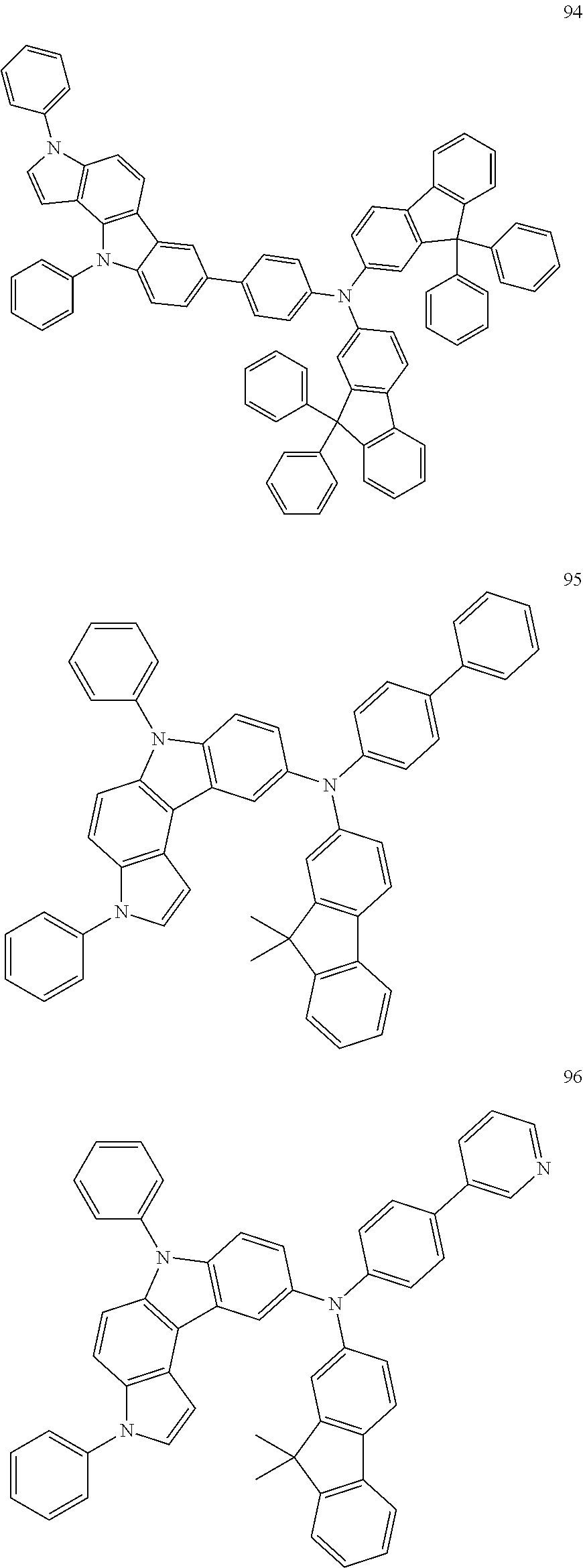
C00091

C00092
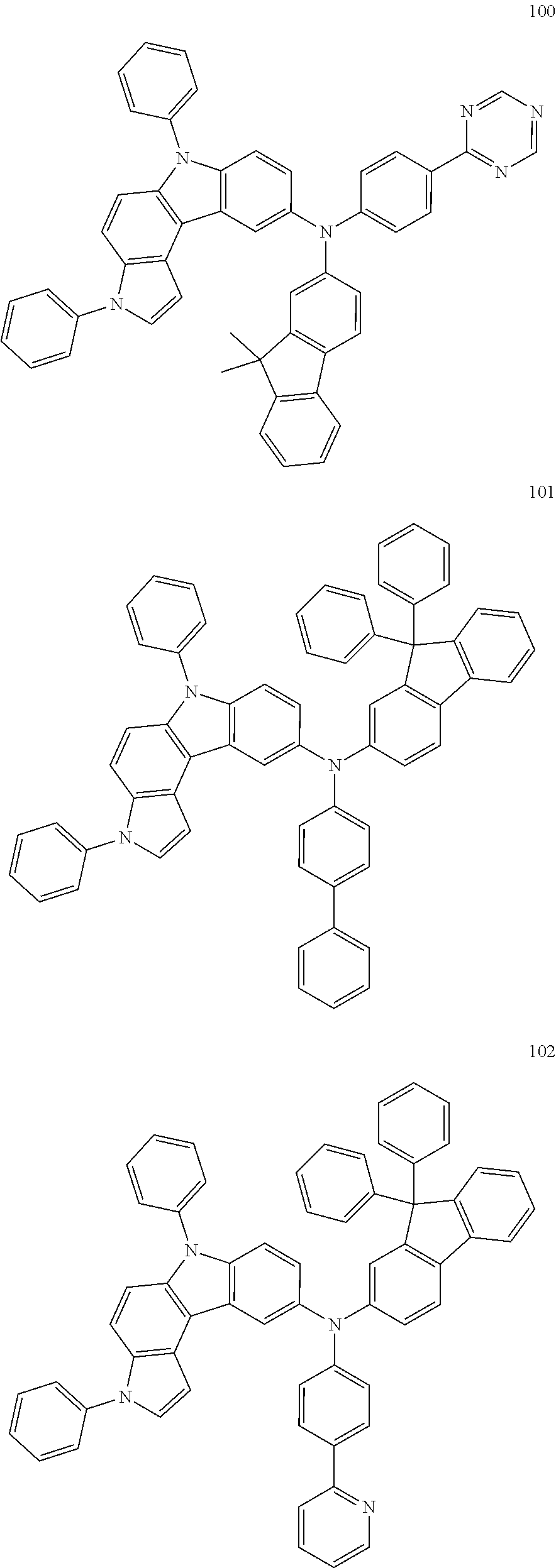
C00093

C00094

C00095
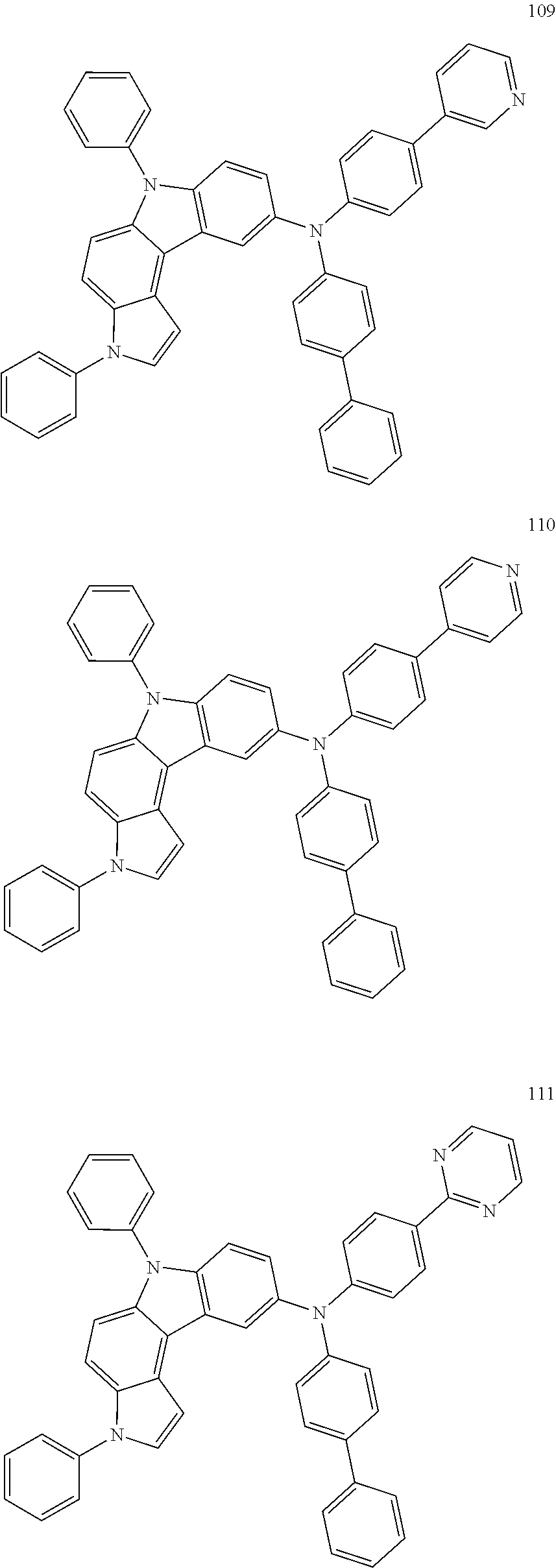
C00096

C00097

C00098

C00099

C00100

C00101

C00102

C00103

C00104

C00105

C00106

C00107

C00108

C00109

C00110

C00111

C00112

C00113

C00114

C00115

C00116

C00117

C00118
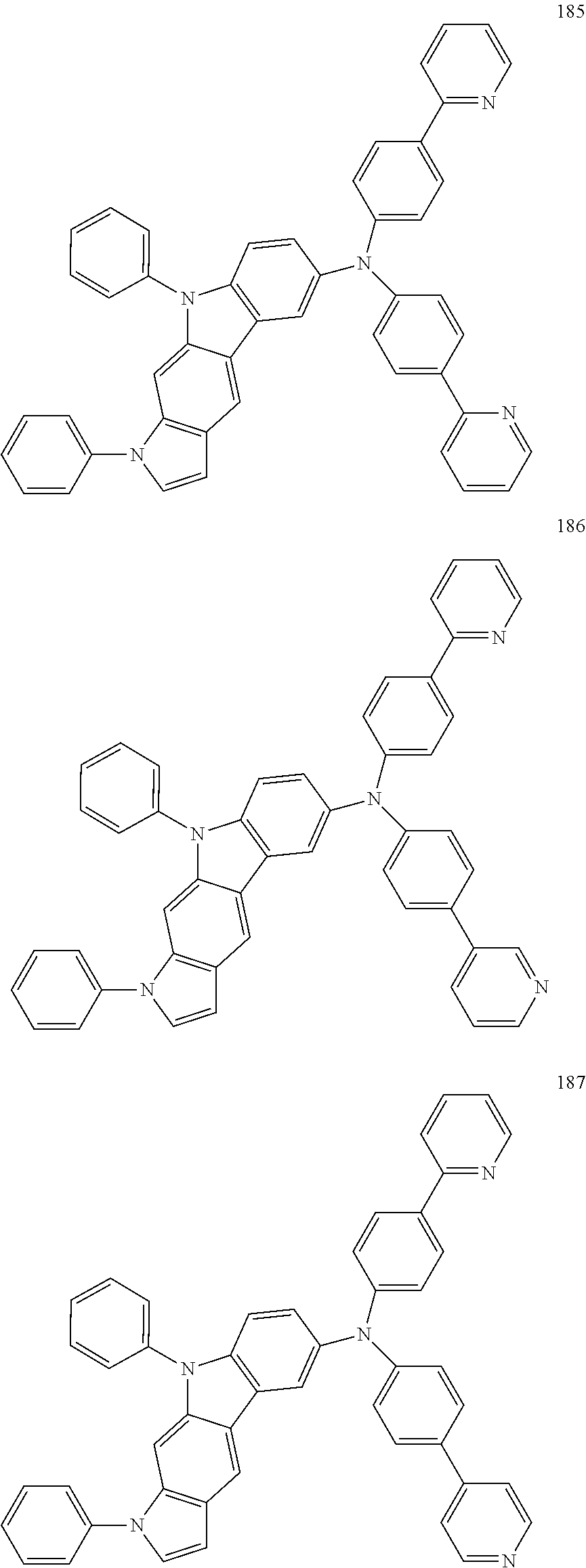
C00119

C00120

C00121

C00122
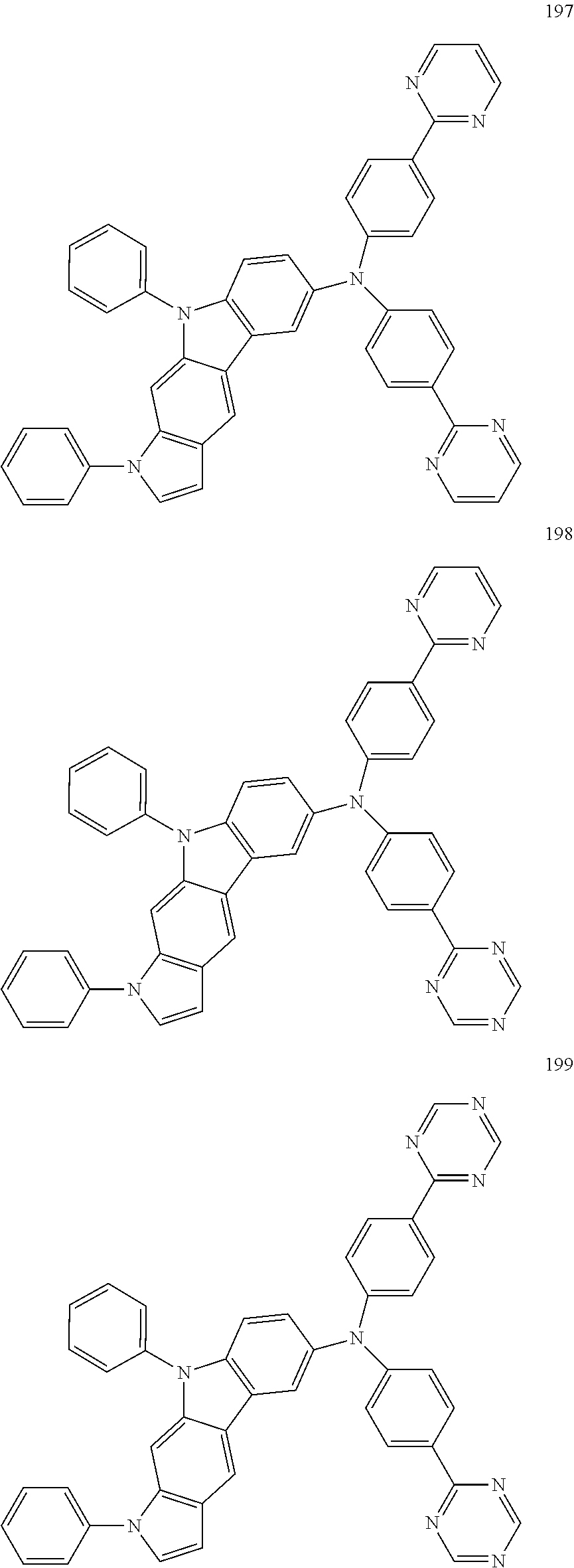
C00123
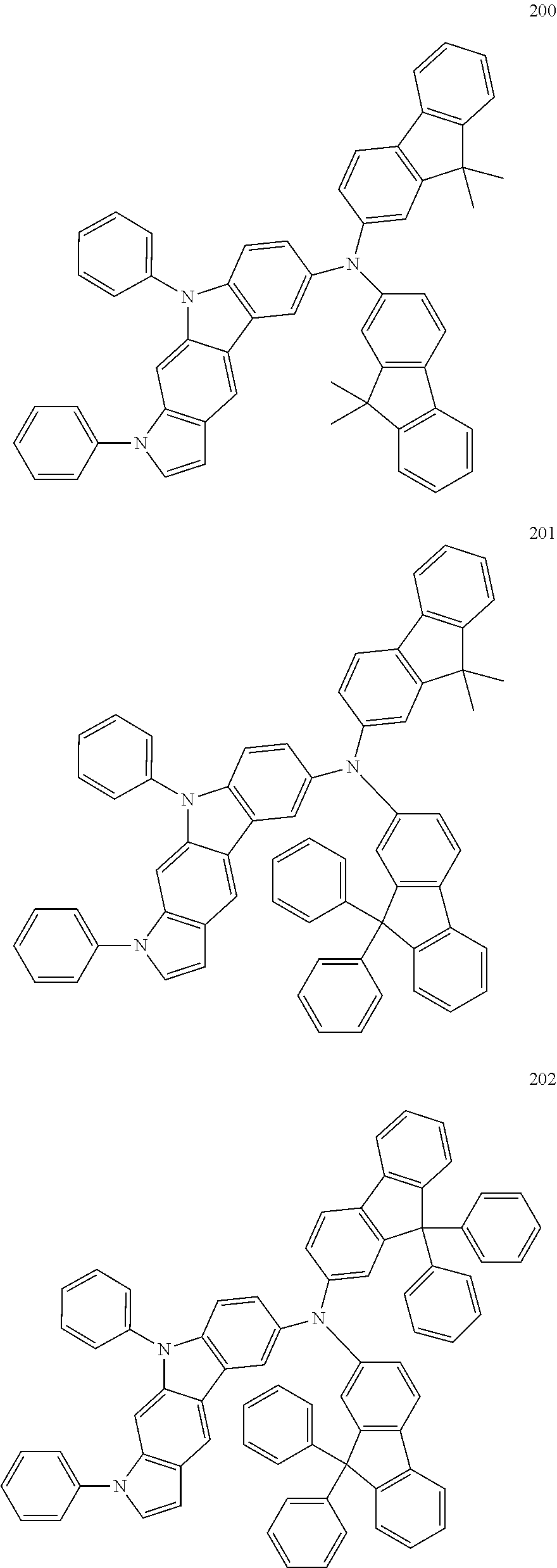
C00124

C00125

C00126

C00127

C00128

C00129

C00130

C00131

C00132

C00133

C00134

C00135

C00136

C00137

C00138

C00139

C00140

C00141

C00142

C00143

C00144
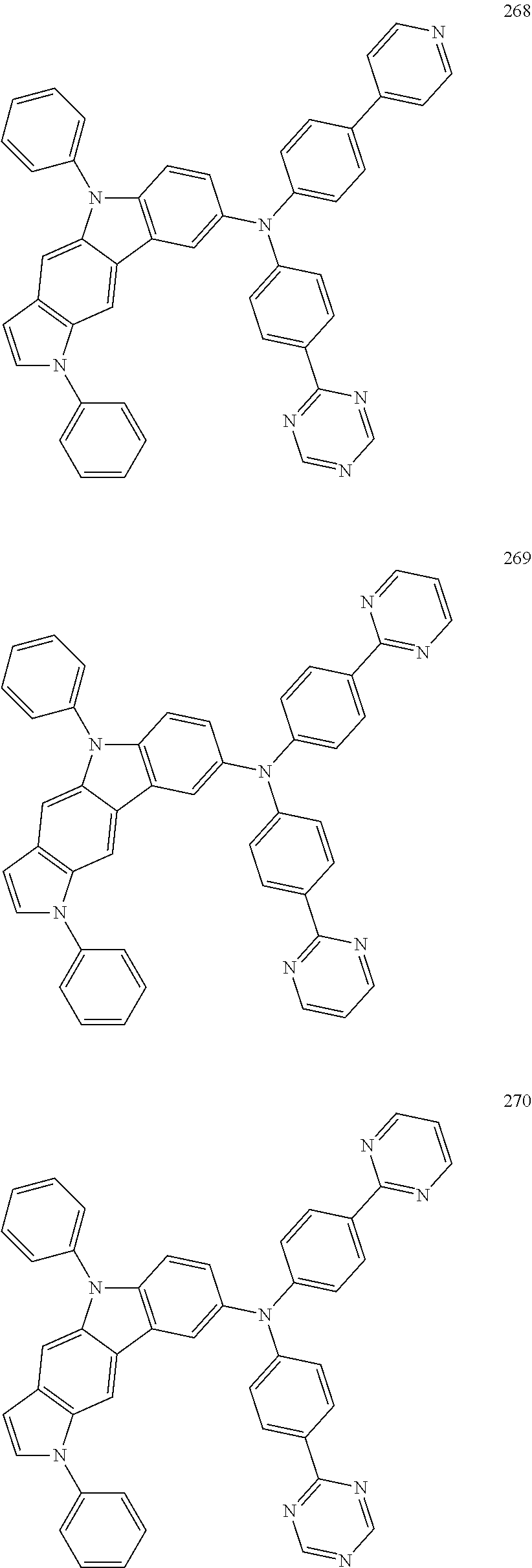
C00145

C00146

C00147

C00148

C00149

C00150

C00151

C00152

C00153

C00154

C00155

C00156

C00157

C00158

C00159

C00160

C00161

C00162
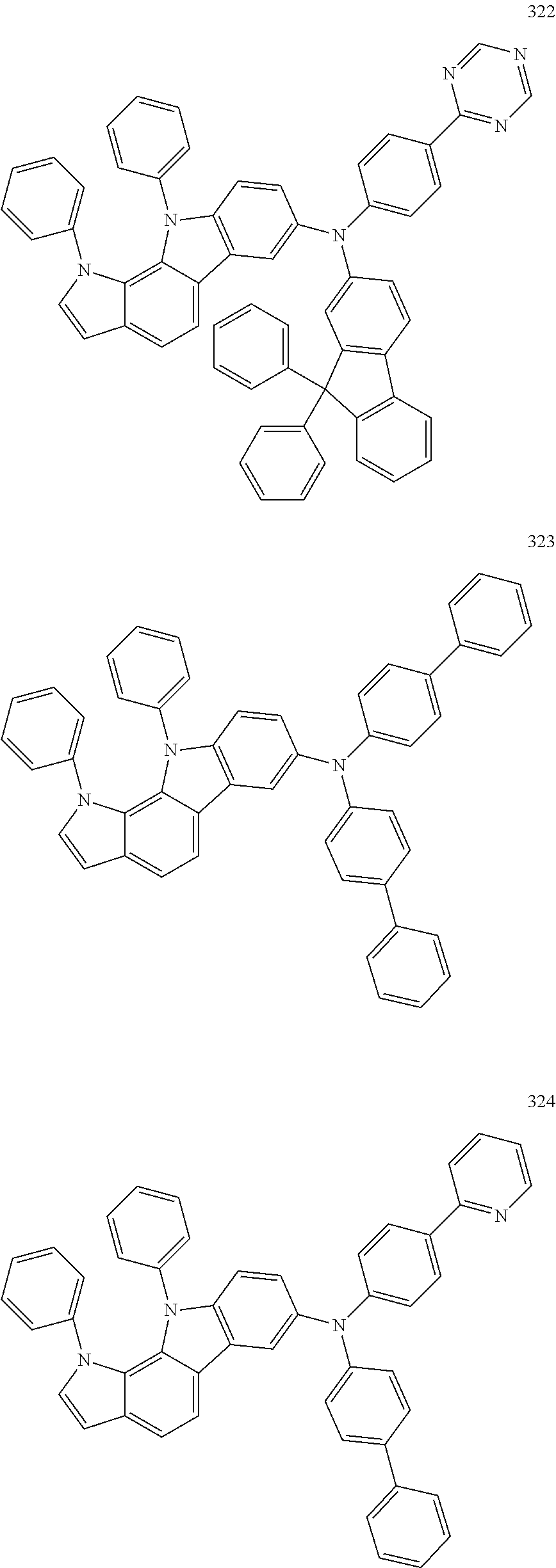
C00163

C00164

C00165

C00166

C00167
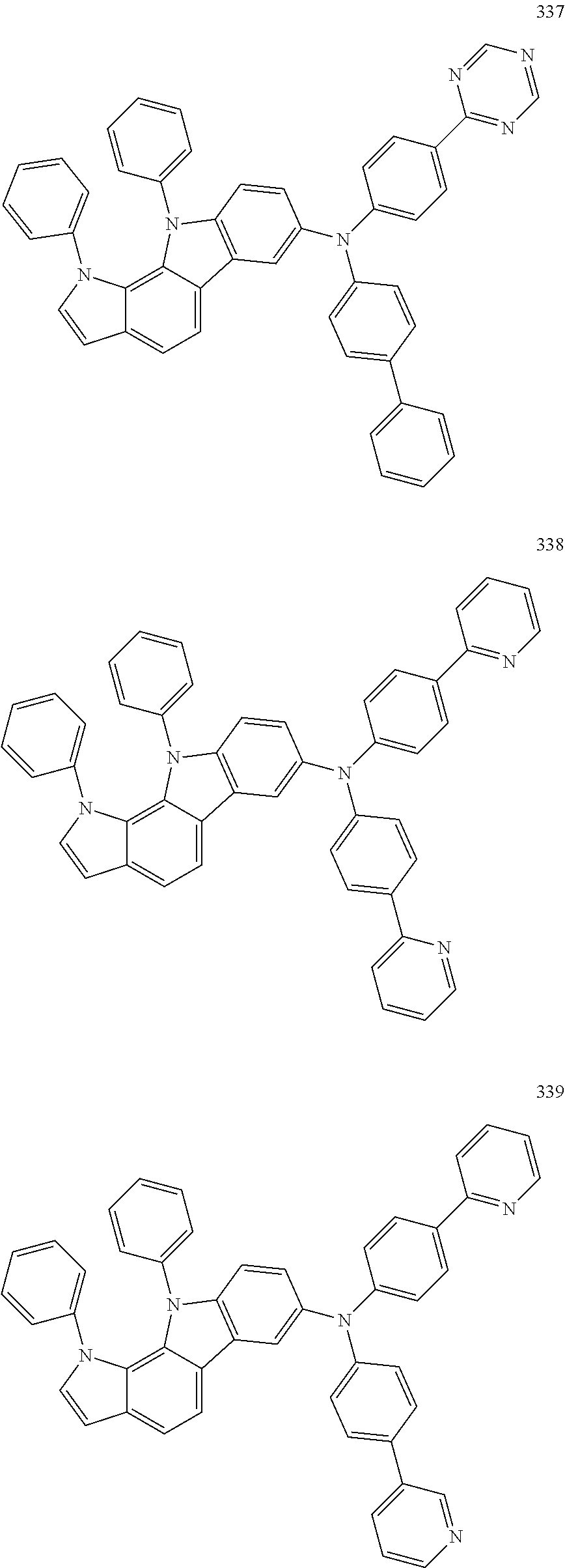
C00168
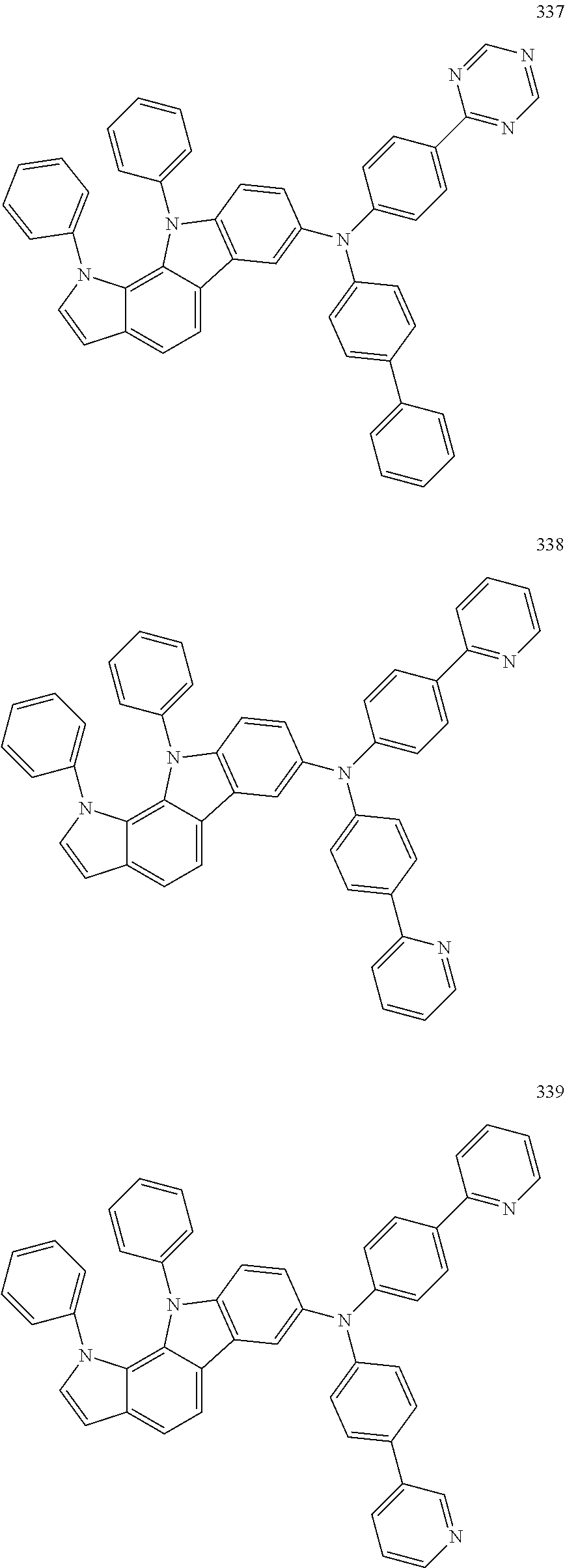
C00169

C00170

C00171
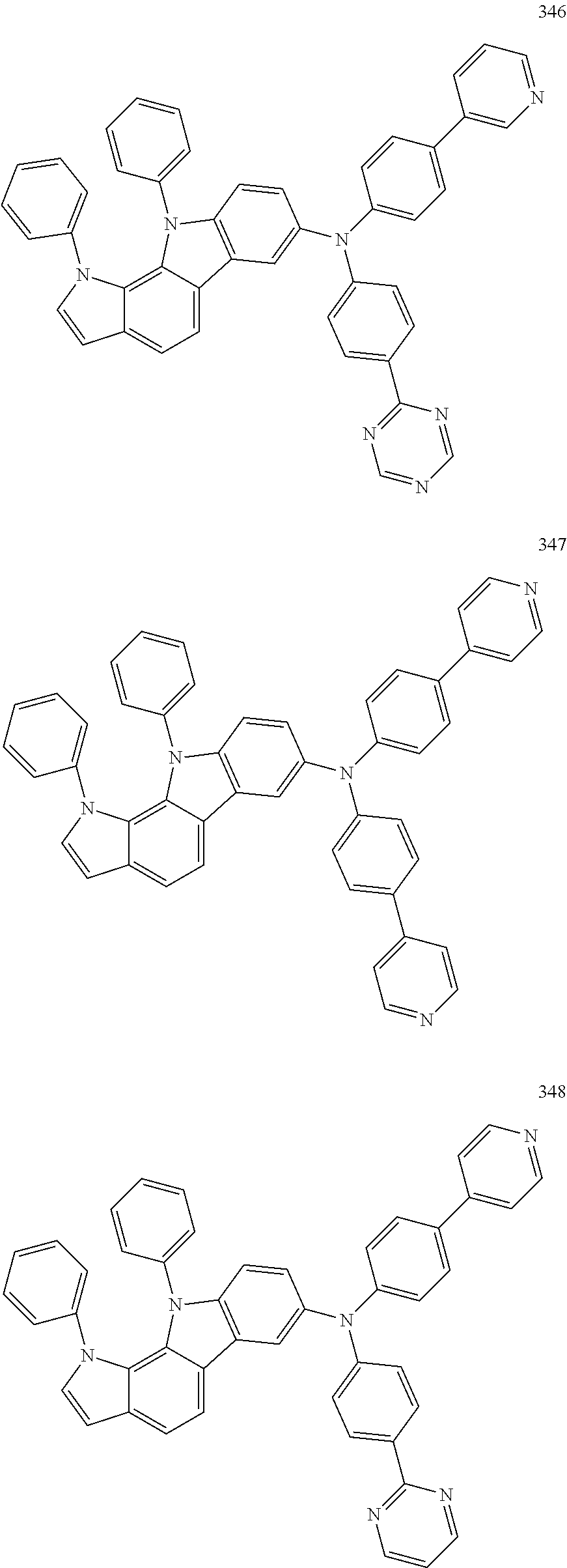
C00172

C00173

C00174

C00175
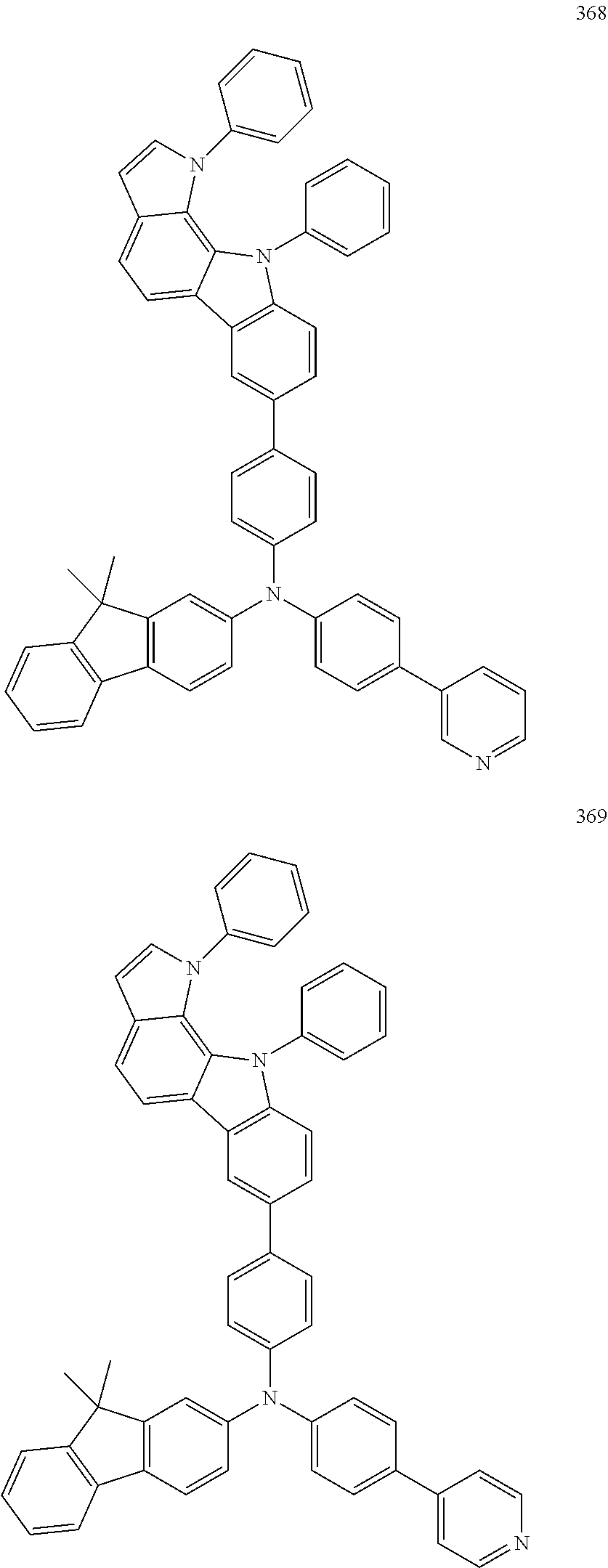
C00176

C00177

C00178

C00179

C00180

C00181

C00182

C00183

C00184

C00185

C00186

C00187

C00188

C00189

C00190

C00191

C00192

C00193

C00194

C00195
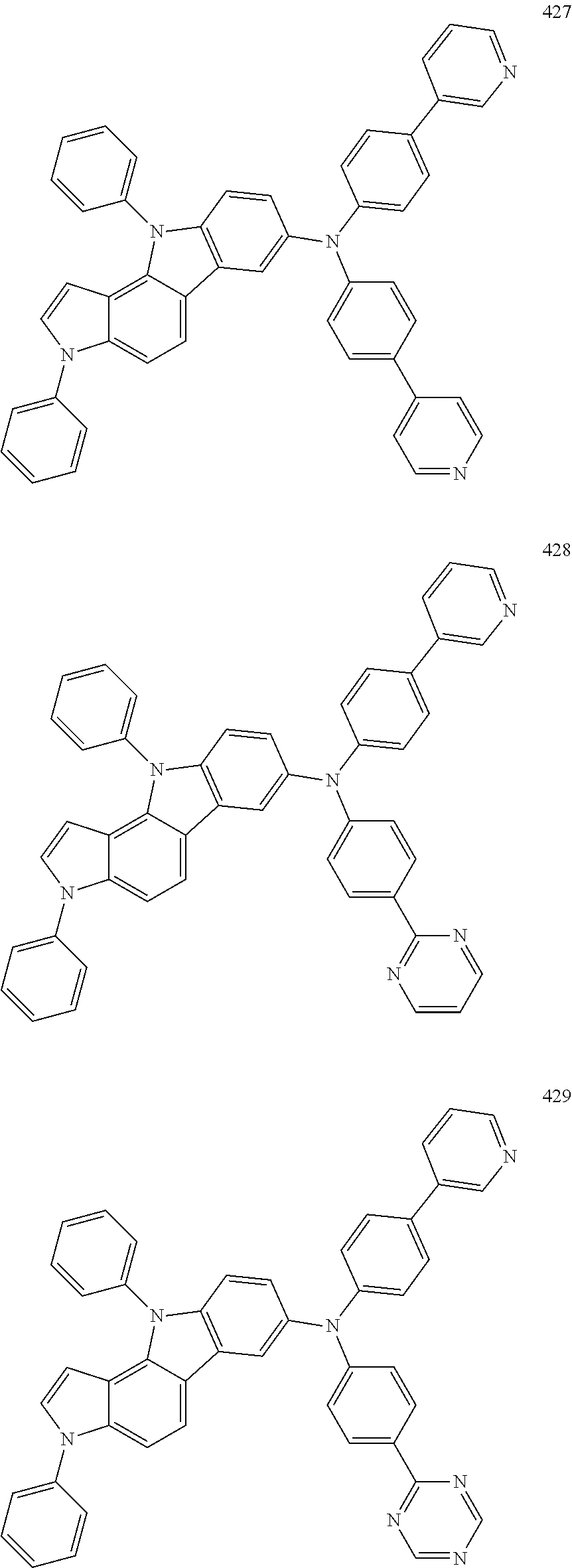
C00196

C00197

C00198

C00199

C00200

C00201

C00202

C00203

C00204
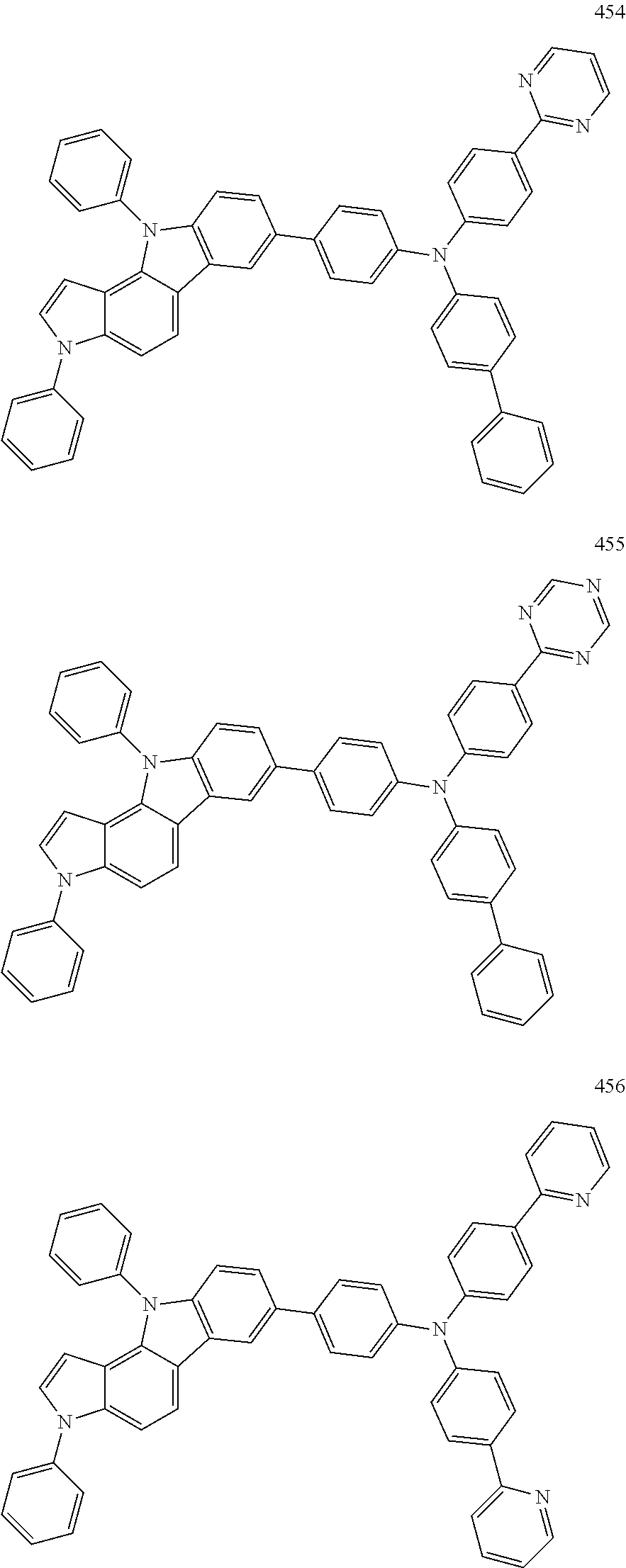
C00205

C00206

C00207

C00208
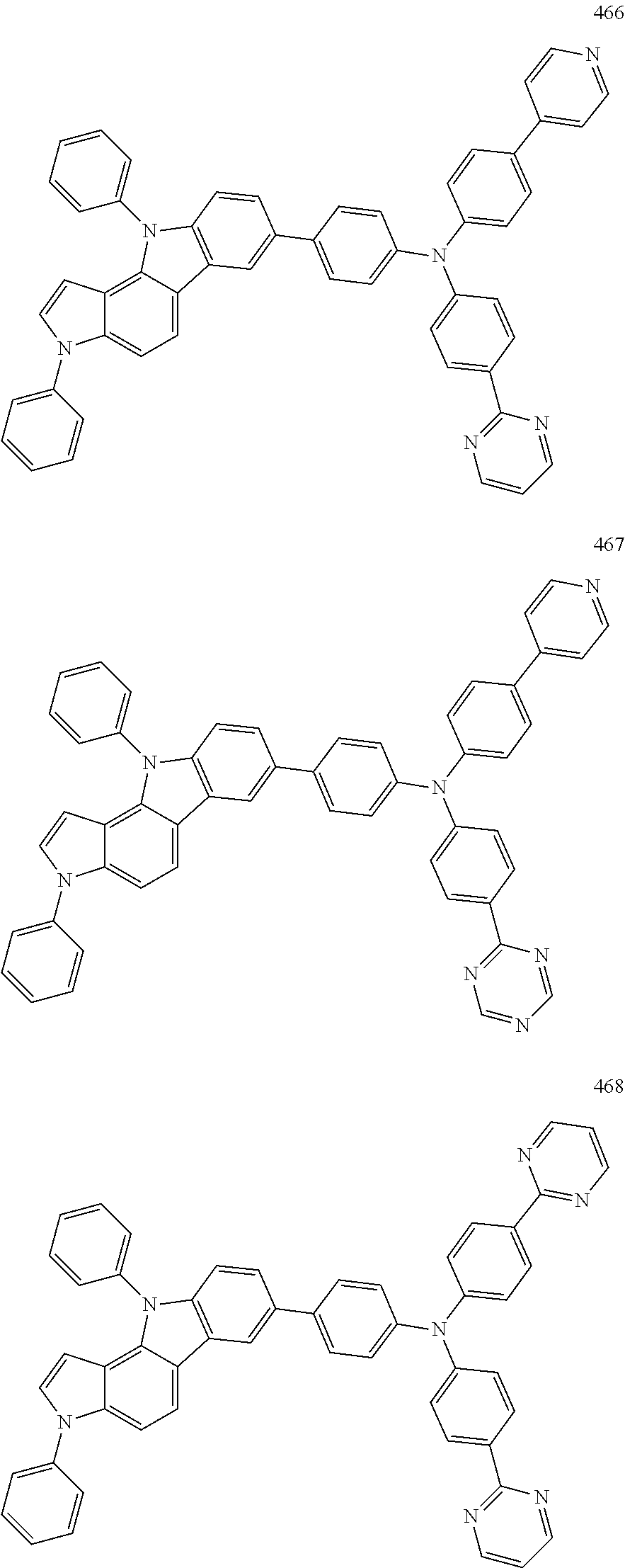
C00209

C00210

C00211

C00212

C00213

C00214

C00215

C00216

C00217

C00218
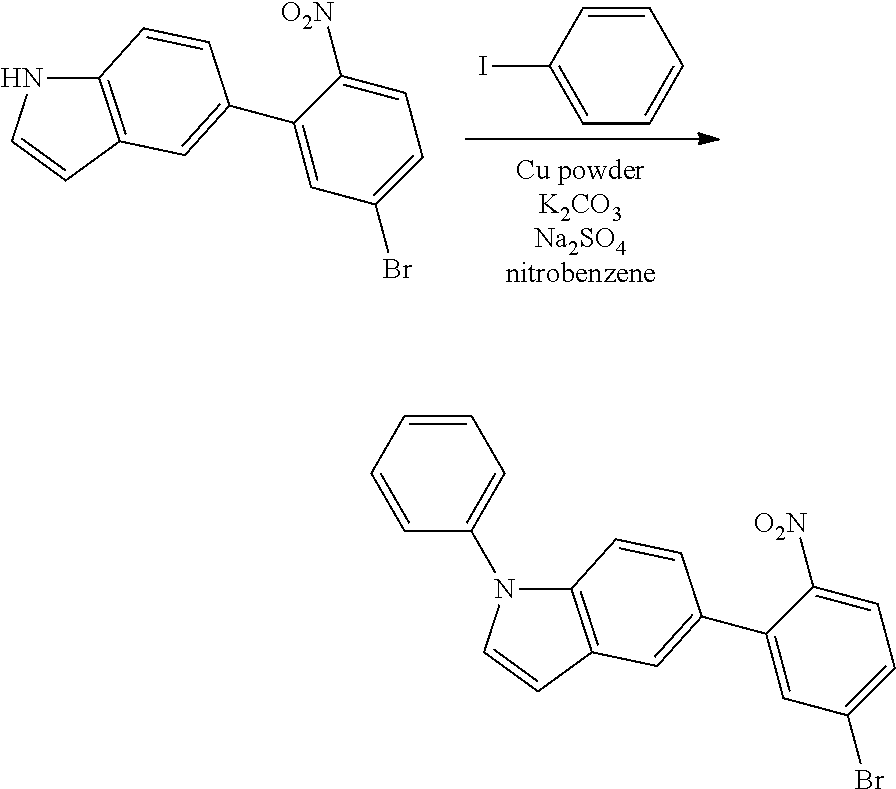
C00219

C00220

C00221

C00222
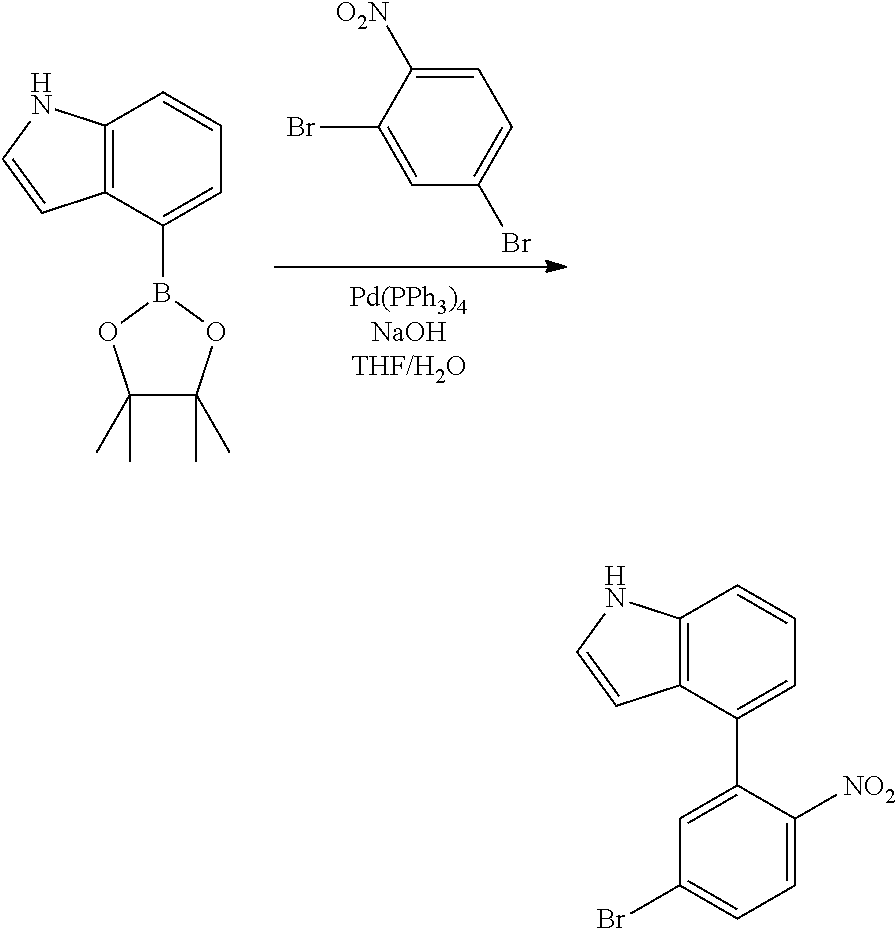
C00223

C00224
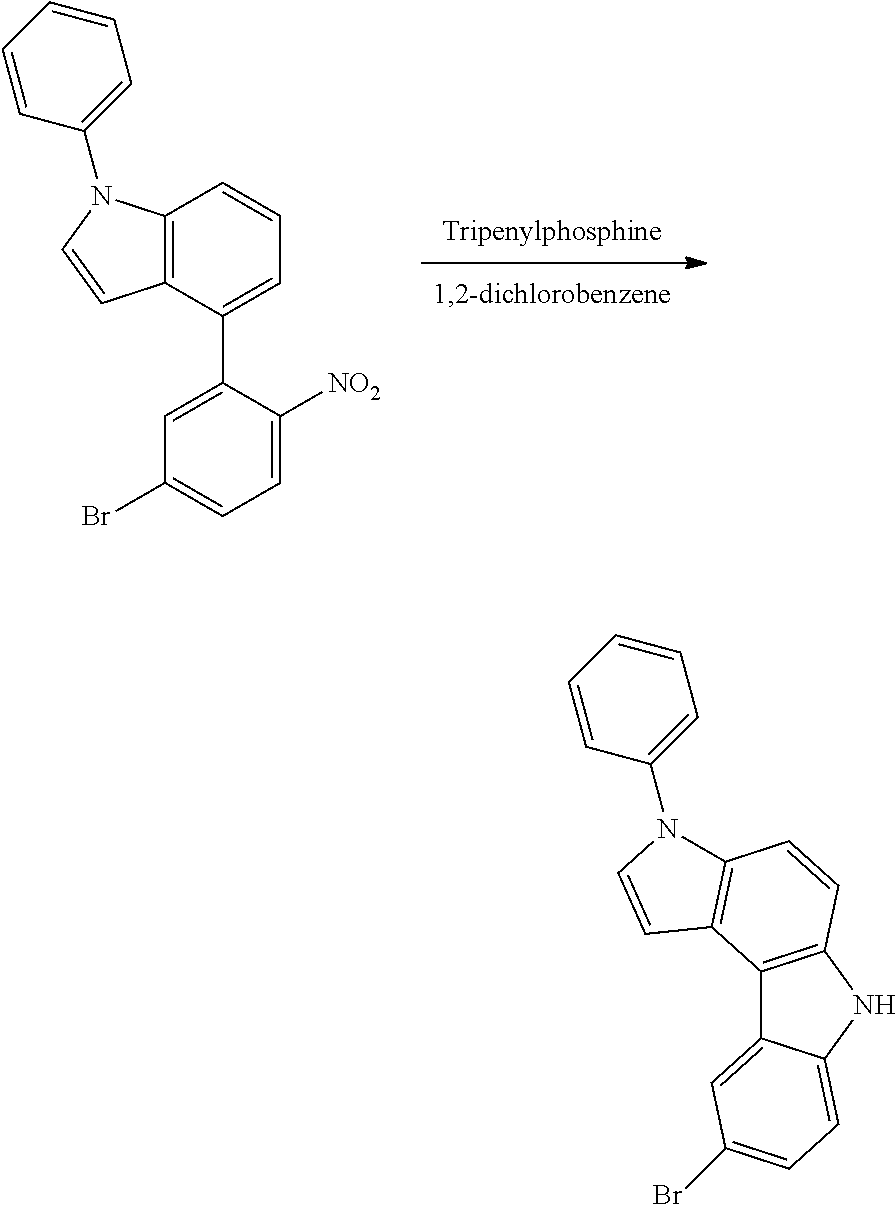
C00225

C00226

C00227

C00228

C00229

C00230

C00231

C00232
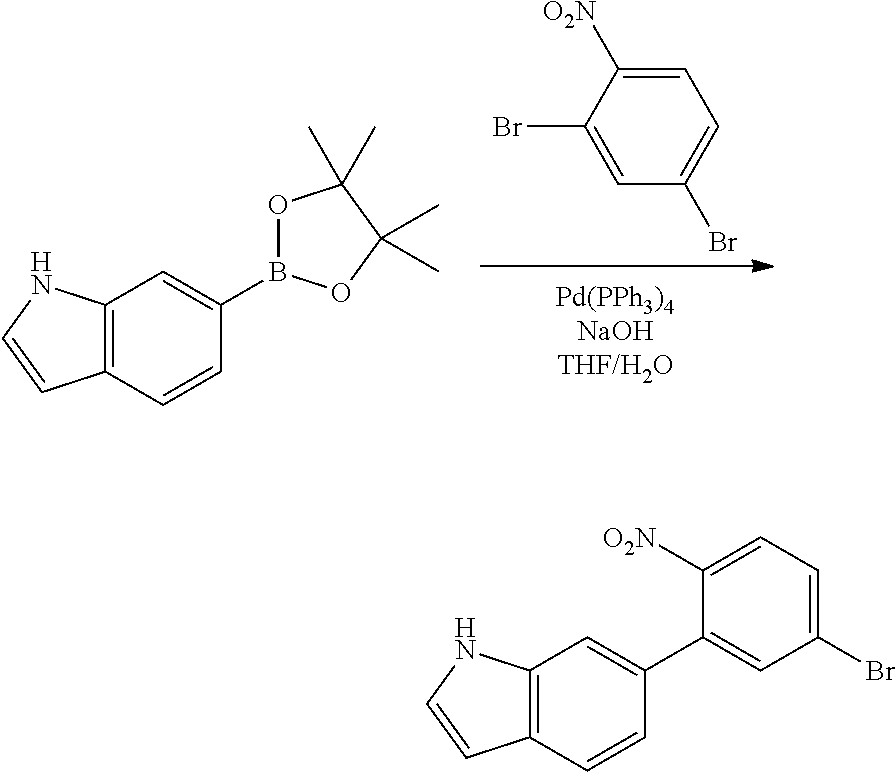
C00233
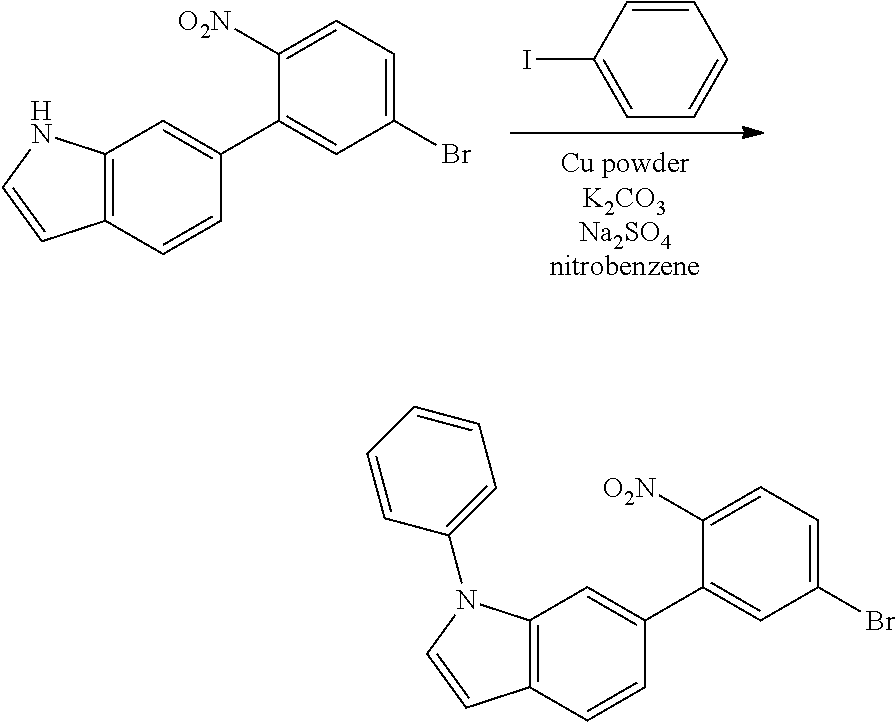
C00234
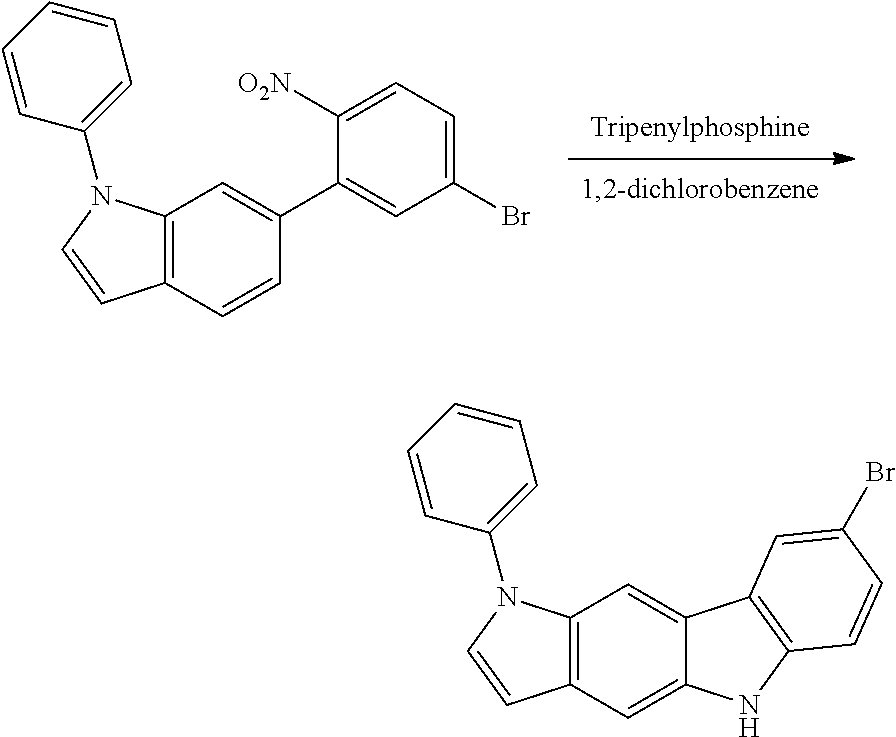
C00235

C00236

C00237

C00238

C00239

C00240
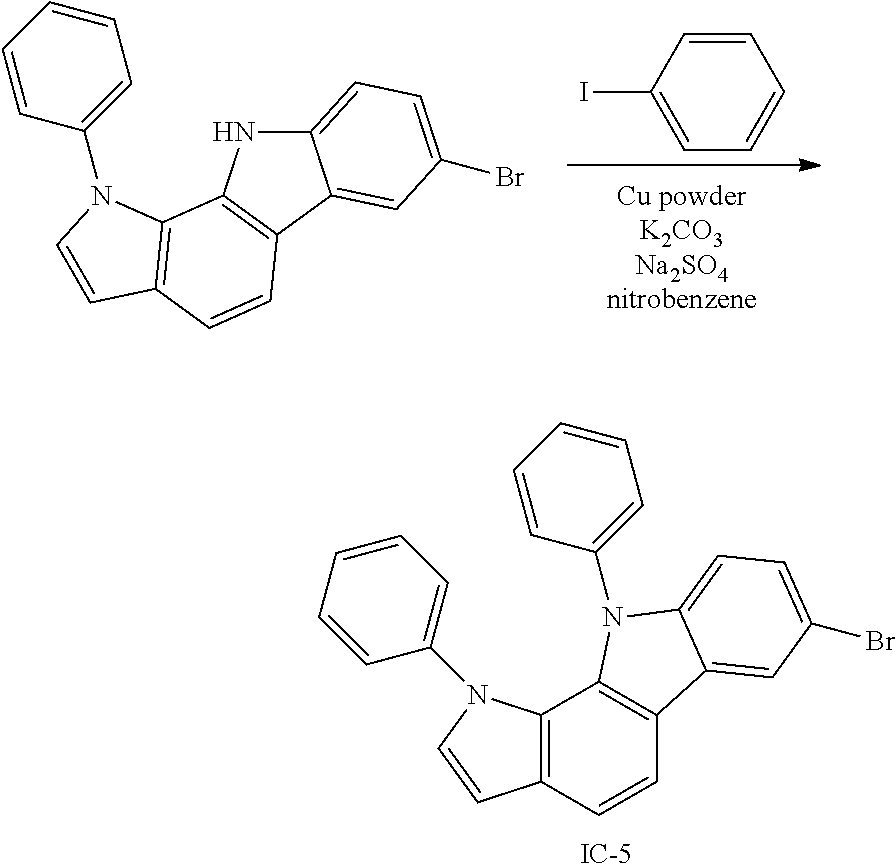
C00241

C00242

C00243

C00244

C00245

C00246

C00247

C00248

C00249

C00250
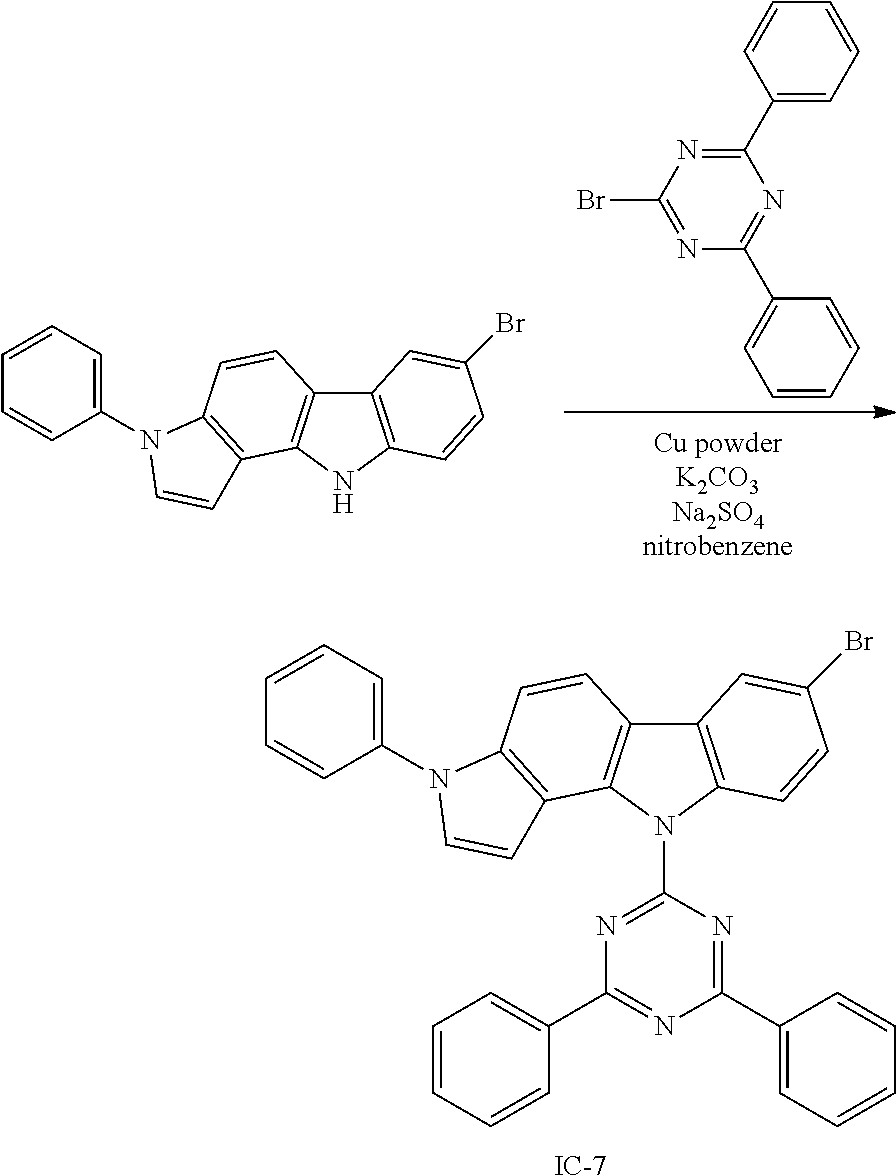
C00251
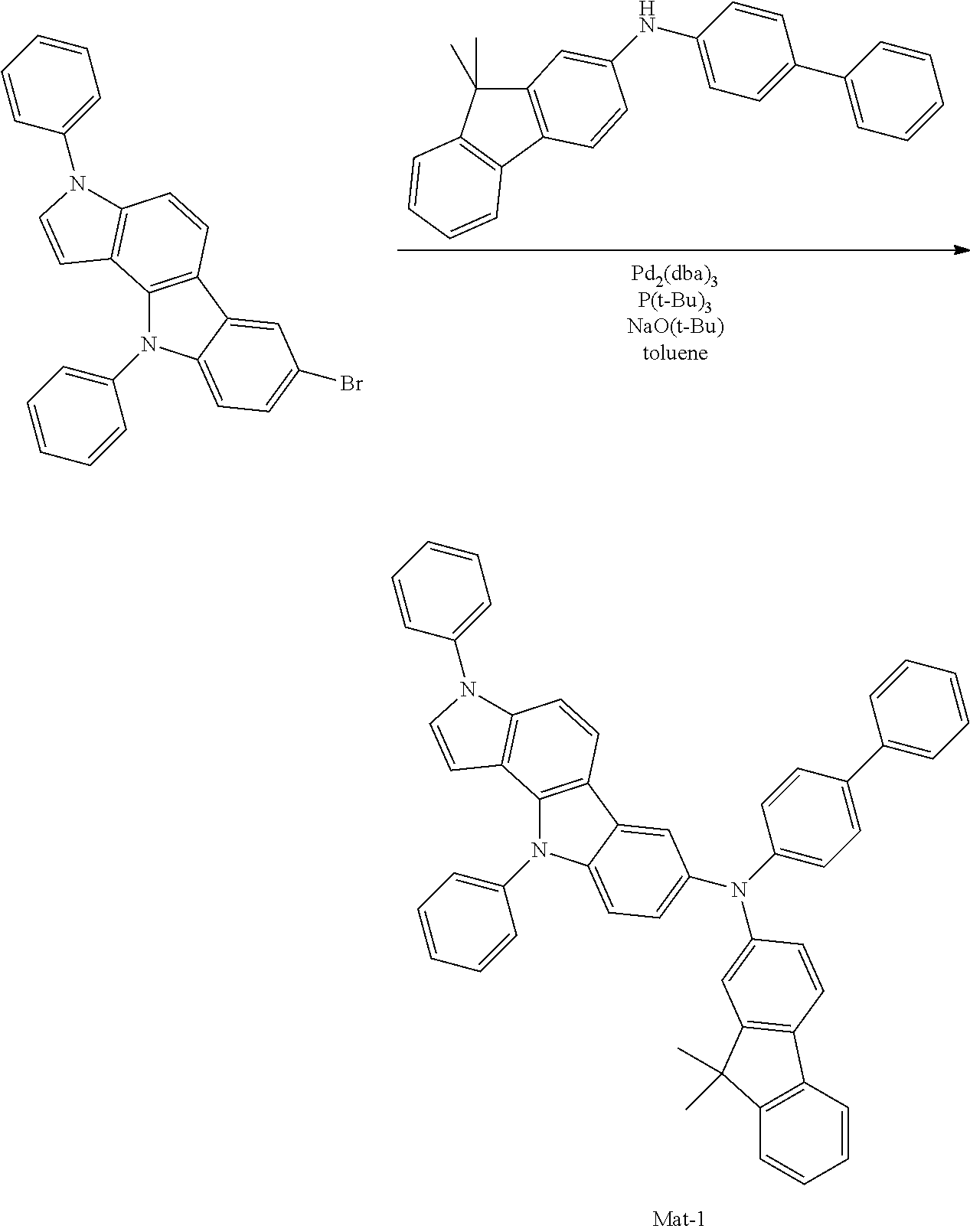
C00252

C00253

C00254

C00255

C00256
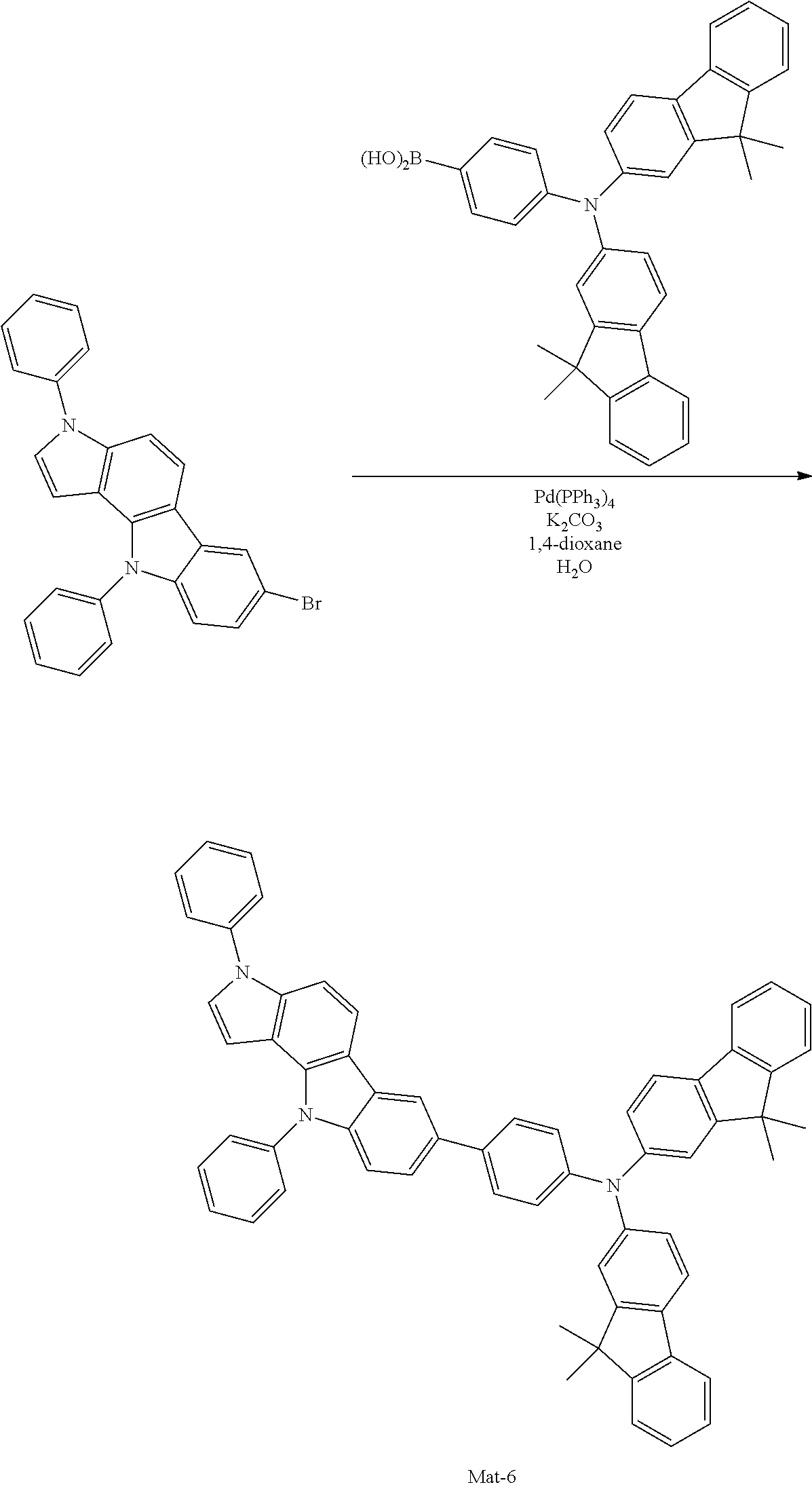
C00257

C00258

C00259

C00260

C00261
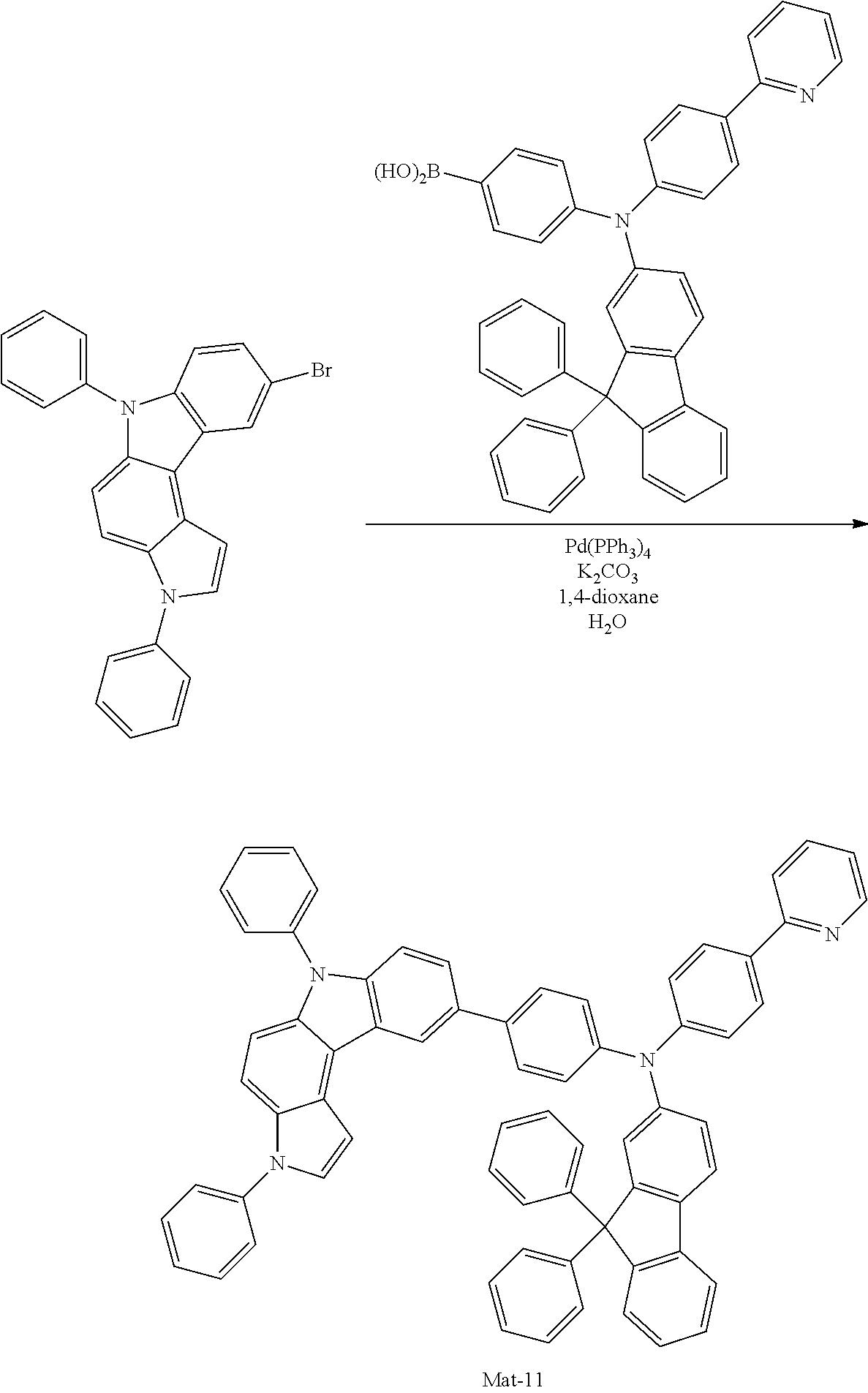
C00262

C00263

C00264

C00265

C00266
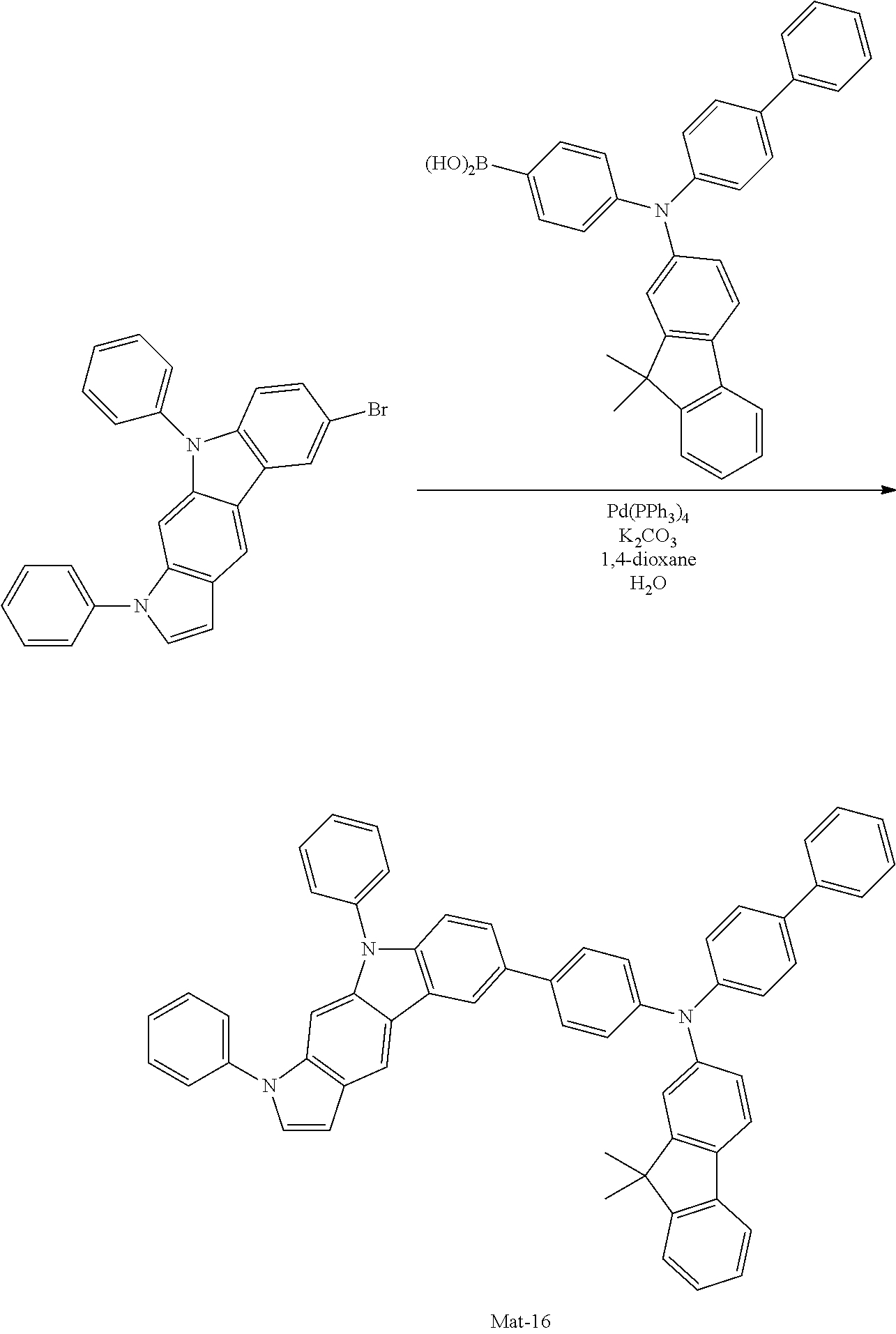
C00267
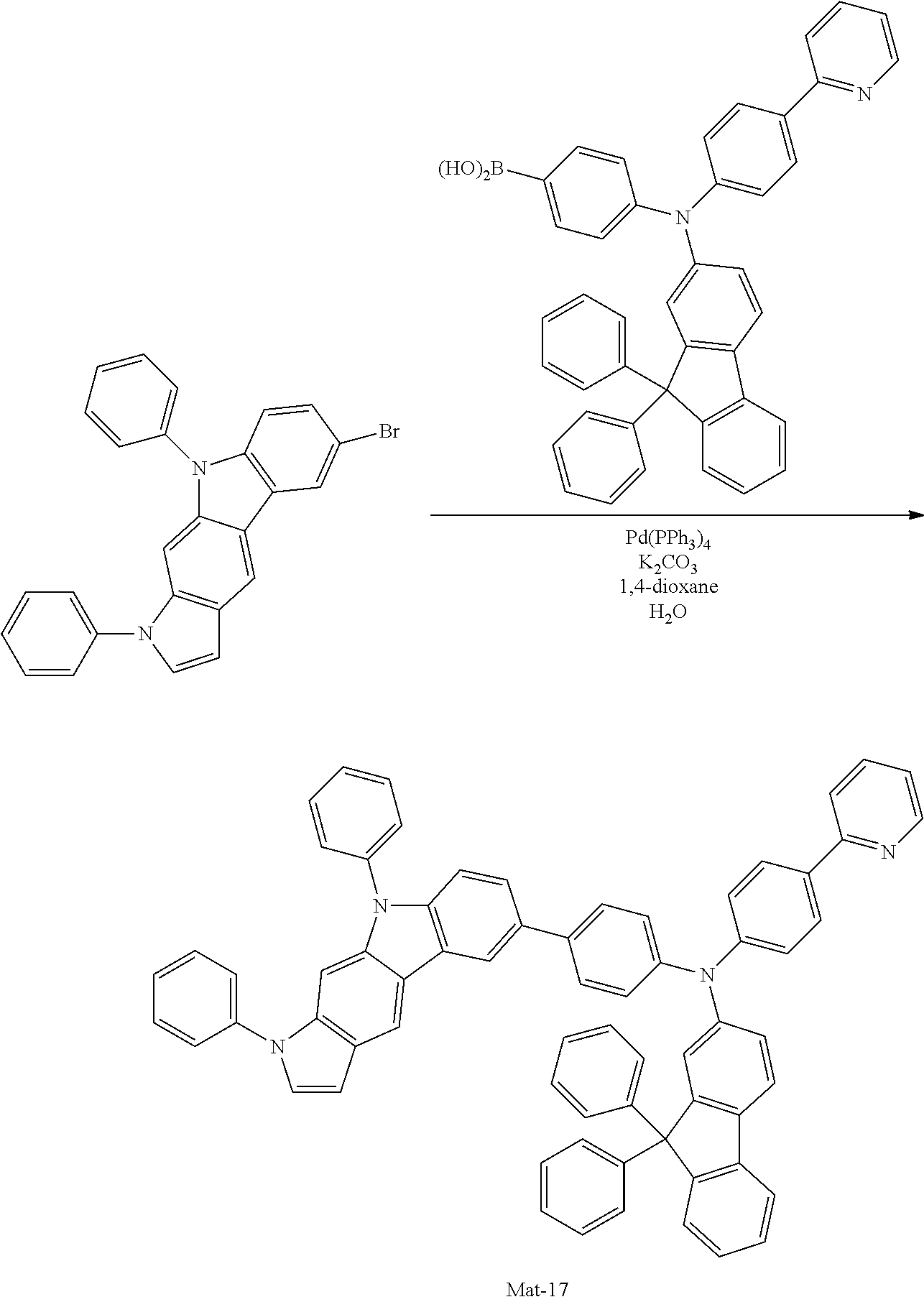
C00268
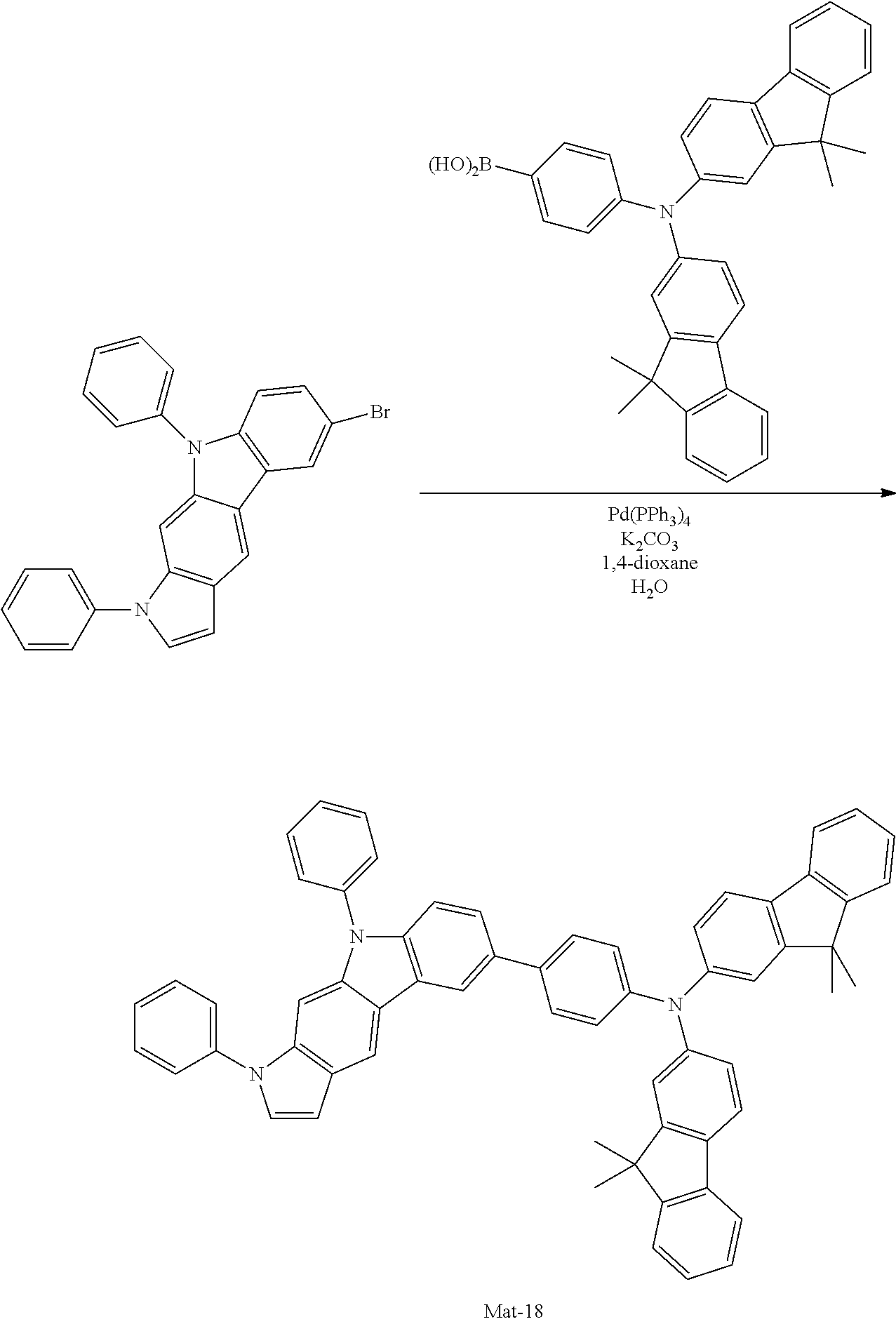
C00269

C00270

C00271

C00272

C00273

C00274

C00275

C00276
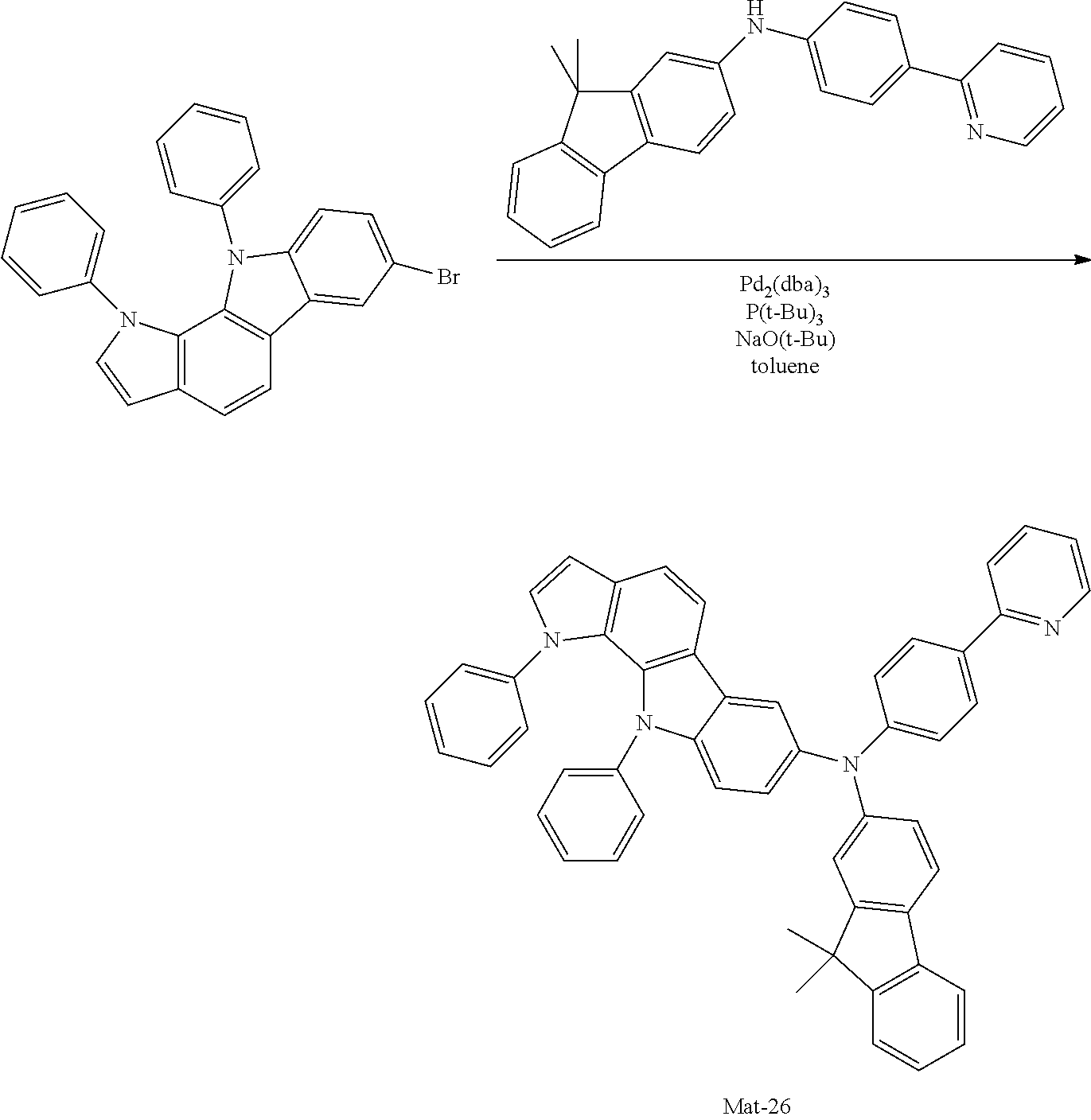
C00277

C00278

C00279

C00280

C00281

C00282

C00283

C00284
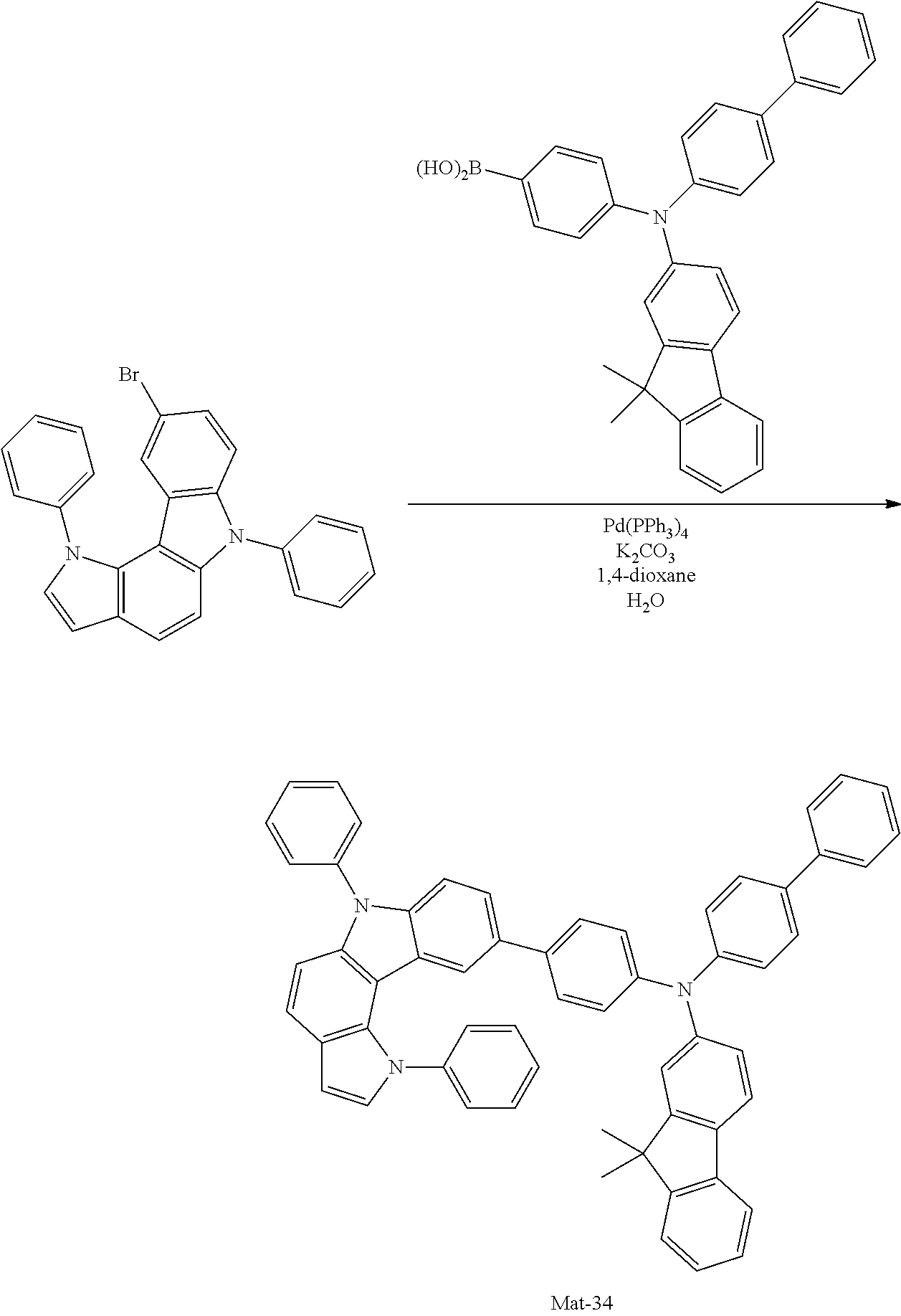
C00285
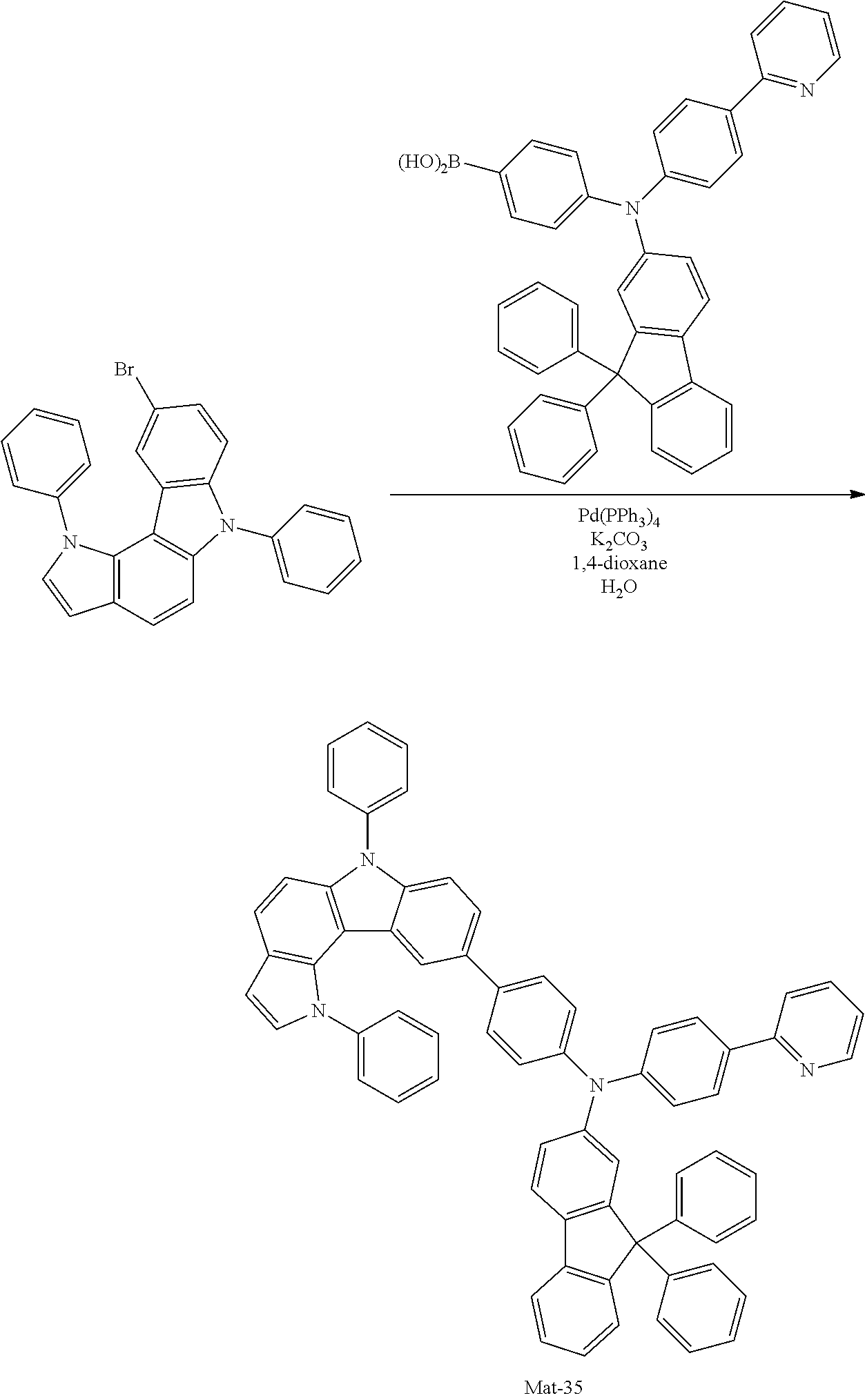
C00286

C00287
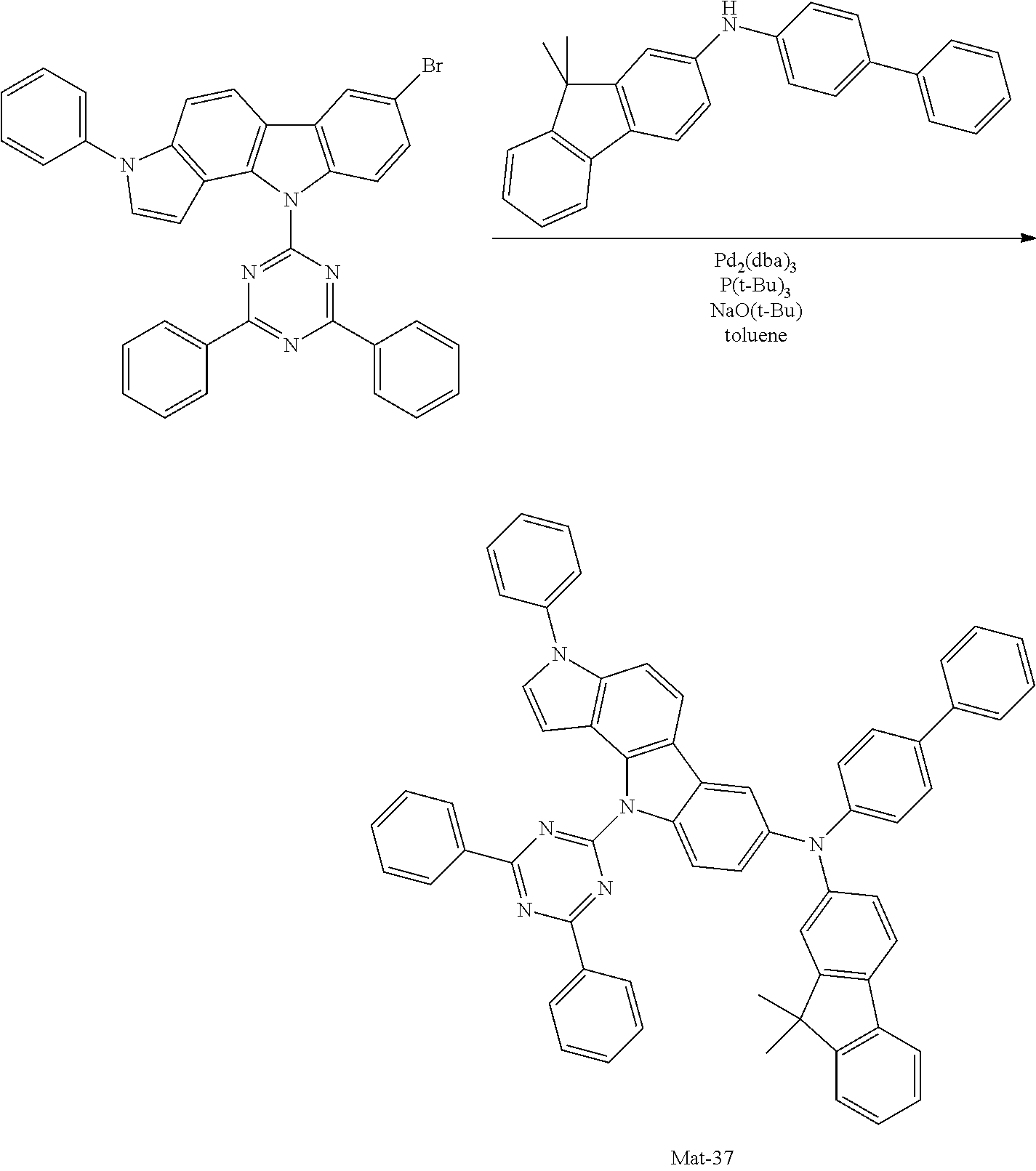
C00288
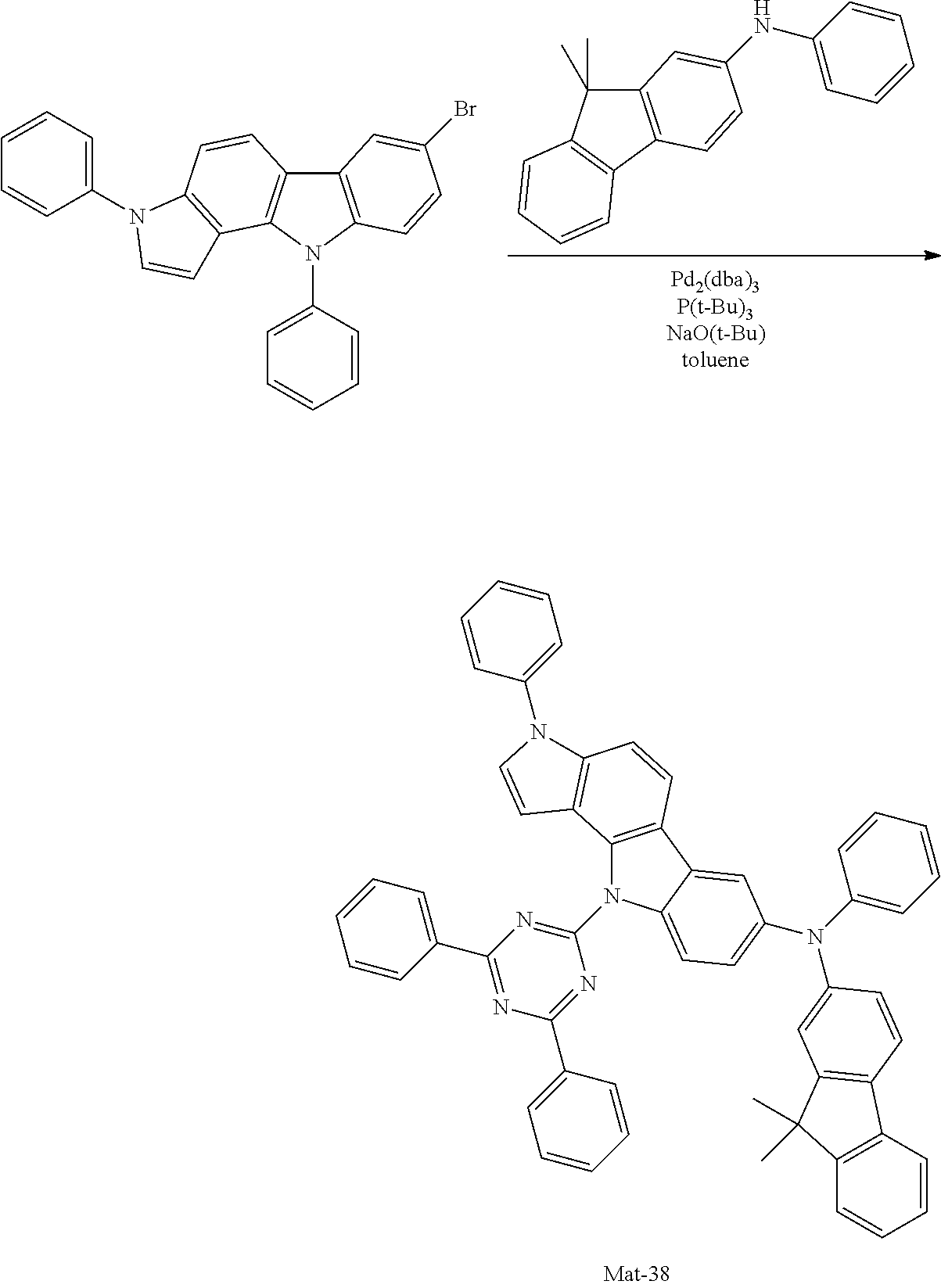
C00289

C00290

C00291

C00292

C00293

C00294

C00295

C00296

C00297

C00298

C00299

C00300

C00301

C00302

C00303

C00304

C00305

C00306

C00307

C00308

C00309

C00310

C00311

C00312

C00313

C00314

C00315

C00316

C00317

C00318

C00319

C00320

C00321

C00322

C00323

C00324

C00325
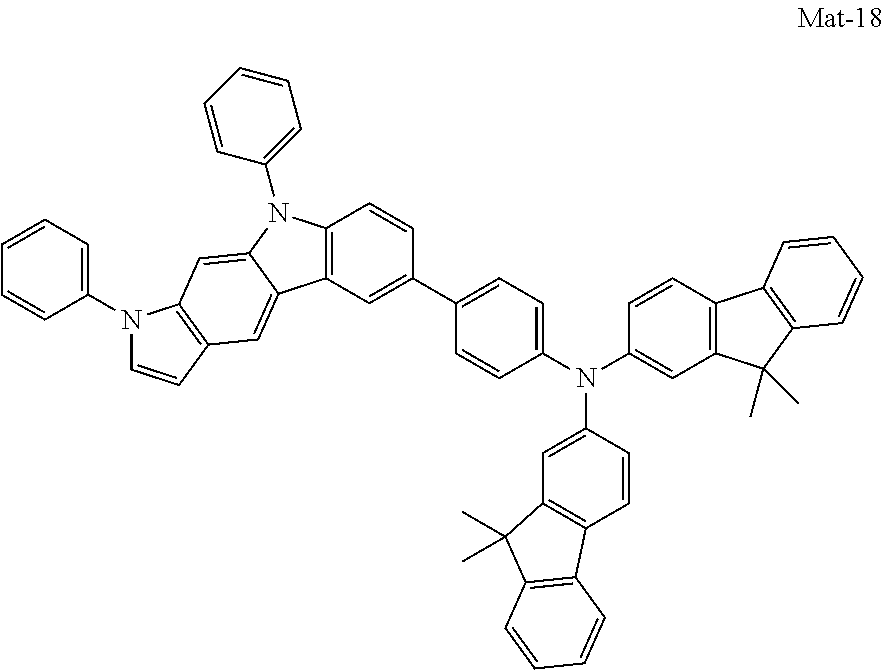
C00326
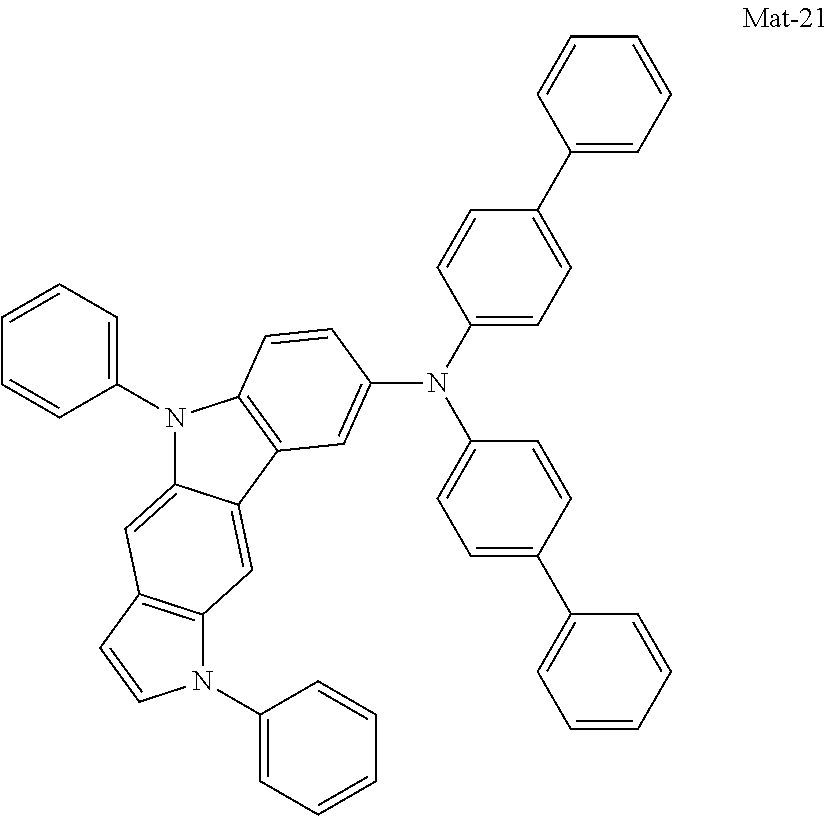
C00327

C00328

C00329

C00330

C00331

C00332

C00333

C00334

C00335

C00336

C00337

C00338

C00339

C00340

C00341

C00342

C00343

C00344

C00345

C00346

C00347

C00348

C00349

C00350

C00351

C00352

C00353

C00354

C00355

C00356

C00357

C00358

C00359

C00360

C00361

C00362

C00363

C00364

C00365

C00366

C00367
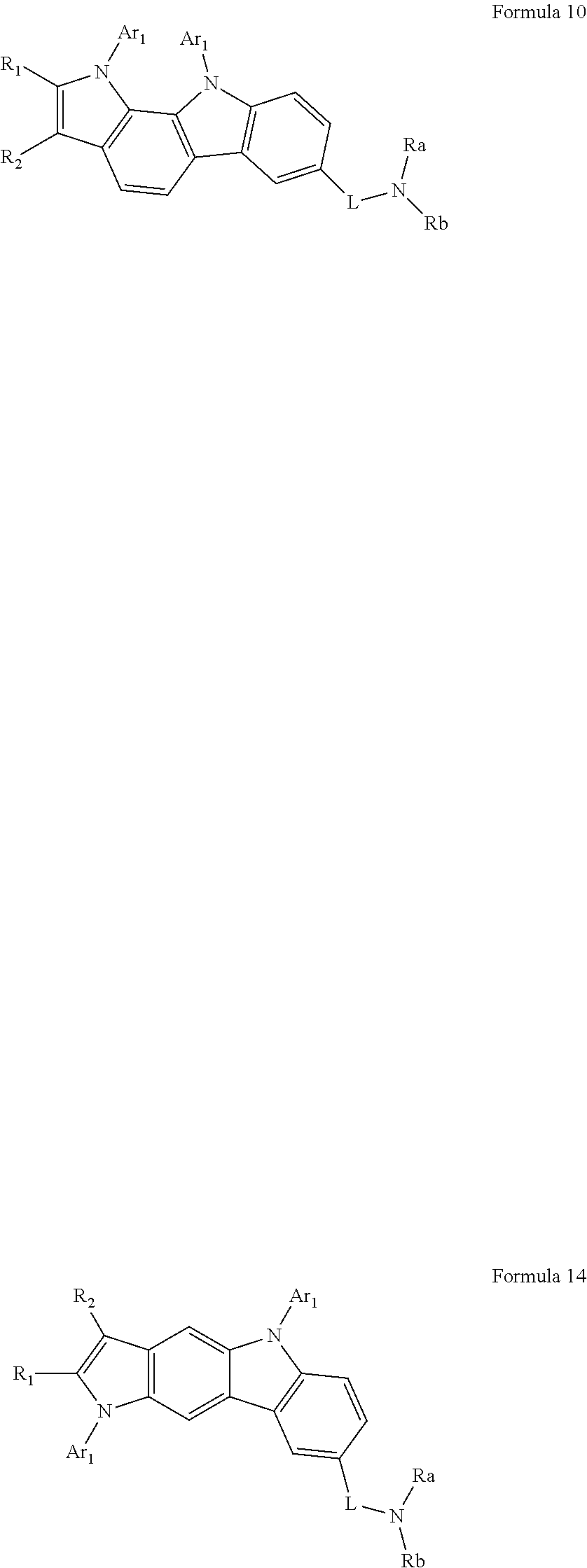
C00368
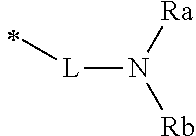
C00369

C00370

C00371

C00372

C00373

C00374

C00375

C00376

C00377

C00378

C00379

C00380

C00381

C00382

C00383

C00384

C00385

C00386

C00387

C00388

C00389

C00390

C00391

C00392

C00393

C00394

C00395

C00396

C00397

C00398

C00399

C00400

C00401

C00402

C00403

C00404

C00405

C00406

C00407

C00408

C00409

C00410

C00411

C00412

C00413

C00414

C00415

C00416

C00417

C00418

C00419

C00420

C00421

C00422

C00423
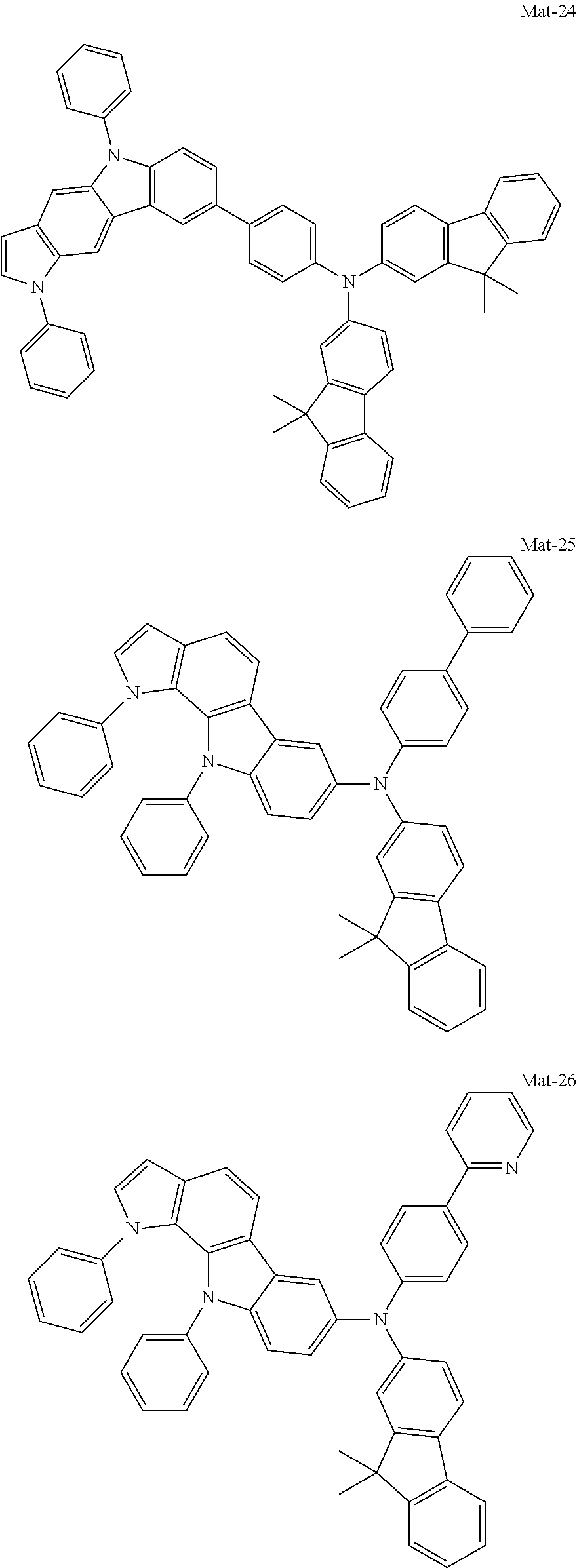
C00424

C00425

C00426
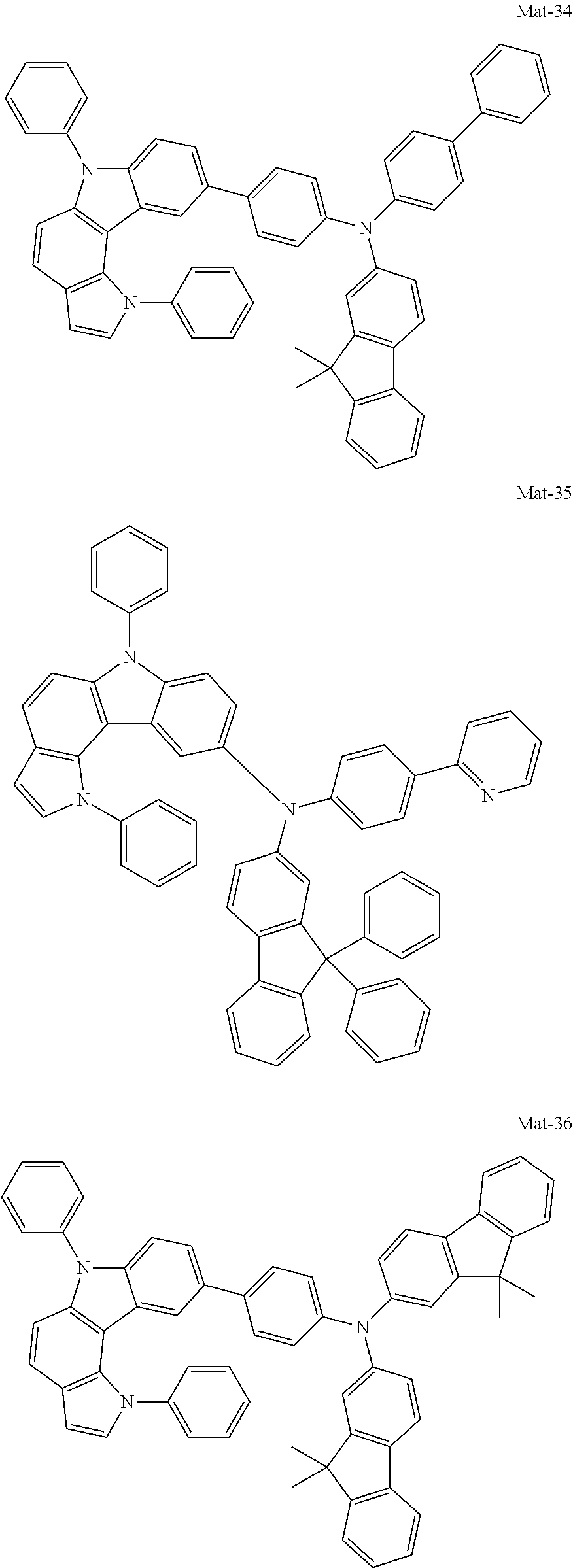
C00427

XML
uspto.report is an independent third-party trademark research tool that is not affiliated, endorsed, or sponsored by the United States Patent and Trademark Office (USPTO) or any other governmental organization. The information provided by uspto.report is based on publicly available data at the time of writing and is intended for informational purposes only.
While we strive to provide accurate and up-to-date information, we do not guarantee the accuracy, completeness, reliability, or suitability of the information displayed on this site. The use of this site is at your own risk. Any reliance you place on such information is therefore strictly at your own risk.
All official trademark data, including owner information, should be verified by visiting the official USPTO website at www.uspto.gov. This site is not intended to replace professional legal advice and should not be used as a substitute for consulting with a legal professional who is knowledgeable about trademark law.